|
Neotropic Cormorant drying his wings on Pond 1. Canon R7, RF 100-500mm with 1.4x Ext., at 700 mm, 1/1000 sec., f/10, ISO 2500, +1 EV. Sunday morning November 19th, after a gentle rain, we drove east from Tucson to the Tanque Verde Valley and Agua Caliente Park, just east of Soldier Trail and north of Roger Road. It was overcast at sunrise, but slowly brightening up, with wet leaves and soil a welcome offering for all the local residents, two-footed, four-footed, and winged! Agua Caliente Park, 12325 E. Roger Road, Tucson, AZ, 85749 Agua Caliente Park has a long rich history: First a ranch and spa of sorts, then a private residence, and now a Pima County park for all to enjoy. For more on the park see the Friends of Agua Caliente website. Above is a map of the park I created from a Google Maps satellite view with my labeling additions. The entrance is off of Roger Road on the south side of the park, with ample parking. There are three ponds, numbered 1, 2 and 3 from east to west, with the ranch house just to the east of Pond 1 . The photograph below was captured to the east of the ranch house, as the sun was breaking through the cloud cover and lighting up the tops of the date palms. Canon R6 with EF 24-105mm at 24 mm, 1/800 sec., f/6.3, ISO 400, +0 EV. The ranch house, photograph below, was built in the late 19th century with more rooms added later. Pond 1 is to the left of the image below. Canon R6 with EF 24-105mm at 24 mm, 1/250 sec., f/7.1, ISO 400, +0 EV. To the west of the ranch house is a recently rebuilt island accessible by a new foot bridge. The image below was captured from the island, looking west and a bit south. Roger Road is just beyond the trees at the far left side of the photograph. Canon R6, EF 24-105mm at 24 mm, 1/800 sec., f/7.1, ISO 160, +0 EV. More on Pond 1 to come, but first, a look at a few locals . . . . . The Northern MockingbirdCanon R7, RF 100-500mm at 500mm, f/7.1, 1/1250 sec., ISO 800, +0.67 EV. Northern Mockingbirds are year round residents of the continental U.S. and Mexico. They are known for their complex, mimicking song and pugnacious defense of their territory, nest, and young. (Ref: Birds of the World). They will eat almost anything, including insects, fruit, earthworms, as well as small lizards and flowers. I spotted the mockingbird above on a date palm a bit east of the ranch house, watching the sun break though the clouds. Northern Mockingbirds live among scattered shrubs and small trees in the eastern U.S., favoring parkland and cultivated lands. In the west they are seen in desert scrub and chaparral. They have adapted well to urban and suburban areas, favoring mowed lawns adjacent to shrubs and hedges. (Ref: Birds of the World). Their flexible diet and comfort with urban surroundings likely explains their wide range in a continent with so much variation in habitat. For more on the mockingbirds vocal skills, see The Genius of Birds by Jennifer Ackerman, Chapter 5, Four Hundred Tongues. The images below were captured at Battiste's Bed, Breakfast and Birds in Hereford in February of 2022, and show good details of the gray back, white markings on the wings, long tail and yellow iris. In flight the white feathers are quite evident, creating a white flash. Canon R6, RF 100-500mm at 500mm, f/7.1, 1/2000 sec., ISO 500, 0 EV. Gila WoodpeckerCanon R7, RF 100-500mm at 500mm, f/7.1, 1/1000 sec., ISO 500, +0.67 EV. Another regular at the park is the Gila Woodpecker a year round resident of southern Arizona, NW Mexico and Baja California. They are closely wedded to saguaro cactus, using it for food and for lodging. In going through my library, I realized that almost all of my Gila images are from Agua Caliente Park. Below is one from May of this year when a male was feeding nestlings in another neighboring saguaro. Canon R6, RF 100-500mm with 1.4x Ext., at 454mm, f/7.1, 1/6400 sec., ISO 3200, +0.67 EV. VerdinCanon R7, RF 100-500mm at 400mm, f/7.1, 1/1600 sec., ISO 1250, +0.67 EV. Verdins are small songbirds that inhabit desert regions of the southwest and most of northern Mexico including Baja California. They are year round residents, continuously foraging for insects. When they are not eating, they are building nests! For breeding, they build spherical or ovoid structures with thorny twigs, grasses. leaves, and feathers. The opening is usually to one side or the bottom. In addition, they build smaller platform nests for roosting any time of year, but especially in the winter. Verdins are brownish gray with a yellow head and rufous lesser wing coverts that show as a bright shoulder patch in the perched bird. They are the only new world members of the family Remizidae. The leading photograph above and the two that follow below were captured shortly after 8 am as overcast skies provided even light. Because nests are a big part of the Verdin's story, I am including two images from prior years. The image below is a Verdin perched just below and to the left of her nest in Agua Caliente in August 2017. The entrance is at the lower left, just above and to the right of her head. The nest is hard to see in the tangle of the branches, which is by design. Successful breeding means keeping your nest hidden from predators. Canon 7D Mk II, Sigma 150-600mm at 267mm, f/10, 1/250 sec., ISO 250, +0 EV. The image below was captured at Sweetwater Wetlands in October of 2019 at the end of the breeding season. This is a platform nest for winter roosting, bulky at the base but open at the top. Verdins will build many nests, more than they need. It is nice to have a choice! Canon 7D Mk II, EF 100-400mm at 400mm, f/6.3, 1/320 sec., ISO 640, +0 EV. Back to Pond 1 . . . .Canon R6 with EF 24-105mm at 24 mm, 1/800 sec., f/7.1, ISO 160, +0 EV. The image above shows Pond 1 viewed from the island. The image below is a cropped version. On the far side of the pond is a high stand of palm trees with some dead branches in the water at the base of the trees. If you look very carefully on the left side of the dead branches, there is a dark silhouette reflected in the water . . . a Neotropic Cormorant. Neotropic CormorantCanon R7 with RF 100-500mm and RF 1.4 ext. at 454mm, 1/1000 sec., f/8, ISO 1250, +0.33 EV.
Neotropic Cormorants are tolerant of human activity and can be seen near bodies of water throughout the Tucson area. Neotropic Cormorants create platform nests in small trees or tall shrubs, and occasionally on human built structures. The male and female build the nest together and share nest duties, including feeding their offspring. Rather than regurgitating their food for the young, the adults swallow the heads of the nestlings, who feed off of food in the adult's crop. The image below was captured on April 26, 2019 at Smith Oaks Rookery on High Island, Texas, on the coast just east of Galveston. The rookery was built on an island within a large pond recovered years ago from oil production. This is a fantastic place to visit if you are in or near the Houston area. Canon 7D MkII, EF 100-400mm with 1.4 mk III ext., 560 mm, 1/640 sec., f/8, ISO 250, +0.33 EV. Belted KingfisherCanon R7, RF 100-500mm with 1.4x Ext., at 700mm, f/10, 1/3200 sec., ISO 1600, +1 EV. The Belted Kingfisher is in the order Coraciiformes, which includes bee-eaters, momots, todies, and kingfishers. Worldwide there are 117 species of Kingfisher in the family Alcedinidae, divided into 18 genera. The Belted Kingfisher, Megaceryle alcyon, lives year round in most of the U.S., breeds in Canada and Alaska, and winters in southern California, Arizona, New Mexico, as well as Mexico and further south. Belted Kingfishers live near ponds and streams and nest in burrows in earthen banks. They eat fish, looking for prey from perches hanging out over the water, then diving to the surface. They grab prey with their large bills, then return to a perch to swallow it. Adults swallow fish whole, digesting everything but the bones, which are regurgitated later in a pellet, much like an owl. The portrait above was taken over Pond 3. Our subject is an adult male, with a dark band across the upper chest, and no additional color on the chest. The female is more garish, as we will see in a minute. Below a male is sitting right above the Neotropic Cormorant at Pond 1, looking for breakfast. Canon R7, RF 100-500mm with 1.4x Ext., at 700mm, f/10, 1/1600 sec., ISO 6400, +0.67 EV Below he goes into a dive, with his white neck band in evidence, and a flash of white on the flight feathers. The image below shows a female Belted Kingfisher in flight at Agua Caliente in October 2017. The females are more colorful than the males with a rufous band across the chest and wing. Her long bill makes a good tool for fishing, thick at the base with a pointed tip. Canon 7D Mk II, Sigma 150-600mm at 600mm, f/6.3, 1/1000 sec., ISO 200, +1EV. Canon R6 with EF 24-105mm at 24 mm, 1/250 sec., f/13, ISO 400, +0 EV. Canon R6 with EF 24-105mm at 24 mm, 1/250 sec., f/13, ISO 160, -0.33 EV. In recent years extensive work has been done on Pond 1, Pond 2 (above), and now on Pond 3 (below). On this day Pond 3 had water in one of its two branches. Pond 3 is a great area for birds, with water and trees in a natural desert environment. Canon R6 with EF 24-105mm at 24 mm, 1/500 sec., f/10, ISO 250, 0 EV. Note for the photo geeks: On birding walks I always try to carry a second camera. For many years it was a Canon G15 Powershot for landscape shots, then more recently my iPhone 13. However, this day I balanced a Canon R7 with RF 100-500mm on my right side with a R6 with EF 24-105 on my left. I found the combination surprisingly easy to carry with a BlackrRapid double harness, and I must admit, the image quality is much better than my iPhone 13. Red-eared SlidersCanon R7, RF 100-500mm with 1.4x Ext., at 420mm, f/8, 1/2000 sec., ISO 5000, +0 EV. Toward the north end of Pond 1 we found these Red-eared Sliders sunning themselves on a log. Red-eared Sliders are one of 5 species of turtle at Agua Caliente, others being the Spiny Softshell, Map Turtle, Painted Turtle, and River Cooter. None of them are native, but are not considered invasive since they do not appear to have a negative impact on the park's native wildlife. Before the county started work on Pond 1 in 2019 they trapped over 50 turtles and took them to a turtle rescue facility in the Phoenix area. The ones that escaped the traps just walked to Pond 2 while the work was being done, then walked back to Pond 1. (Reference: Jeff Babson). Northern CardinalCanon R7, RF 100-500mm with 1.4x Ext., at 700mm, f/10, 1/500 sec., ISO 800, +0.33 EV. As we walked east back to the parking lot, two cardinals were feeding in the understory just north of the guest house. Northern Cardinals live throughout the lower 48 states, and are regulars at feeders in SE Arizona. In the images above and below we see a mature male, bright red with darker wings and dark feathers around the bill. The female of the pair is shown in the two images below. Females are a paler orange compared to the male, but with the same dark feathers around the bill. For more on identifying the female Cardinal in comparison to the Pyrrhuloxia, see Winter Birding Southeast Arizona: Hereford, February 2022 and Patagonia, Arizona, February 2018. In Closing . . . .I am always looking for birds doing something special, especially when it puts a smile on my face. I was not disappointed on April 13, 2022 when I spotted a male Pyrrhuloxia, a close relative the Northern Cardinal, taking issue with an outside rear-view mirror of a sedan in the Agua Caliente parking lot. He quickly escalated his attack on a much larger threat, a school bus parked a short distance away. He was likely nesting nearby, and perceived his reflection in the mirror as a male intruder. His frontal attack was very successful, because in just a moment, his rival disappeared! "I showed you! Don't come back!" For more on this confrontation, and spring nesting at Agua Caliente, see this post from spring of 2022: Agua Caliente in April, a Time to Make more Birds. That's all for now! Stay tuned, more to come! Happy Trails!
10 Comments
The Faul Preservation Area in the fall . . . . October 29, 2023 On Sunday morning October 29th I walked in the village of Summerhaven with my wife DJ and our friends and birding buddies Marty and Jim Herde. Over the course of the morning Marty recorded over 20 species for ebird, and I did get some "keeper" images of 8 species for this post. My special thanks to my birding buddies for making this post possible. Without the help of others I would not see or hear all the birds that I photograph. On this day, the light was good, and we got to see some birds do some fun stuff - always a big plus. Let's start with two woodpeckers, the Red-naped Sapsucker and the Hairy Woodpecker. Red-naped SapsuckerCanon R7 with RF 100-500mm at 500mm, f/7.1, 1/1000 sec., ISO 10,000, +1.5 EV. Red-naped Sapsuckers breed every spring in the Rocky Mountains, Wyoming, Montana, and north into Canada. They winter in Arizona, New Mexico, and northern Mexico. This pair of males are likely migrating south and have paused in Summerhaven to feed on sap and insects. Their name comes from the red nap of the neck, and their principle food source is tree sap. They drill small holes or sap wells in the outer bark of trees into the underlying phloem or xylem tissues. Sap wells up in these holes, and the birds harvest the sap with their specialized tongues. They may dip insects into the sap for a more balanced meal, especially during breeding season when they are feeding hatchlings. Think of buffalo wings dipped in sweet barbecue sauce. I am unsure how much sap is present in late October. I have a hunch that they are feeding on insects and whatever sap is present from the holes in the tree. This is the first time I have seen two sapsuckers feeding together. Males and females are similar in plumage and size, except the female has a white patch in the throat just below the bill. I suspect both of these birds are males since we cannot see even a hint of white between the base of the bill and the red nape. Interesting footnote: The Red-naped, Red-breasted, and Yellow-bellied Sapsuckers were considered a single species with separate distributions until 1983 when studies showed they were separate enough to become three separate species. (Ref: Birds of the World). Their biology is very similar and they are known as a superspecies. Look for Red-named Sapsuckers in Tucson this winter. Hairy WoodpeckerCanon R7 with RF 100-500mm at 500mm, f/7.1, 1/1000 sec., ISO 6400 +1/3 EV. Hairy Woodpeckers live year round in the lower 48 states. They eat primarily insects, especially larvae of beetles, including bark beetles. About 25% of the diet is fruit and seeds. The sexes look alike, except for a red patch on the back of the head of the male, shown here foraging for food. For more on Hairy Woodpeckers and their nesting habits on the mountain, see my post from June 2023, Spring Nesting 2023, Part 2: At 9000 feet dead trees make great homes! Canon R7 with RF 100-500mm at 500mm, f/7.1, 1/1000 sec., ISO 12,800, +1EV. Woodpeckers are well adapted for feeding on tree trunks with their specialized feet and stiff tail to create a firm triangular base. The tree in the images above and following and looks less than robust. Note that Hairy woodpeckers love bark beetles which probably killed or are killing this tree. Bark beetle history here is suggested by the multiple small “bee-bee-size” exit holes from where newly matured beetles emerge. For more on Bark Beetles see this link. +++++++++++ Hairy woodpeckers are named after their fine filamentous feathers in the middle of the back, which we can see in the photo above and the series that follows. The back feather looks similar to the feathers of the lower abdomen and ventral tail. Mountain ChickadeeCanon R7 with RF 100-500mm at 500mm, f/7.1, 1/800 sec., ISO 4000, +1 1/3 EV. Mountain Chickadees are small cavity nesting songbirds that live in forests of ponderosa pine, mixed conifer, spruce-fir and quaking aspen (montane coniferous) that blanket the upper elevation plateaus and mountains of the Southwest (Ref: Birds of the World). Their range extends from southern Arizona and Baja California north to British Columbia and the Yukon Territory. Although these birds are considered common in their range, and Mt. Lemmon seems a perfect spot for them, the eBird map below shows heavier counts to our north and east. However, they are definitely mountain residents. The image above was captured in Summerhaven on October 29, 2023, the image below on our deck railing April 18, 2019. Mountain Chickadees eat insects and seeds, storing conifer seeds when they become available in the fall. They are monogamous and territorial during their breeding season (Ref: Birds of the World). Yes, they are cute! Canon R7 with RF 100-500mm at 500mm, f/7.1, 1/2000 sec., ISO 2000, +1/3 EV. Above, a Mountain Chickadee on a feeder, September 3, 2023. Below, on a branch near a feeder September 10, 2022. Canon R6 with RF 100-500mm at 428mm, f/6.3, 1/800 sec., ISO 4000, O EV. Dark-eyed JuncoCanon R7 with RF 100-500mm at 500mm, f/7.1, 1/1000 sec., ISO 500, +1/3 EV. The Dark-eyed Junco, one of 58 sparrows in North America, has a wide distribution across the lower 48 states, Canada and Alaska. For more on sparrows, download the Sparrow ID Guide from the Cornell Labs. Range map from eBird, on the website Birds of the World, Dark-eyed Junco. Dark-eyed Juncos breed to the north in Canada and Alaska (red/orange color on the map) and winter to the south including areas of SE Arizona (blue), with a year round presence on the Pacific Coast (purple). The deeper colors indicate higher counts. They have a high winter presence in the northern states of the U.S. and are known as Snow Birds for their presence during the winter. They will come to Mt. Lemmon in the winter, joining their relatives, the Yellow-eyed Juncos, who are a year-round residents. The Dark-eyed Junco is medium sized with a rounded head, a short, stout pink bill, and a long tail with white outer feathers. A hint of the white tail feathers can be seen in the two images above. (Ref: All About Birds). Birds are born to do 4 things: Eat, don't get eaten (avoid predators and competitors), make more birds (breed) and molt. A species' range is dependent on their food and breeding preferences. Food and breeding flexibility usually translates into a broader range. Dark-eyed Juncos eat seeds which comprise about 75% of their year-round diet. (Ref: All About Birds). At feeders they prefer millet to sunflower seeds (easier on the budget for home owners!). During the breeding season they will eat a variety of insects. Dark-eyed Juncos breed in forests from sea level to more than 11,000 feet, either in forests of coniferous (spruce, fir, pine) or deciduous (aspen, cottonwood, oak, maple, hickory) trees. They will nest on sloped ground, rock faces, amid tangled roots, in or underneath buildings, or on horizontal branches, window ledges, and in hanging flower pots or light fixtures. (Ref: All About Birds). In short, they will eat a wide variety of food, including feeder fare, and nest at almost any elevation, in a variety of places, including close to human habitation. It is no wonder their range is so great. For an example of a species that came close to extinction because of its picky approach to breeding habitat see the Kirtland's Warbler. The Dark-eyed Junco above compared to our mountain resident, the Yellow-eyed Junco, below . . .Canon 6D with Sigma 150-600mm at 484mm, f/8, 1/400 sec., ISO 4000, 0 EV. Yellow-eyed Juncos have a bright yellow iris, surrounded by a dark mask, and a yellow lower jaw with gray above in contrast to the pink bill of the Dark-eyed Junco. Yellow-eyed Juncos eat seeds, insects and spiders on the ground and in trees, and like other sparrows, hop on the ground, rather than walking. They will catch insects in flight. They will drink sap from bark holes drilled by sapsuckers. Yellow-eyed Juncos inhabit the mountain forests of central Mexico, extending north into the Sky Islands of SE Arizona. They are ground nesters, preferring slopes in a shady location concealed by a grass clump or a rock or log. (Ref: Birds of the World). The range map below is from eBird, and shows their year round habitats, with heavy concentration in the mountains of Mexico. We are at the northern limit of their range. Unlike the Dark-eyed Junco, the Yellow-eyed Junco lives at higher elevations, and has more limited nesting preferences. We are lucky to have these little sparrows with us year round. Canon R7 with RF 100-500mm at 363mm, f/5.6, 1/2000 sec., ISO 8000, +1 EV. Below is a series of images of the immature Yellow-eyed Junco captured July 17, 2017, in Summerhaven. The eye looks dark in the first year, although I think in these photos we can see a hint of yellow in the iris. The bill looks like a mature bird, yellow below, dark above, in contrast to the pink bill of the Dark-eyed Junco. I believe this bird was wet from a bath at the time these shots were taken (monsoon weather, lots of puddles on the mountain!). Canon 7D Mk II with Sigma 150-600mm at 403 mm, f/8, 1/800 sec., ISO 500, 0 EV. Red-tailed HawkCanon R7 with RF 100-500mm at 500mm, f/7.1, 1/1000 sec., ISO 1000, +1 EV. We were walking up Carter Canyon Road when Marty and Jim spotted this Red-tailed hawk riding the thermals above us. The two images, one above and one below, are very similar and taken within seconds of each other, however they are different as presented here. Does one of them create a different feeling? Which one do you prefer? The image below I cropped intentionally with empty space above and the left of the hawk, reminiscent of the empty space often present in Japanese art. Referred to as ma, the Japanese concept of negative space means literally "gap, space, or pause." In Japanese art the hawk can be seen as a punctuation mark that makes the negative space (sky) a positive entity. For more on ma see Wikipedia, Ma (negative space.) Red-tailed hawks are short distance migrants, with the breeding populations of Alaska, Canada and the northern plains migrating south each winter while populations of the southern climes stay put, and spend the winter with their relatives from the north. This bird could be a resident, or a winter visitor. In either event he/she is up and looking for breakfast. Below is a range map for the Red-tailed Hawk from Birds of the World. The blue sections represent year round populations, orange is breeding, and the light blue is non-breeding winter. Coastal Mexico seems to be a good place to winter! My guess is there are good thermals and abundant prey. Speaking of raptors, Raptor Free Flight (RFF) at the Arizona Sonora Desert Museum has begun again! The first show of the season was on October 27, 2023 and it will run through April 7, 2024. On January 27, 2023, I was at the Raptor Free Flight (RFF), and stayed after the formal demonstration when they brought out their resident Red-tailed Hawk for some exercise. She likes to soar very high, and on signal, will dive at speeds up to 120 mph yet land gently on the trainer's glove. On this day she soared at considerable height (she disappeared at times) until she finally was high up and to the north. The trainer just barely raised his hand and she knew it was time to come home for dinner. She went into a fast dive coming in over Cat Canyon. As everyone cried, "There she is! . . " I struggled to find her in the viewfinder, until finally there she was, coming in very fast. The trainer was behind me, and I was right in her dive path. Fortunately my Canon R6 locked onto her and kept her in focus. In the images below, she is in dive mode with her primary feathers tucked back. Canon R6 with RF 100-500mm at 100mm, f/7.1, 1/4000 sec., ISO 4000, + 2/3 EV. The hawk has raised her ulna and radius (the equivalent of our forearm) above her head, with her wrist flexed down, bringing her flight feathers in tight and pointed back toward her tail. The joint which is the equivalent to our wrist is flexed to almost 180 degrees. Right at that joint is the bird's equivalent of our thumb, known as the alula or bastard thumb. There are one or two feathers on this thumb, which can be seen at the point of maximal flexion, pointing out away from her body. These feathers are used in landing to add lift during a stall, and in this case, I believe she is using them to steer her high speed descent. Intermission: More on the alula . . .Below is an American Kestrel at Ft. Lowell park on January 1, 2018, slowing from a dive headed for a vole. She has her alula, the bastard thumbs, deployed at her wrists to create more lift as she lands. (Alas, she did not get the vole.) Canon 7D Mk II with EF 100-400mm at 400mm, f/5.6, 1/2000 sec., ISO 400, +2/3 EV. Back to RFF. The Red-tailed hawk flew right by my head, brushing her left wing on my sun hat, then lightly landing on the trainer's glove, and getting her lunch. Her wings are tucked in and the alula out of sight. Canon R7 with RF 100-500mm at 500mm, f/7.1, 1/800 sec., ISO 4000, +1 1/3 EV. Ruby-crowned KingletCanon R7 with RF 100-500mm at 500mm, f/7.1, 1/1600 sec., ISO 2500, +2 EV. The Ruby-crowned Kinglet is a small plain green-gray bird with a white eyeing and a ruby red patch on the crown of the male, most evident with the correct angle and light, especially if the bird is excited. Ruby-crowned Kinglets are year round residents of the southern U.S. with some populations moving into Canada and Alaska for breeding. They live in forests and mixed woods eating insects as well as seeds and fruit. As they forage for insects in the foliage they move rapidly, constantly flicking their wings. The photograph above was captured in Carter Canyon on the 29th. They 3 images that follow were captured at Sweetwater Wetlands in March 2023, and are added here to show more of the birds plumage and the hint of a ruby-red crown. Canon R6 with RF 100-500mm with 1.4x ext. at 420mm, f/8, 1/2500 sec., ISO 6400, +1 1/3 EV. Townsend's WarblerCanon R7 with RF 100-500mm at 500mm, f/8, 1/2000 sec., ISO 1600, +1/3 EV. We spotted a number of Townsend's Warblers actively searching for insects high in the pine canopy as well as down in the understory, where these photos were captured. Males and females are similar in appearance, with the male having a black throat, yellow in the female, and mottled in the immature birds. This is likely a female or immature bird. Townsend Warblers live west of the Rockies, breeding in the Pacific Northwest and Canada, and wintering in coastal California, SE Arizona and Mexico. This bird is in migration, and has stopped on the mountain for some rest and food. Warblers migrate at night and search for a good spot to set down and rest each day. They may stay a few days in any one place, until ready for their next night flight. For more on migration, including real time migration maps based on radar, see BirdCast. The Townsend's Warbler migrates south in mixed flocks, that include their traveling companions the Hermit and Black-throated Gray Warblers. If you are lucky, you may see all three on the same day on the mountain during migration season. In the images that follow we see foraging behavior, with this bird looking under each leaf for an insect. Not all birds will hang upside down for food, but this Townsend's is! A short break for Butterflys: A Painted Lady is quite intact, and a Red Admiral goes all to pieces . . . .Canon R7 with RF 100-500mm at 500mm, f/7.1, 1/1000 sec., ISO 200, +2/3 EV. On almost any walk on the mountain in season we will see butterflies. We found this one sitting on Sabino Canyon Parkway. As always, my friend and expert on all things in nature, Jeff Babson, helped me by reviewing this photograph, and identifying this as a Painted Lady. Thanks Jeff! Greater PeweeCanon R7 with RF 100-500mm at 500mm, f/8, 1/800 sec., ISO 640, +1 1/3 EV. Our last bird is the Greater Pewee, a flycatcher in the family Tyrannidae, also known as Tyrant Flycatchers. This family has 31 species in North America, and ~400 worldwide. The Greater Pewee breeds in SE Arizona and parts of New Mexico, and winters in Mexico and parts of Central America. This bird is likely migrating south. The Greater Pewee is gray overall with a slight yellow wash to the lower belly with a long slender bill, dark above, and orangish below. It has a slight crest, which we see in the image below. The photographs above and below were taken in Carter Canyon, with the morning light behind me. Canon R7 with RF 100-500mm at 500mm, f/7.1, 1/500 sec., ISO 1000, +2/3 EV. In this series of 5 photographs, above and below, a Greater Pewee (possibly the same bird) sits at some distance, deep in a deciduous tree looking for insects. Backlighting puts the bird in profile and lights up the lower bill. Below, our subject has grabbed a butterfly. Jeff Babson, provided with fragmented data (literally) identifies this pewee's lunch as most likely a Red Admiral butterfly. Canon R7 with RF 100-500mm at 500mm, f/7.1, 1/500 sec., ISO 1250, +2/3 EV. Above, our pewee has grabbed his prey, and in the series below shakes the #%@!! out of it with colored fragments back-lit by the sun flying in all directions! Canon R7 with RF 100-500mm at 500mm, f/7.1, 1/500 sec., ISO 1250, +2/3 EV. Hopefully the best part of the meal is the head-thorax-abdomen, because there was not much left of the wings! That's it for today! My thanks to our birding buddies Marty and Jim, and for (as always) the assistance of Jeff Babson, who never seems to tire of my out-in-left-field photographs I send him for identification! Happy Trails! More soon. . . . Post script: Today, November 10, 2023, is the 8th anniversary of my first blog post! The web site went live on November 8th, and my first post on a trip to White Water Draw was on the 10th. This post is the 106th (if my counting is correct!). So far, so good! The blog continues to evolve and I am enjoying the journey! Thanks for being a reader. Cheers! |
AuthorHenry Johnson, photographer and author of this site. For more detail, see About
Categories
All
Archives
July 2024
|
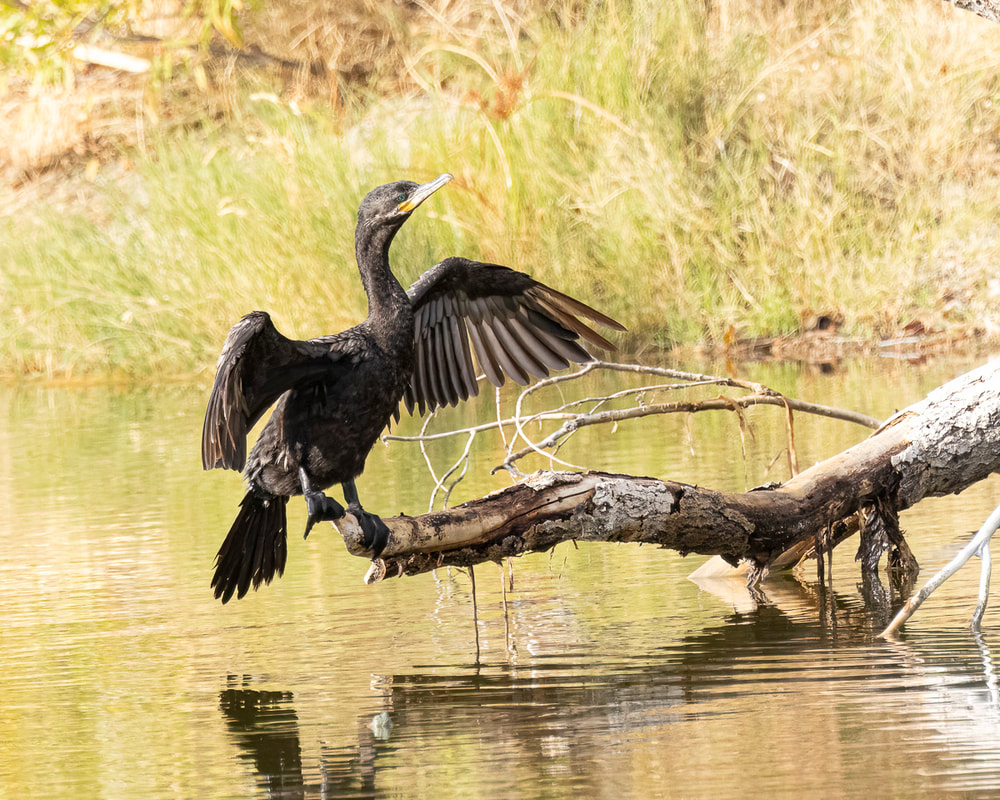
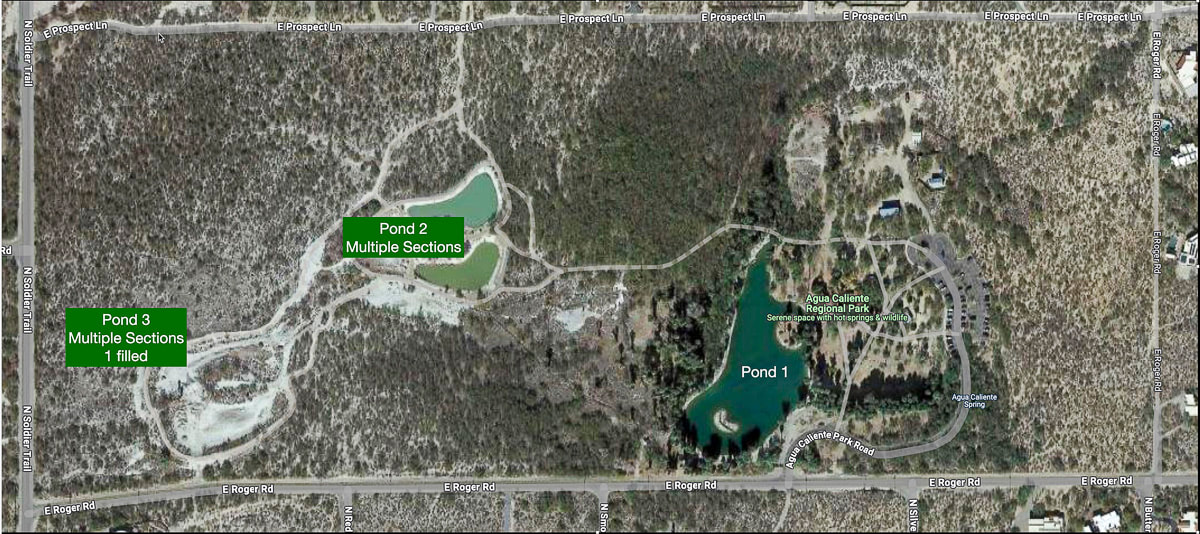
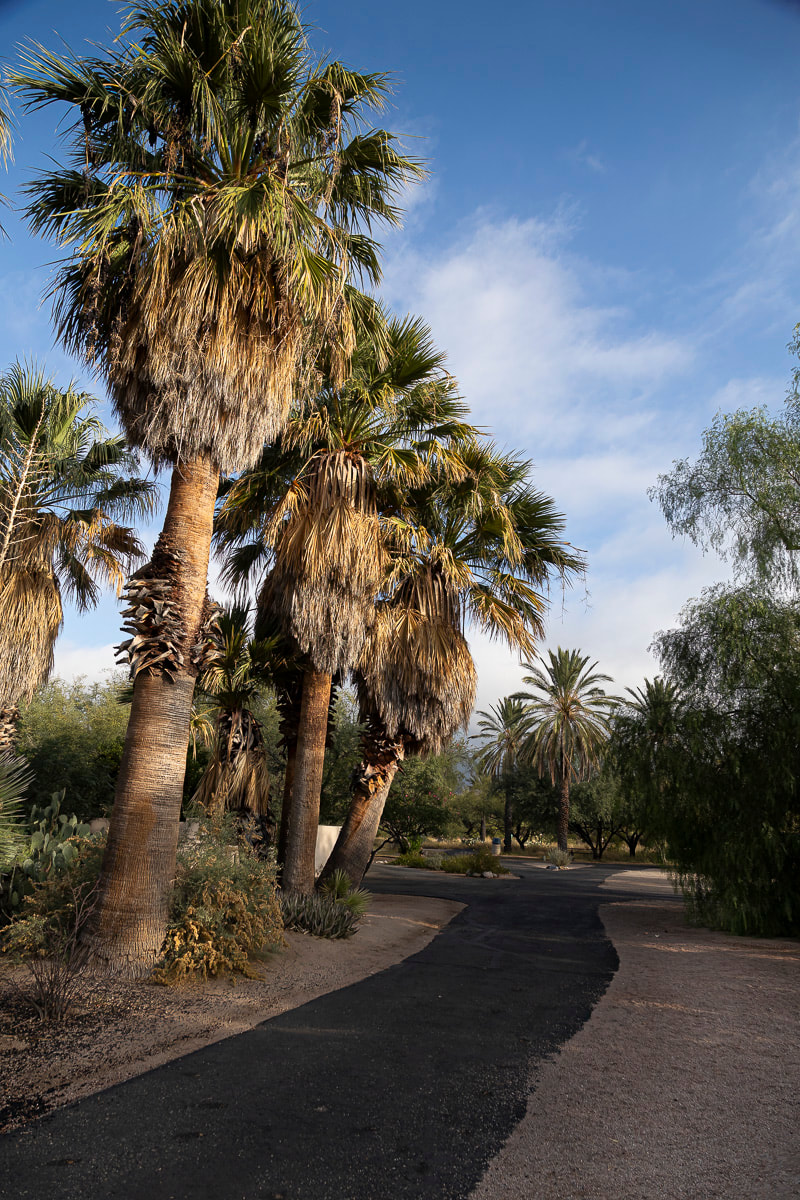
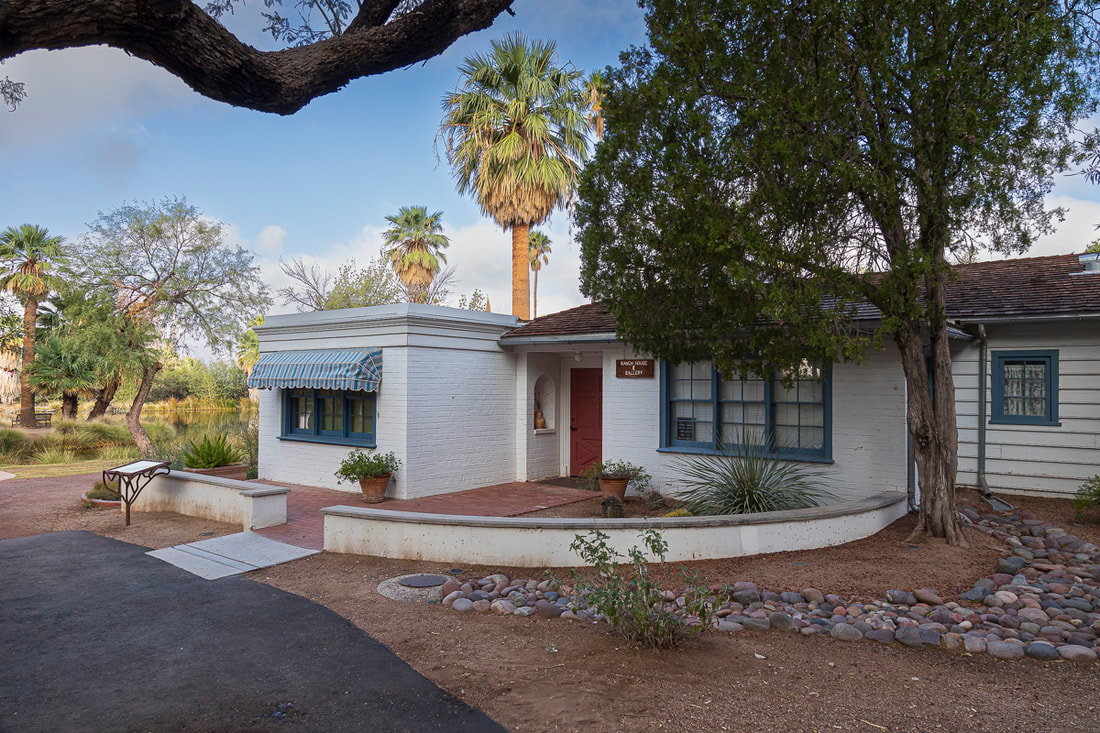
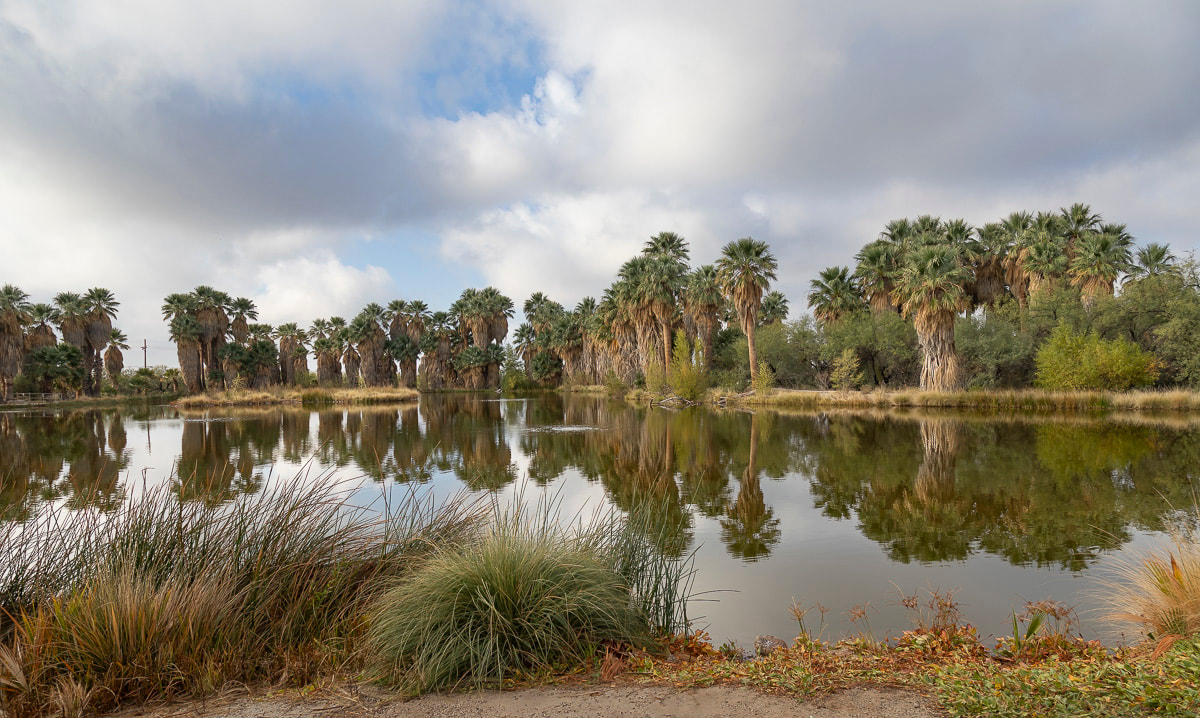
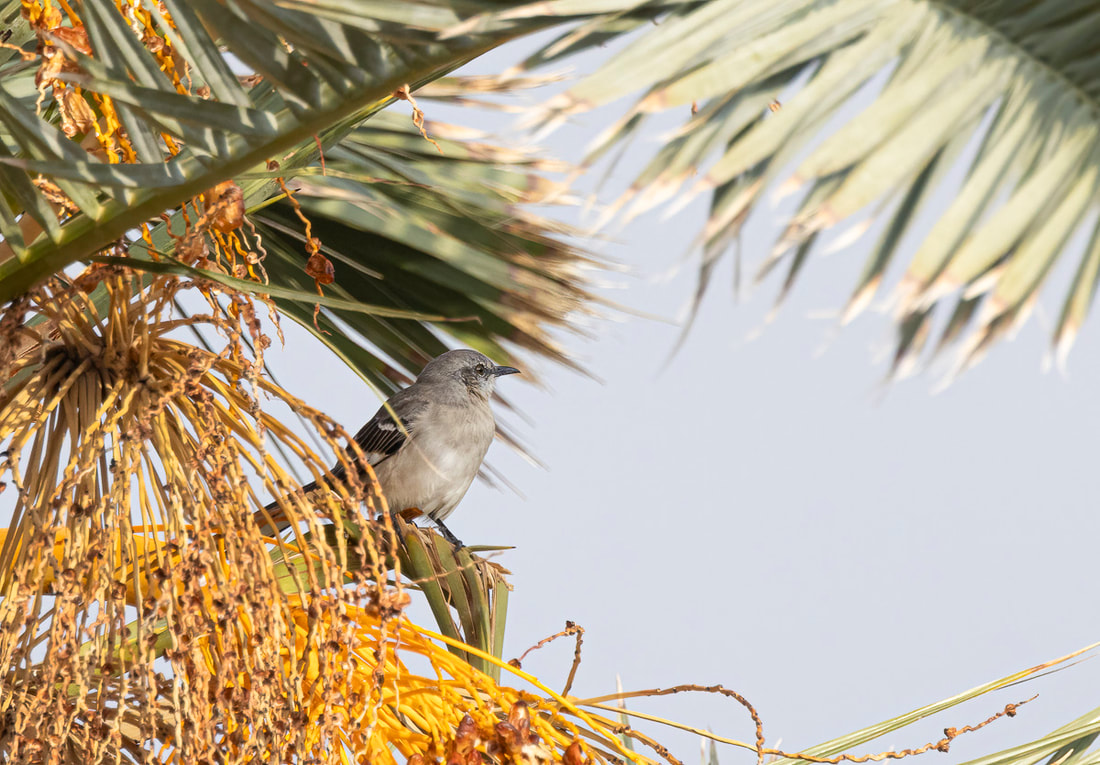
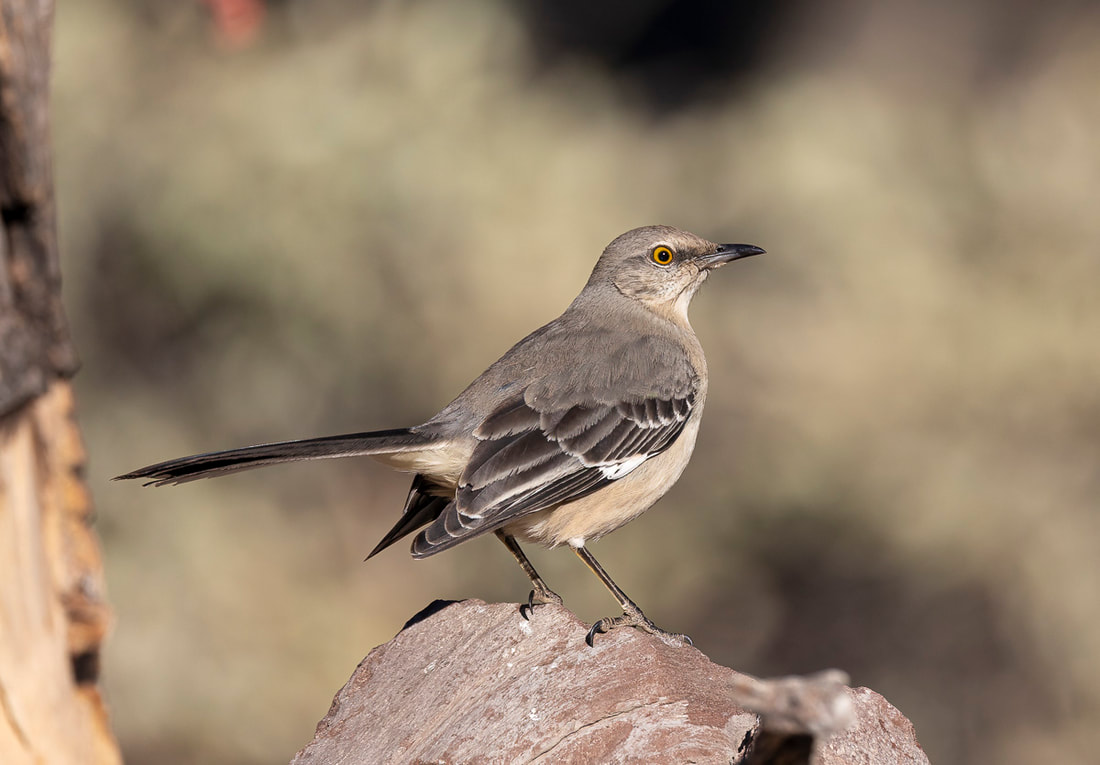
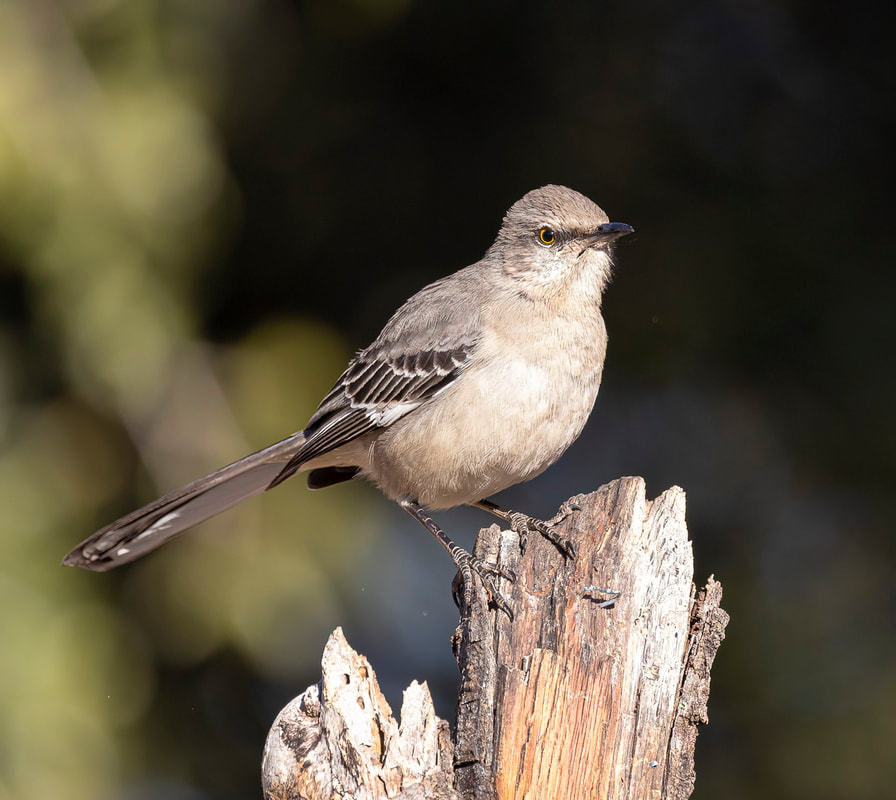
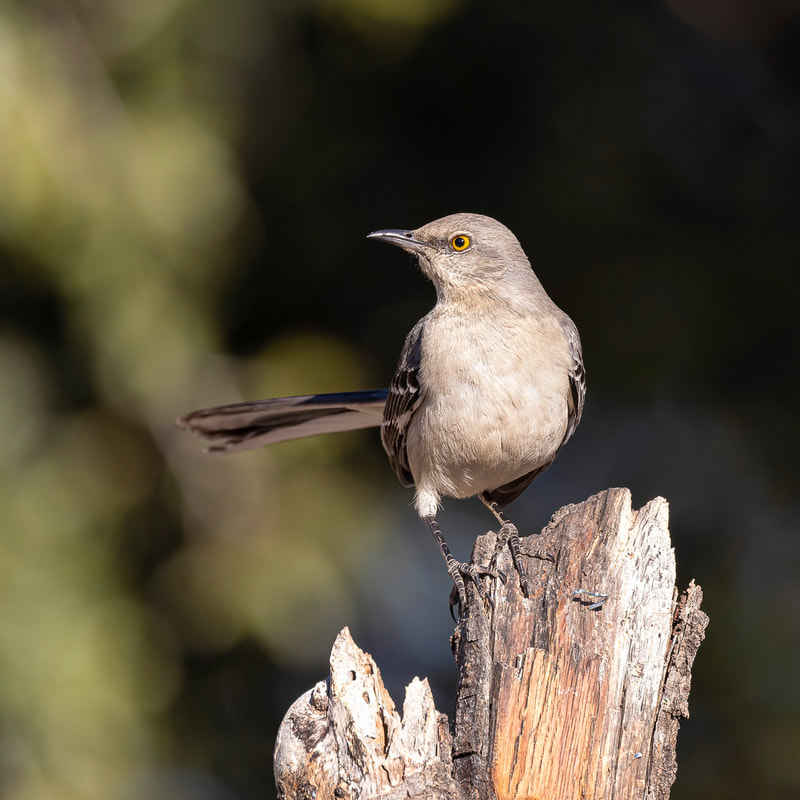
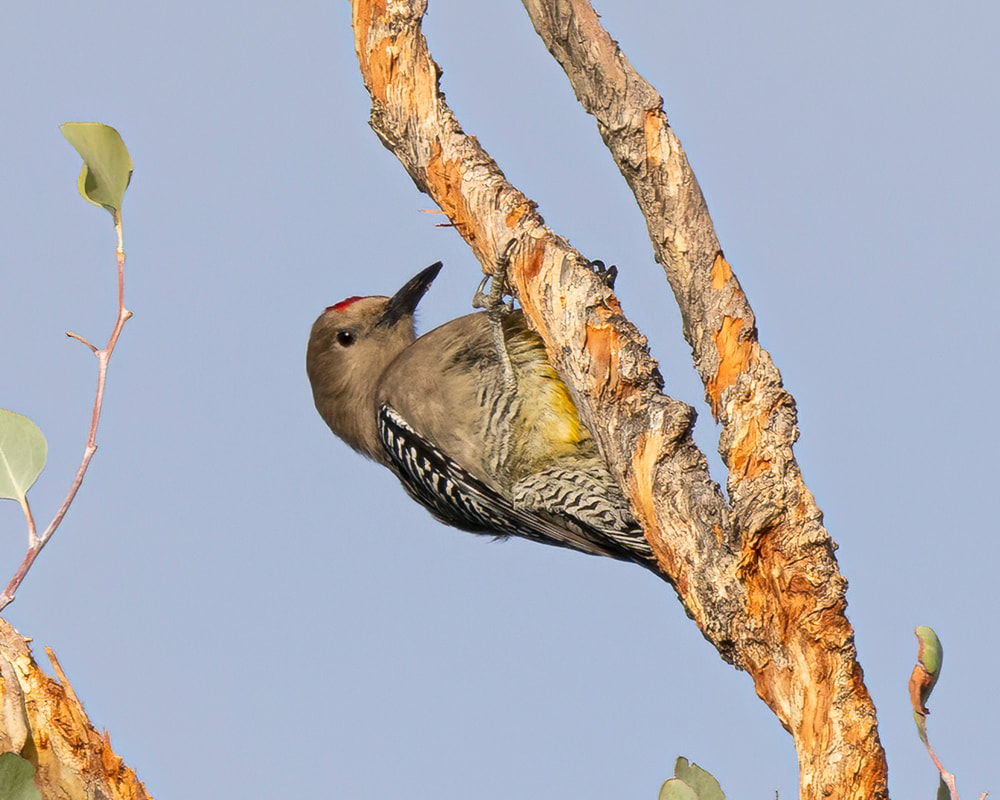
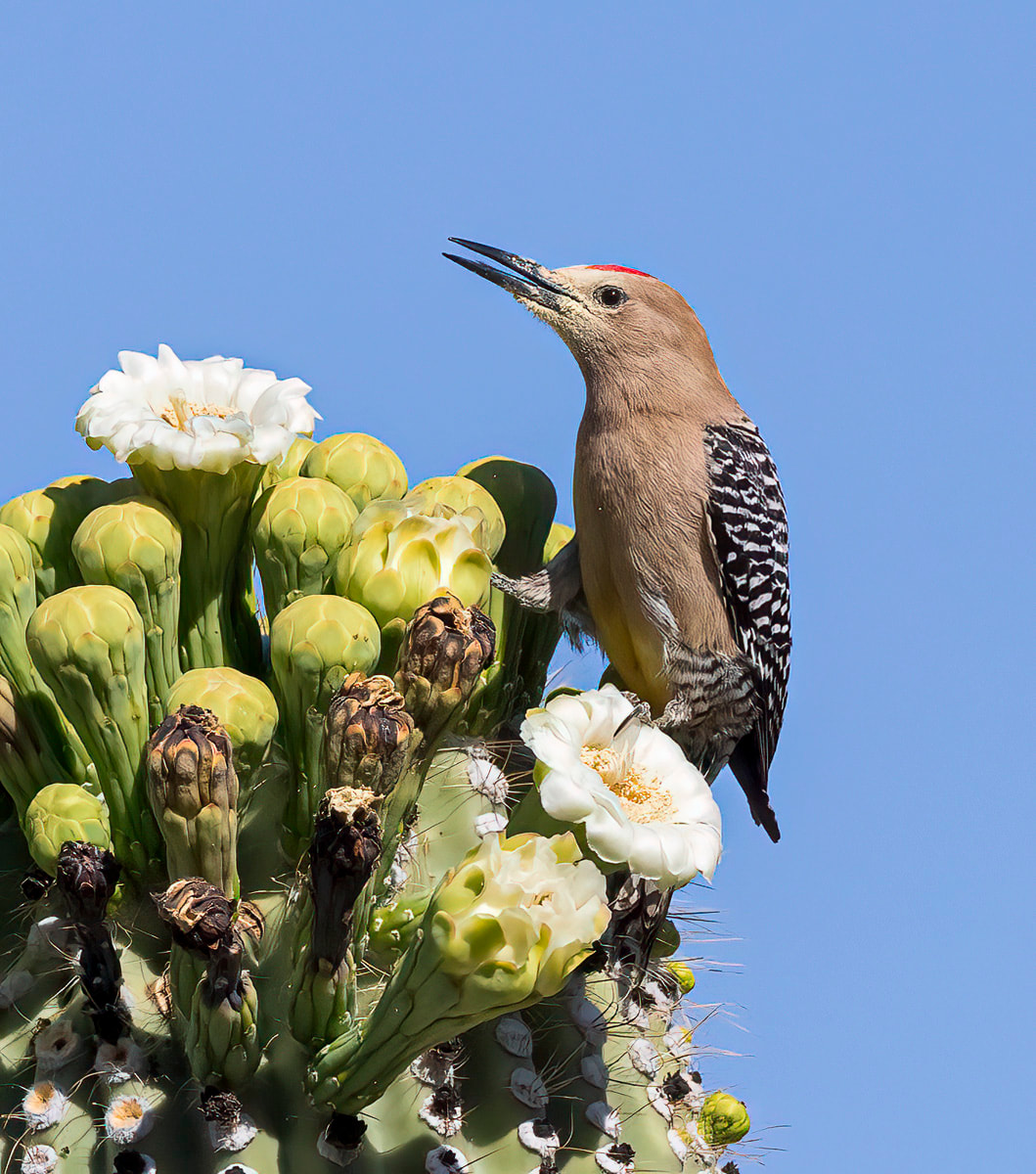
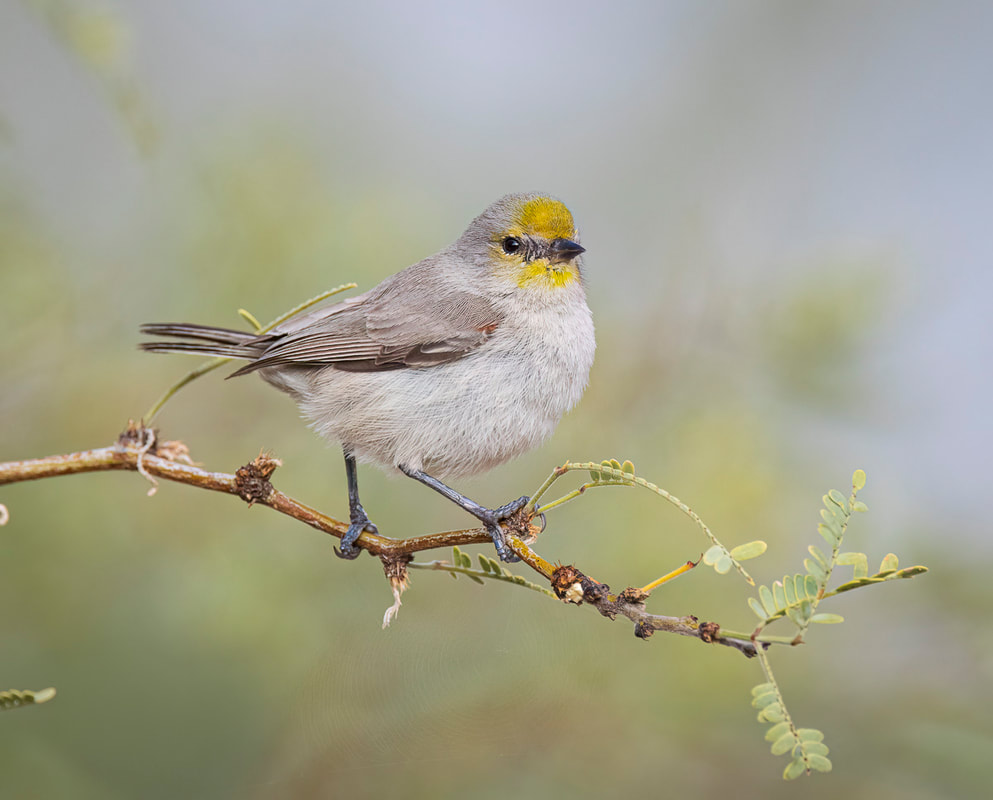
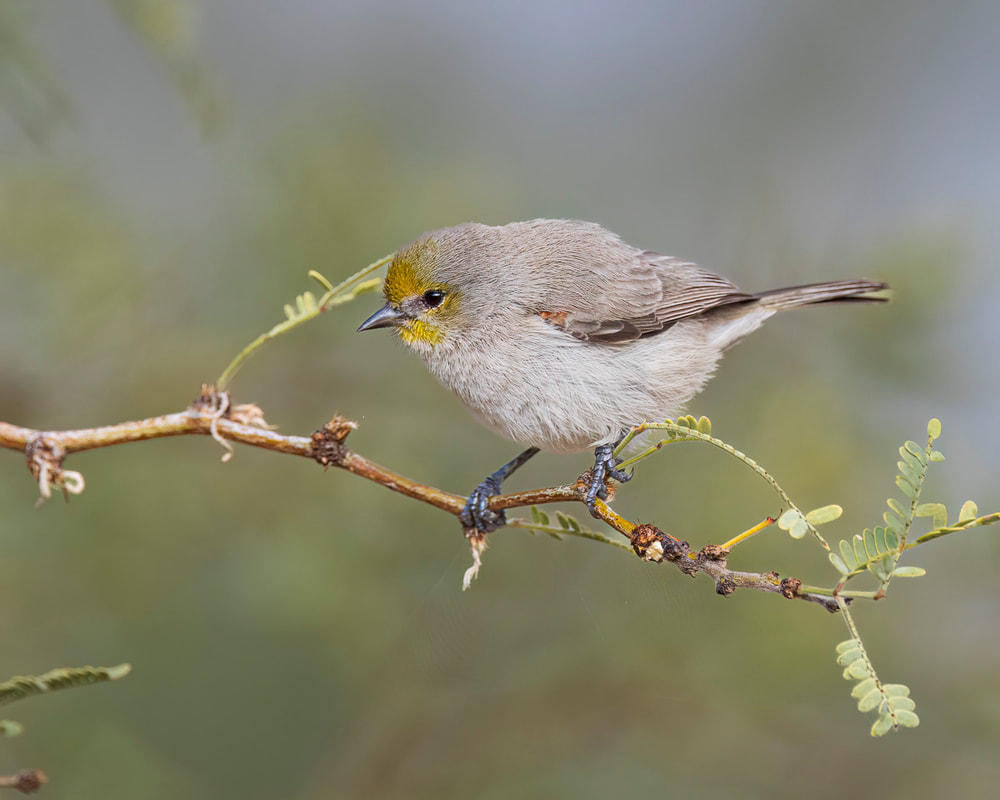
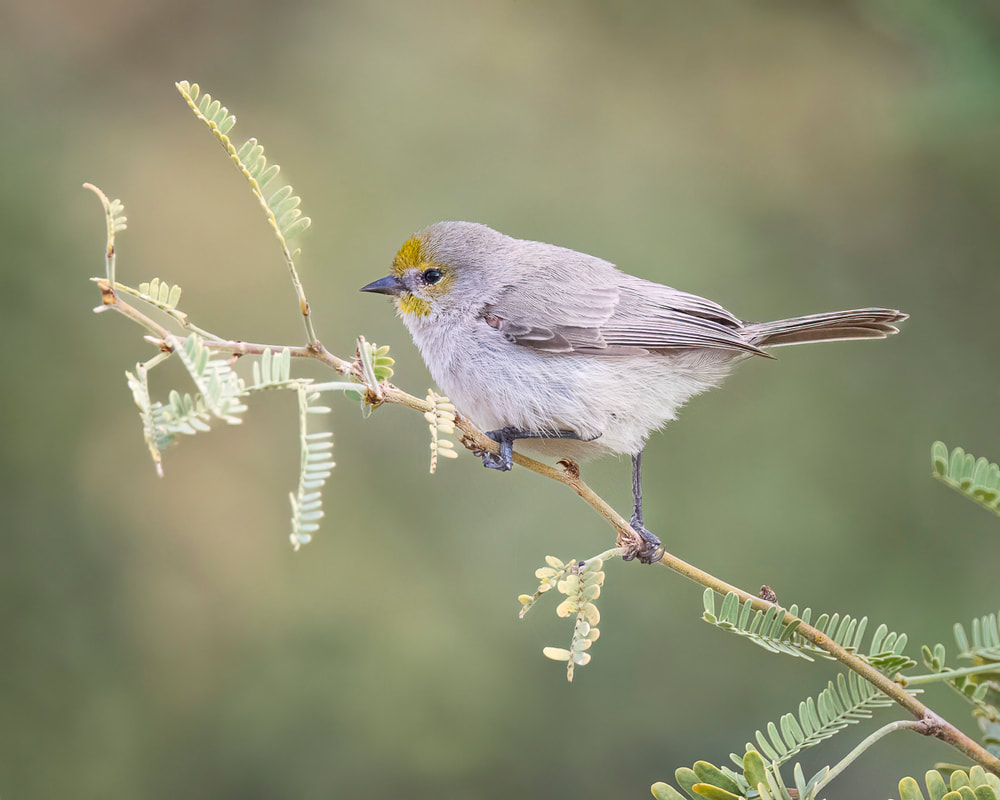
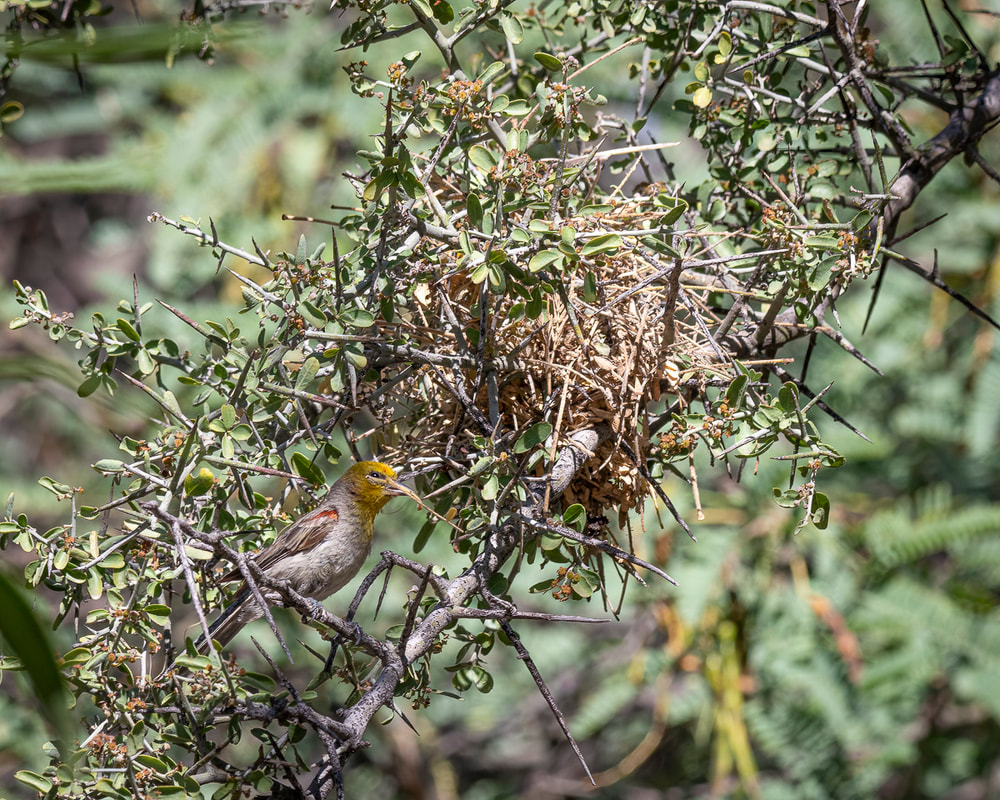
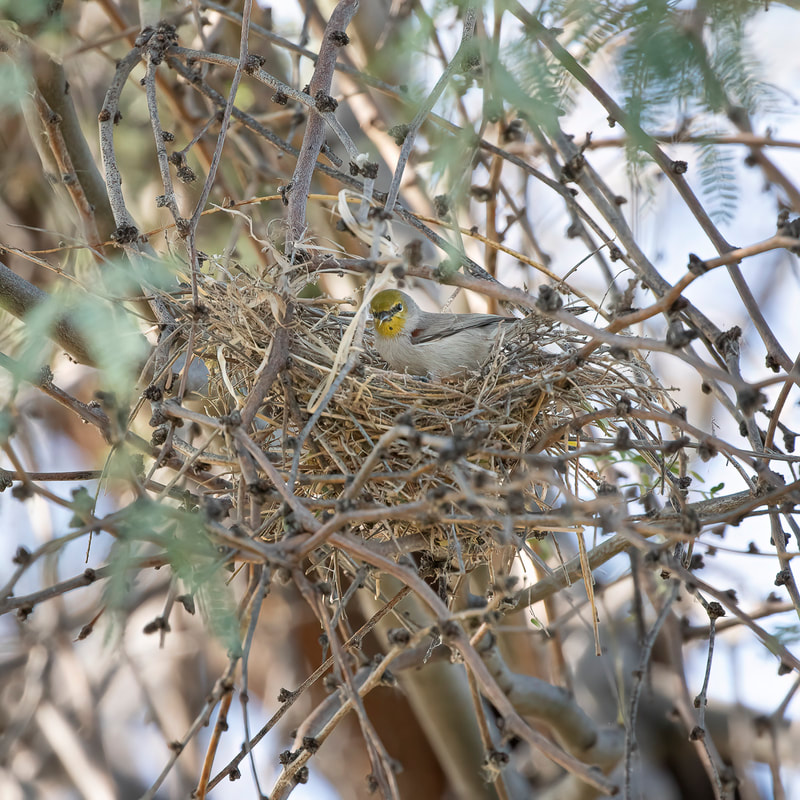
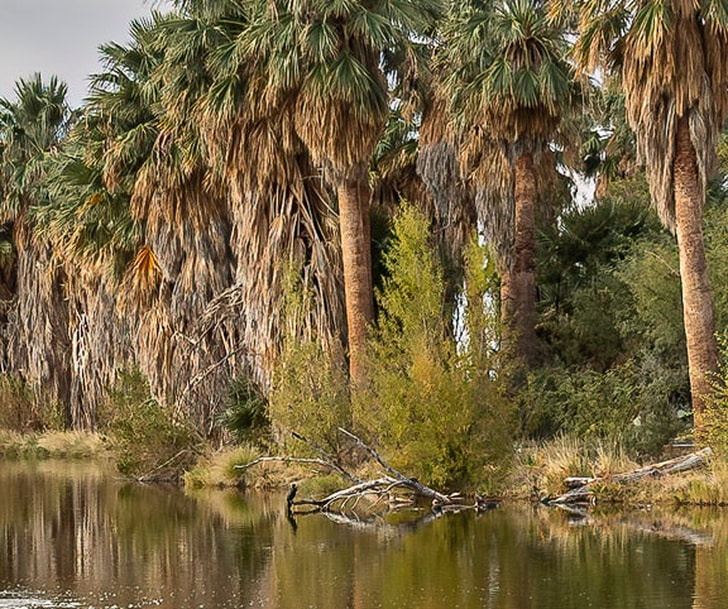
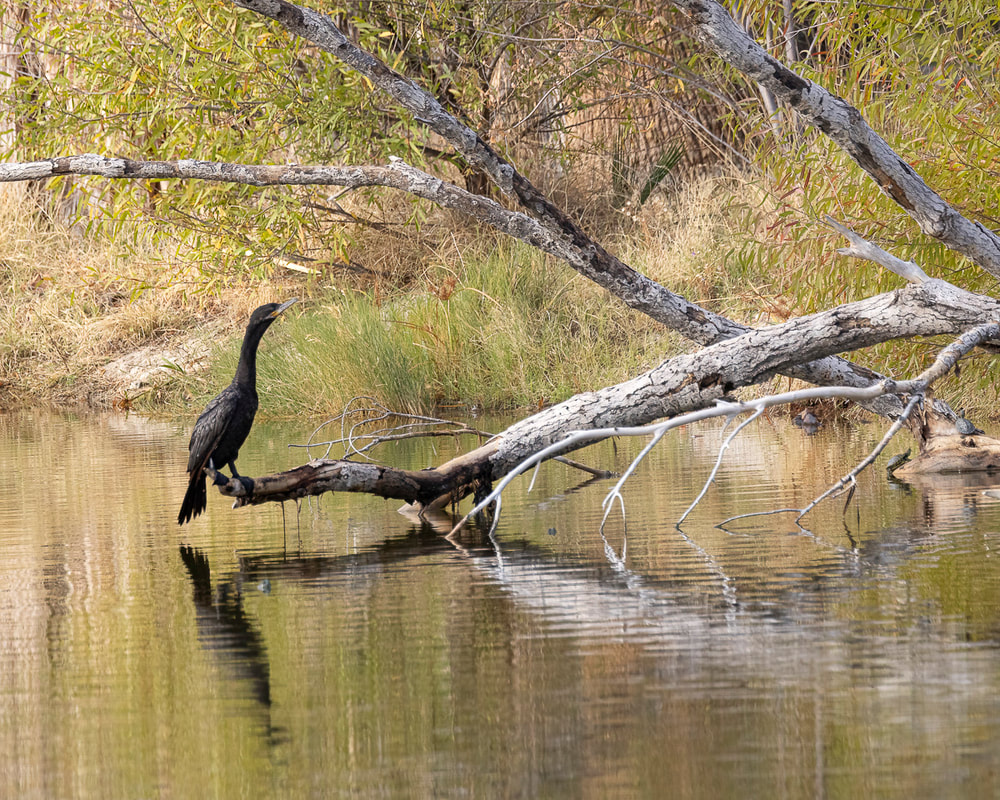
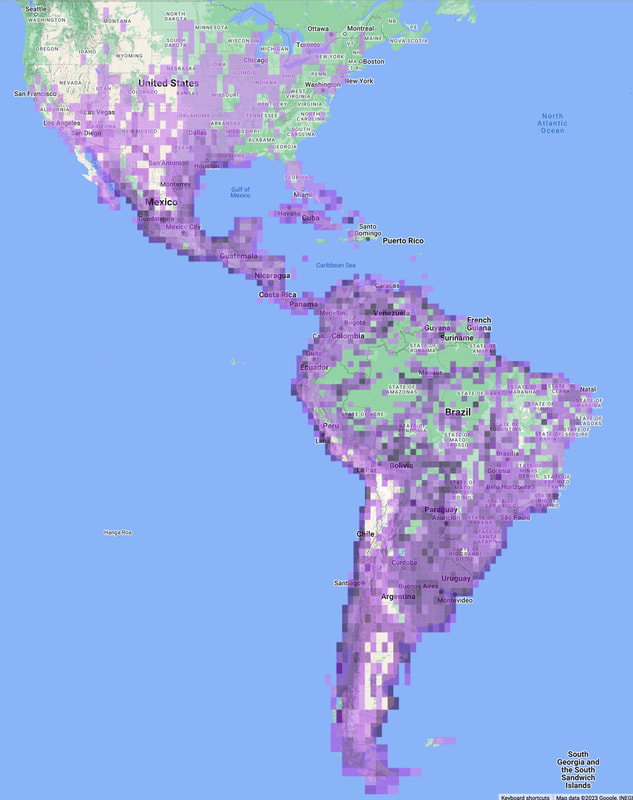
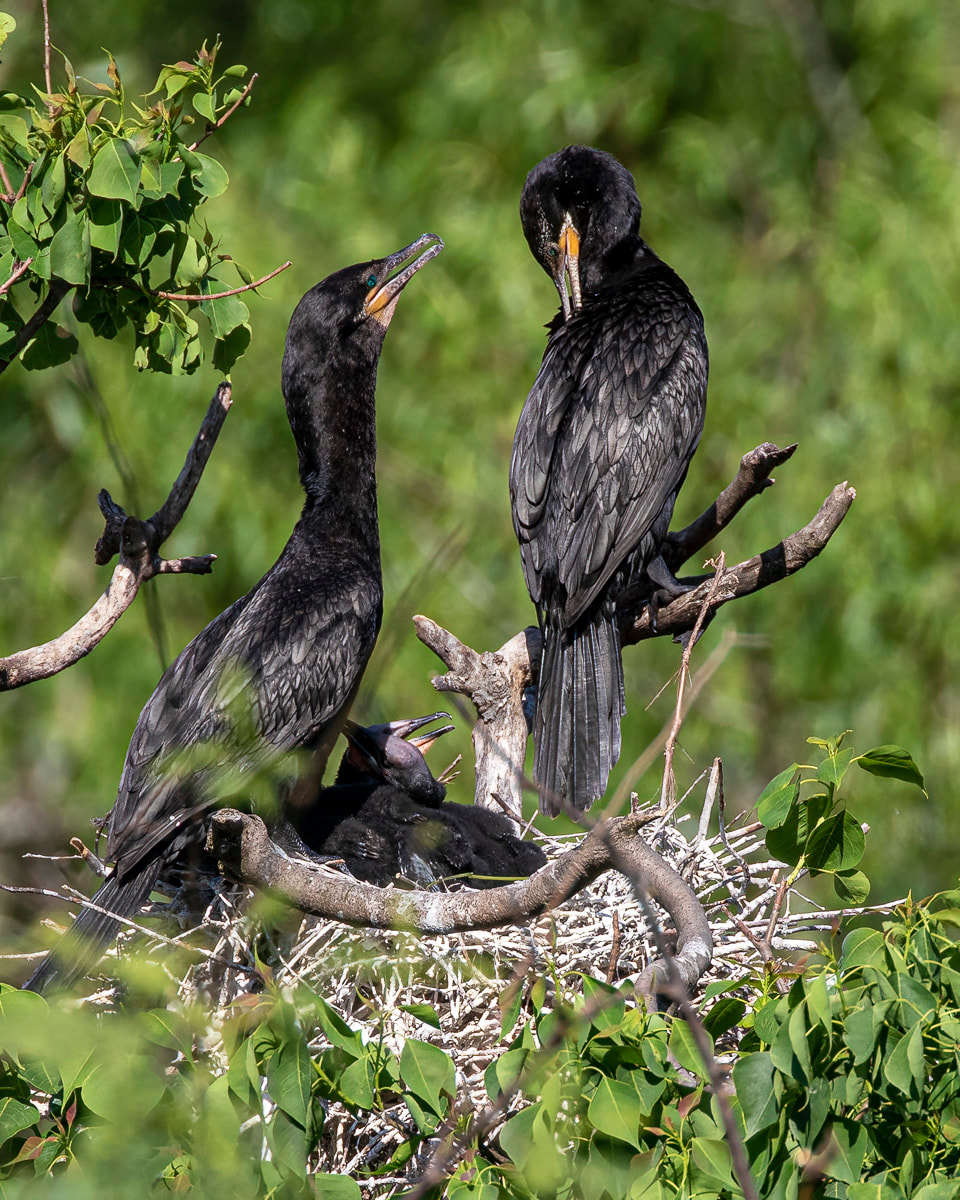
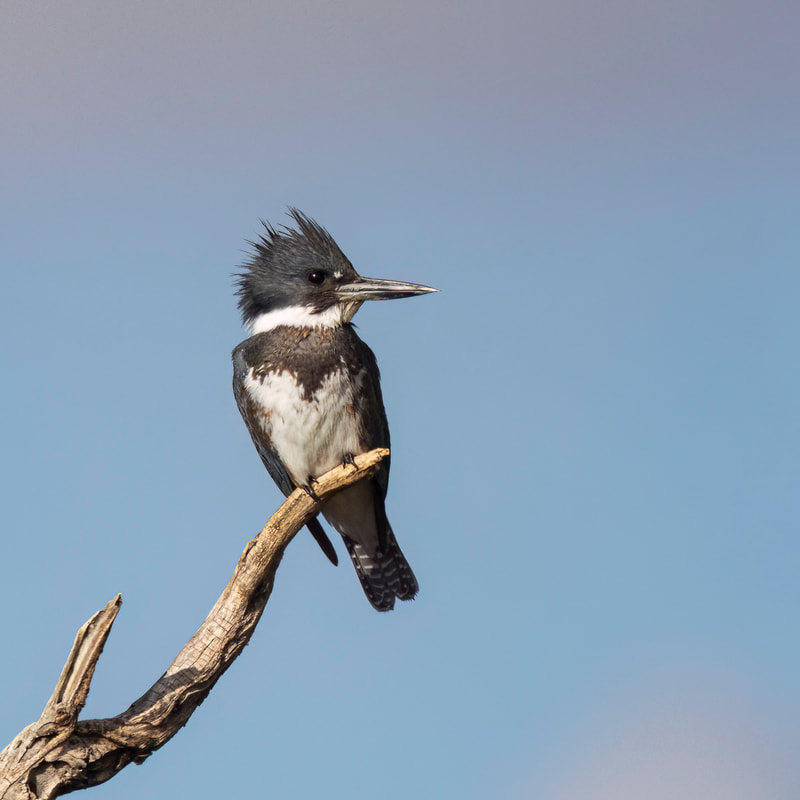
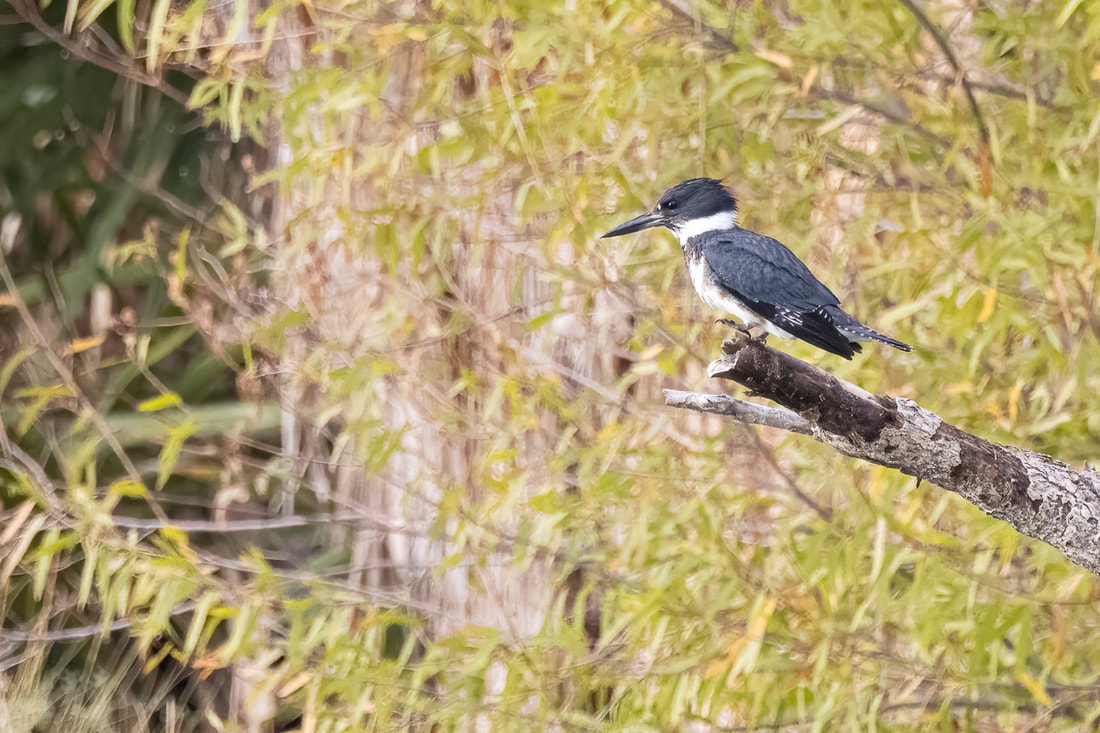
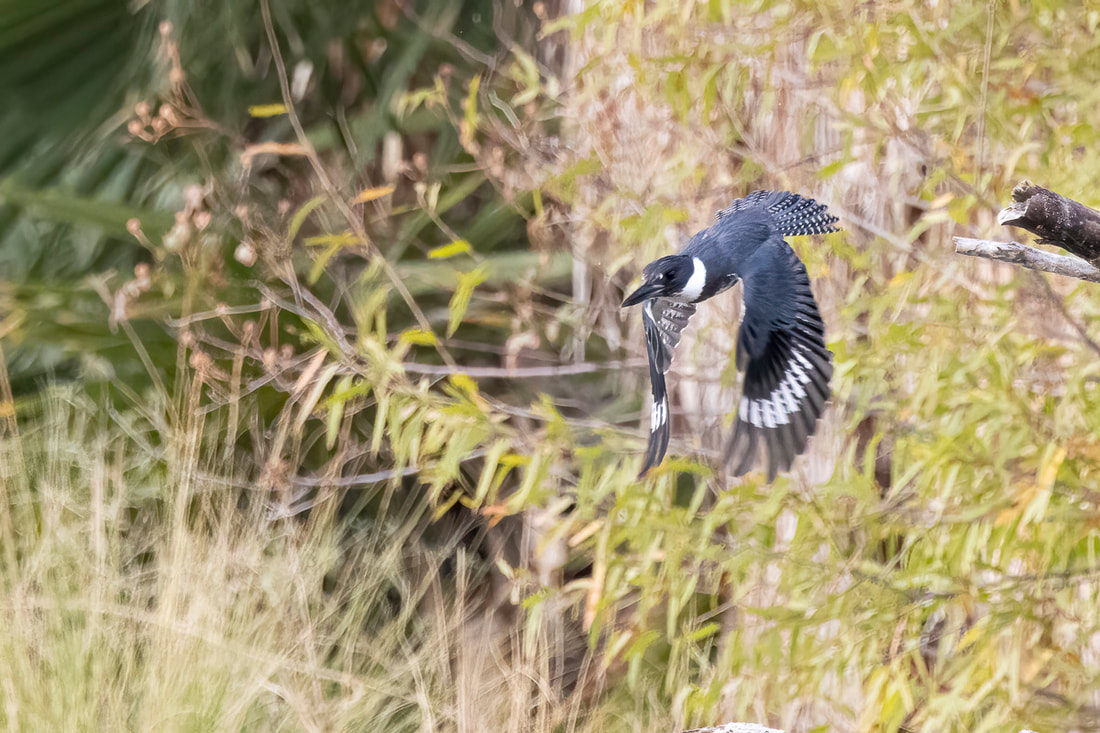
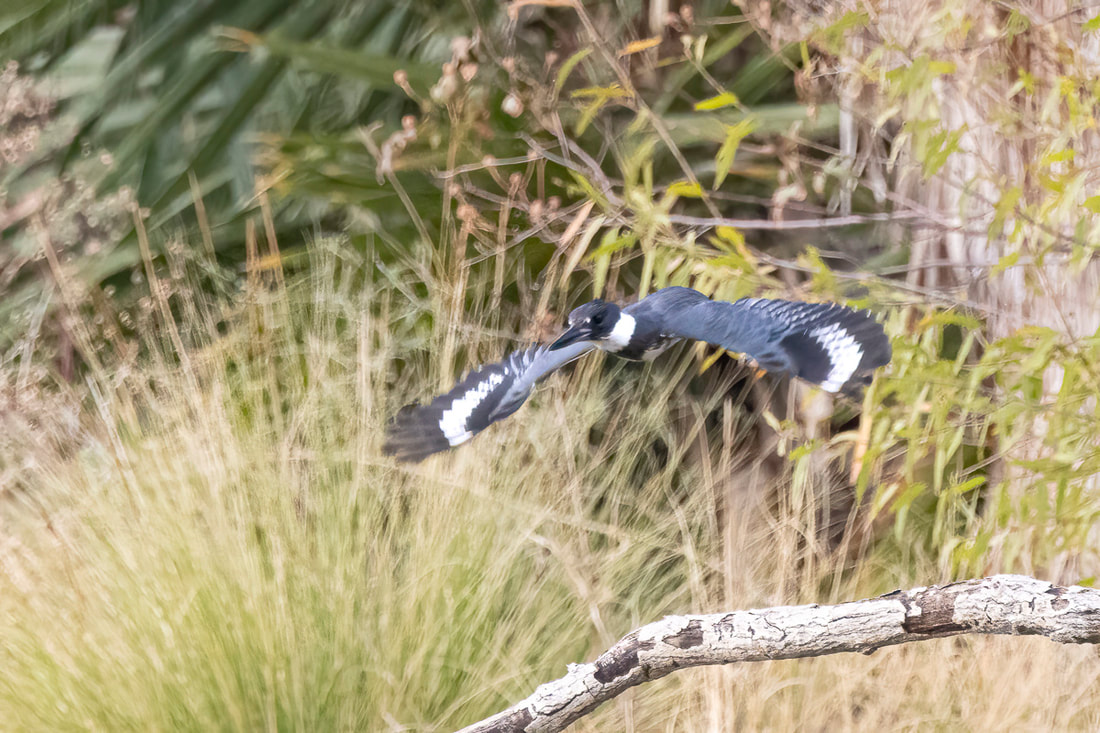
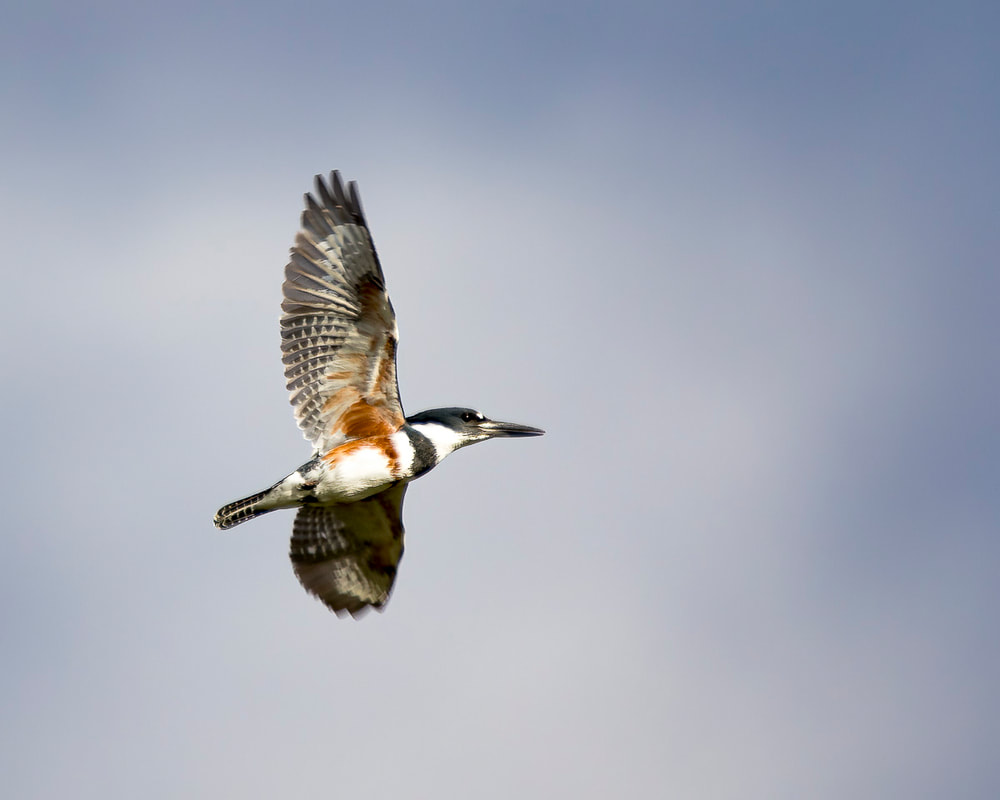
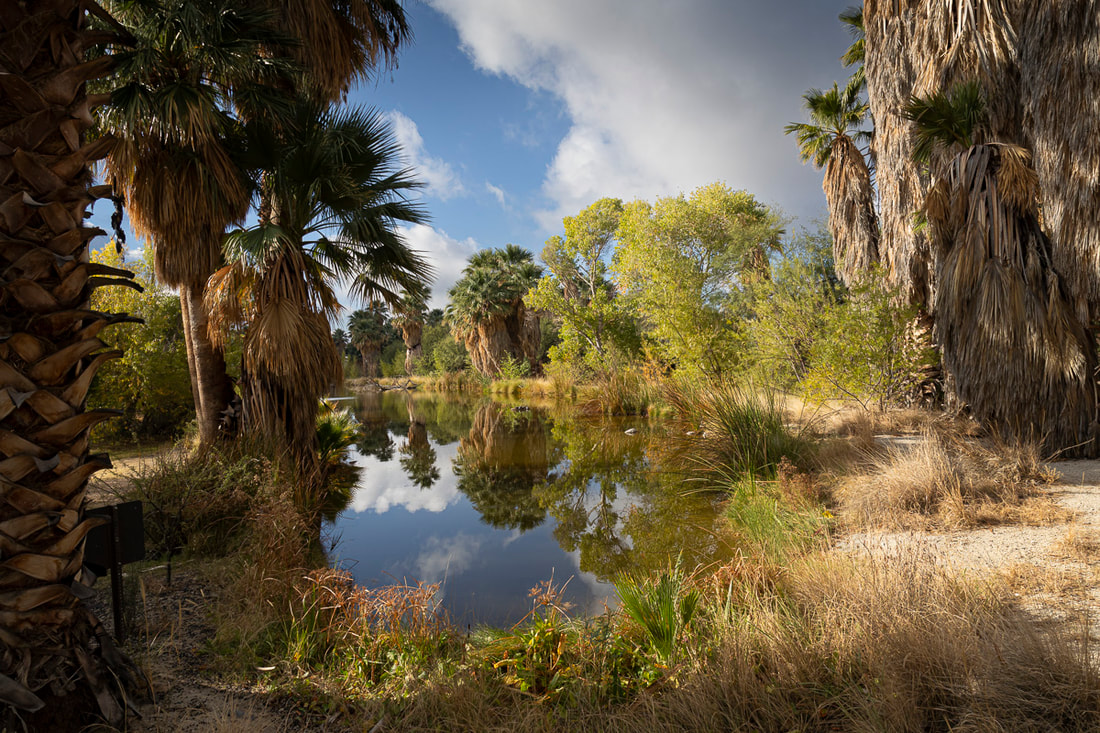
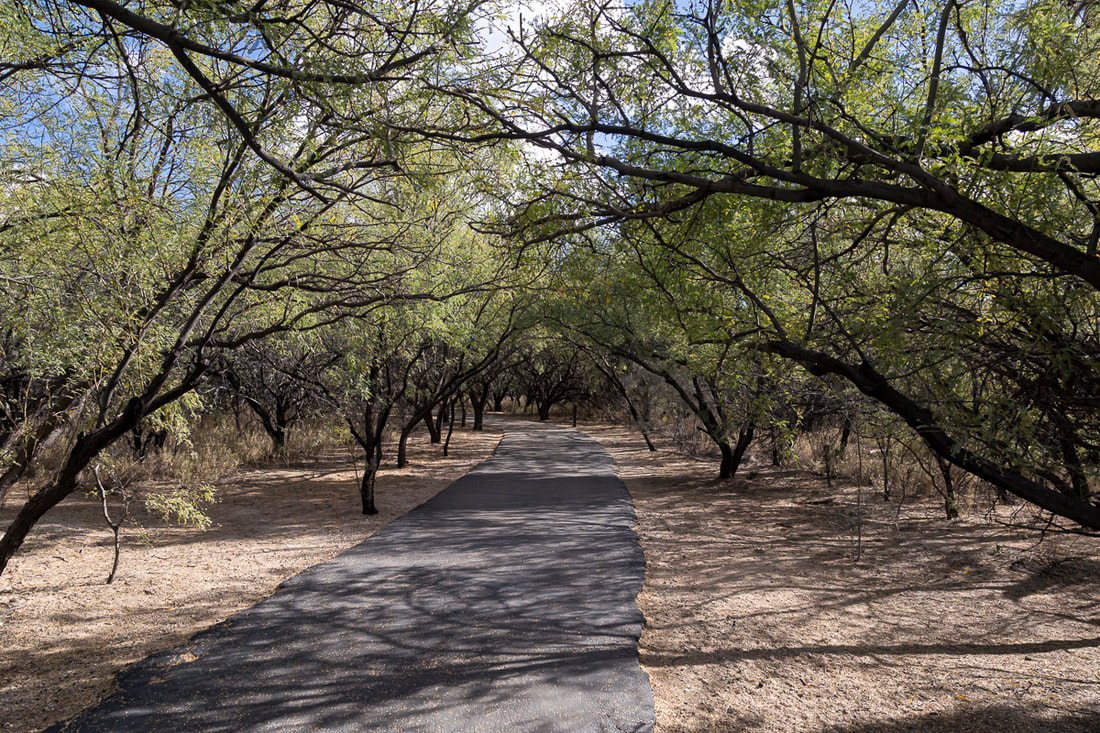
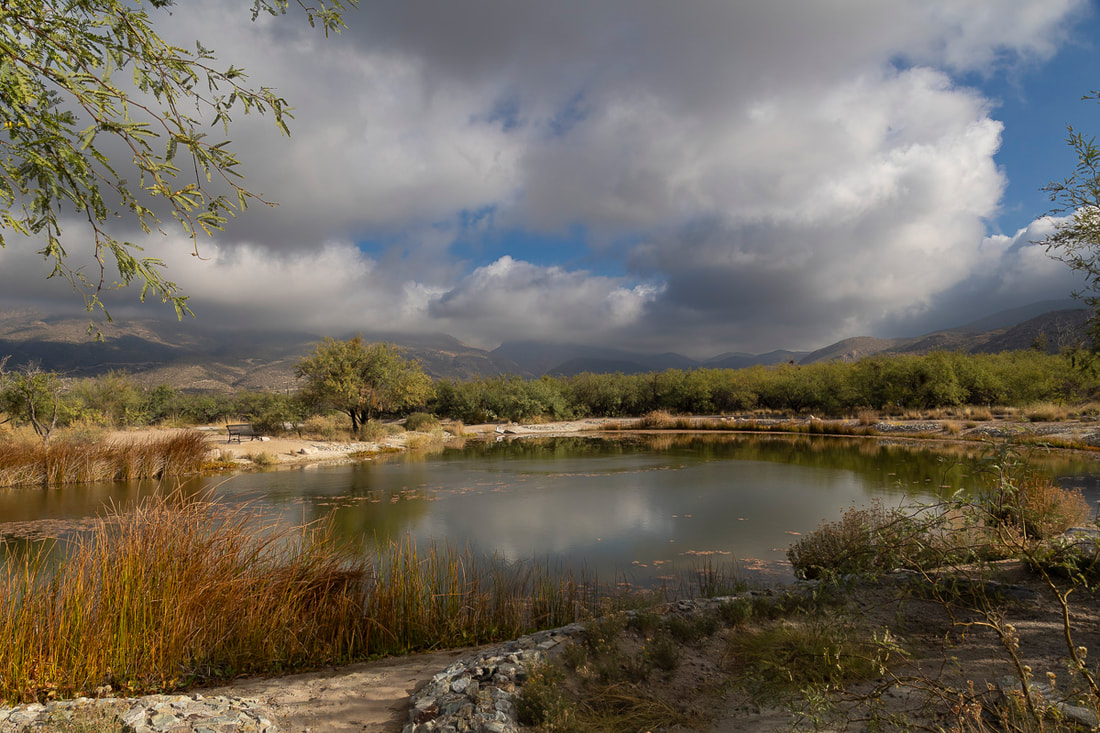
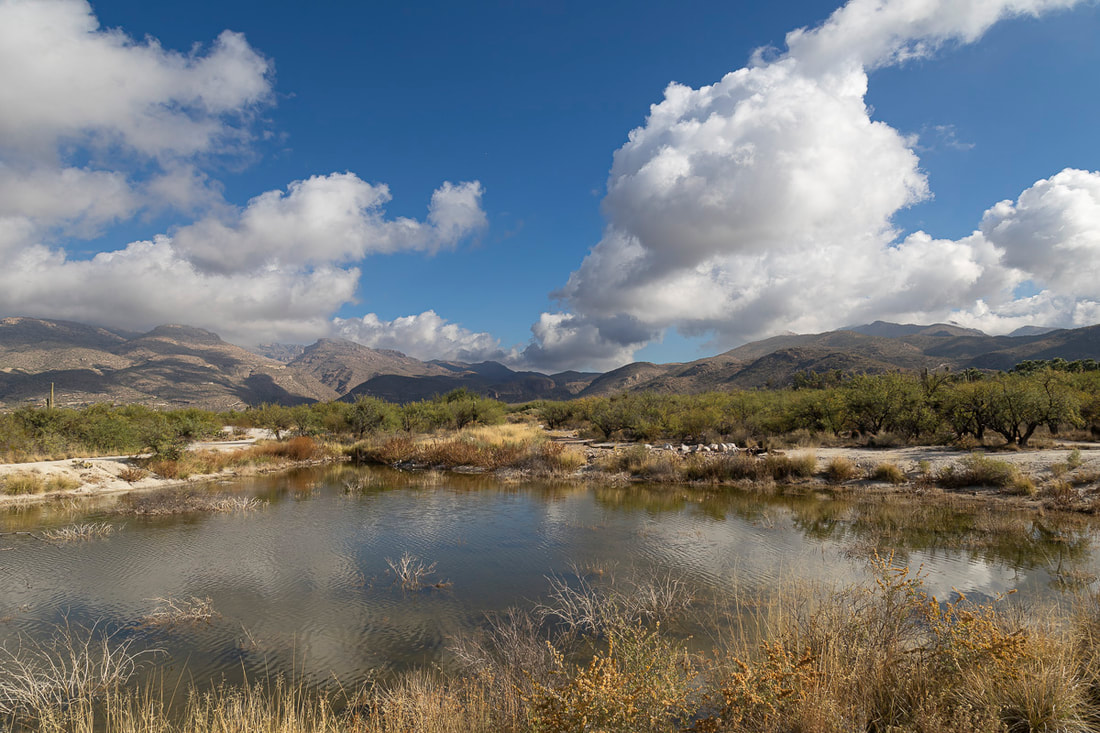
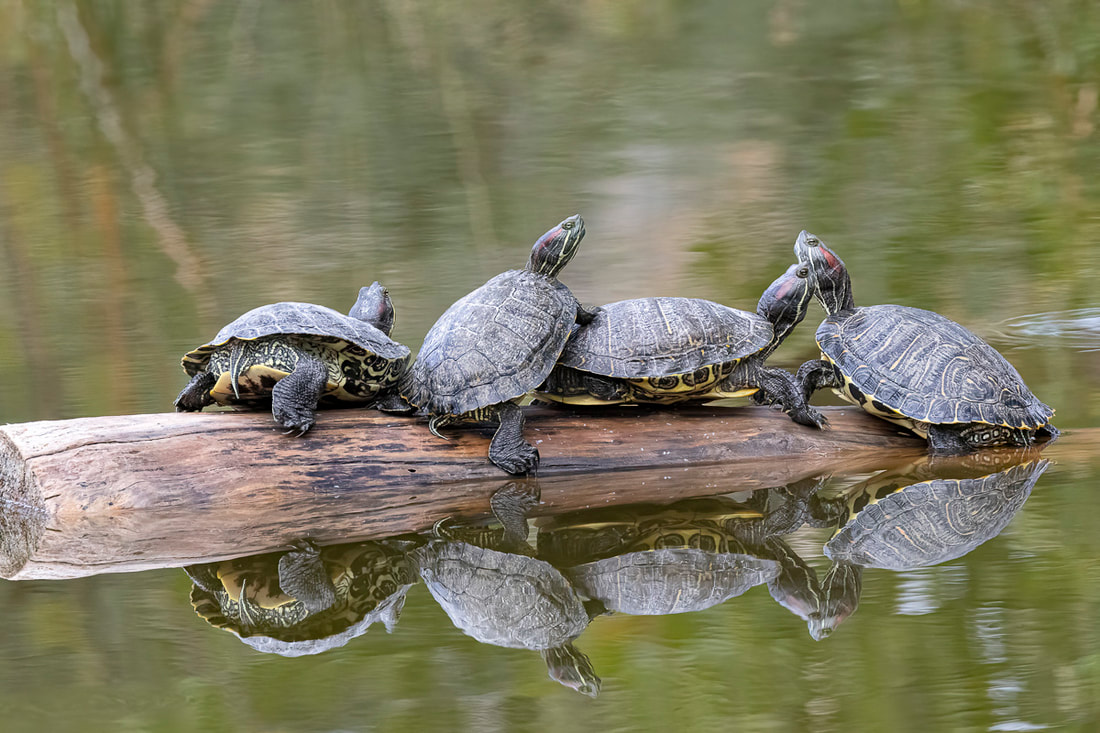
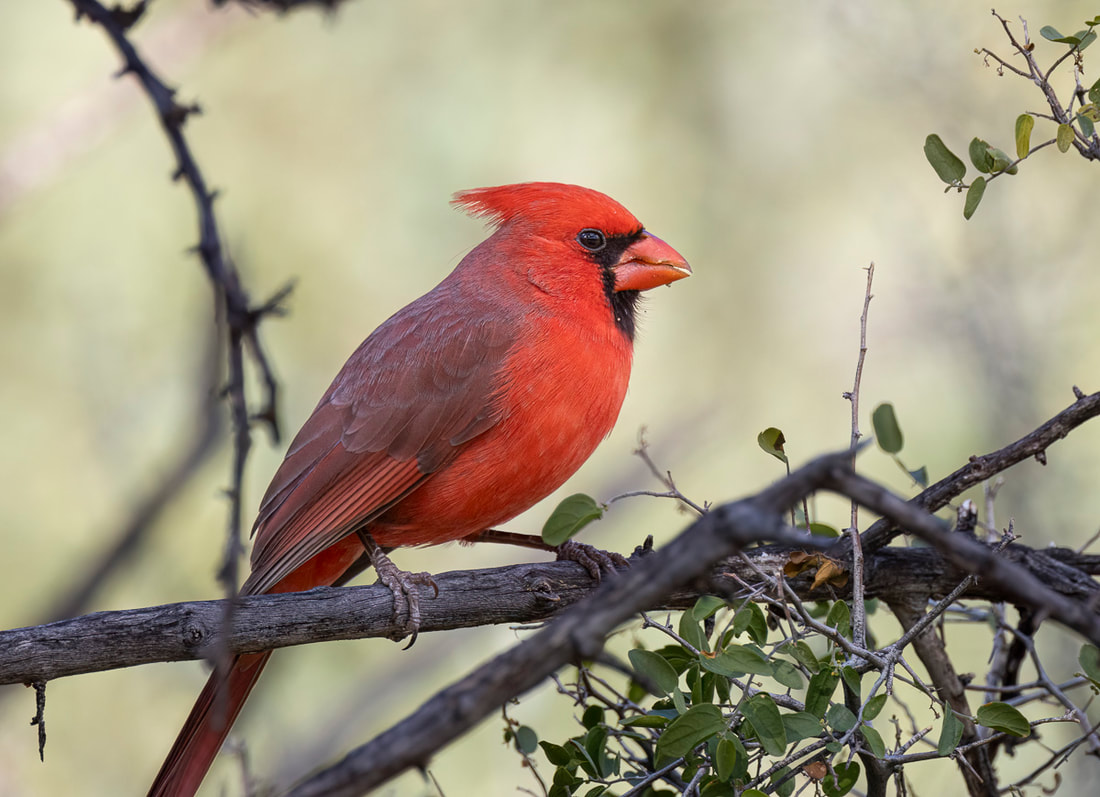
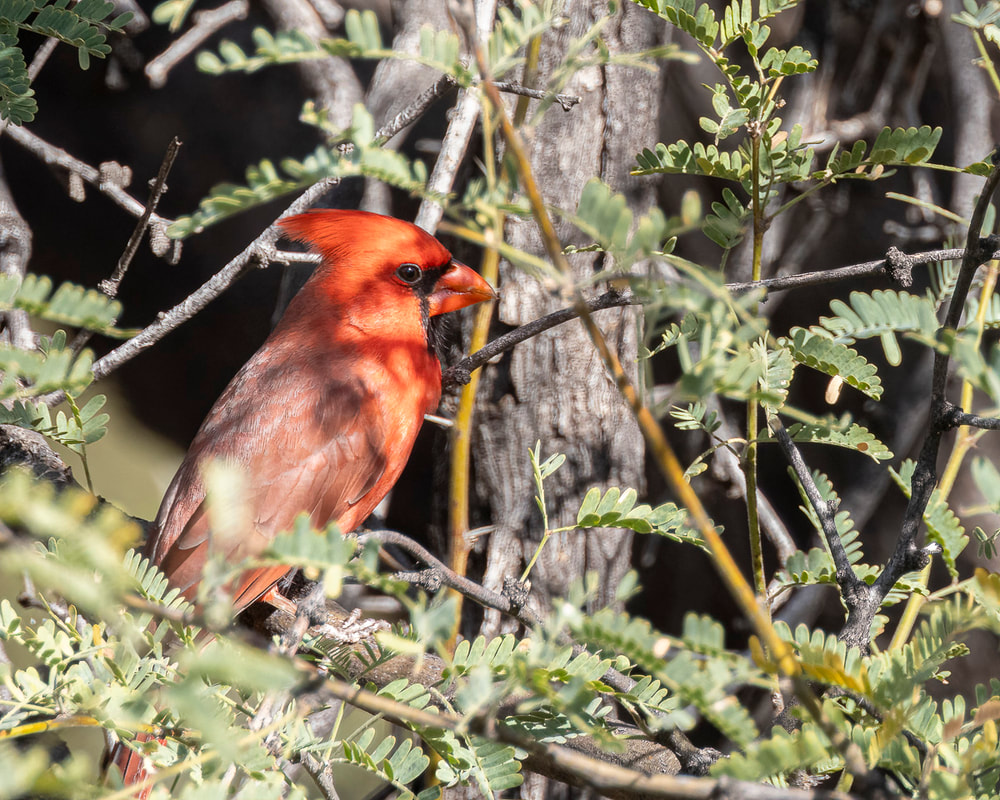
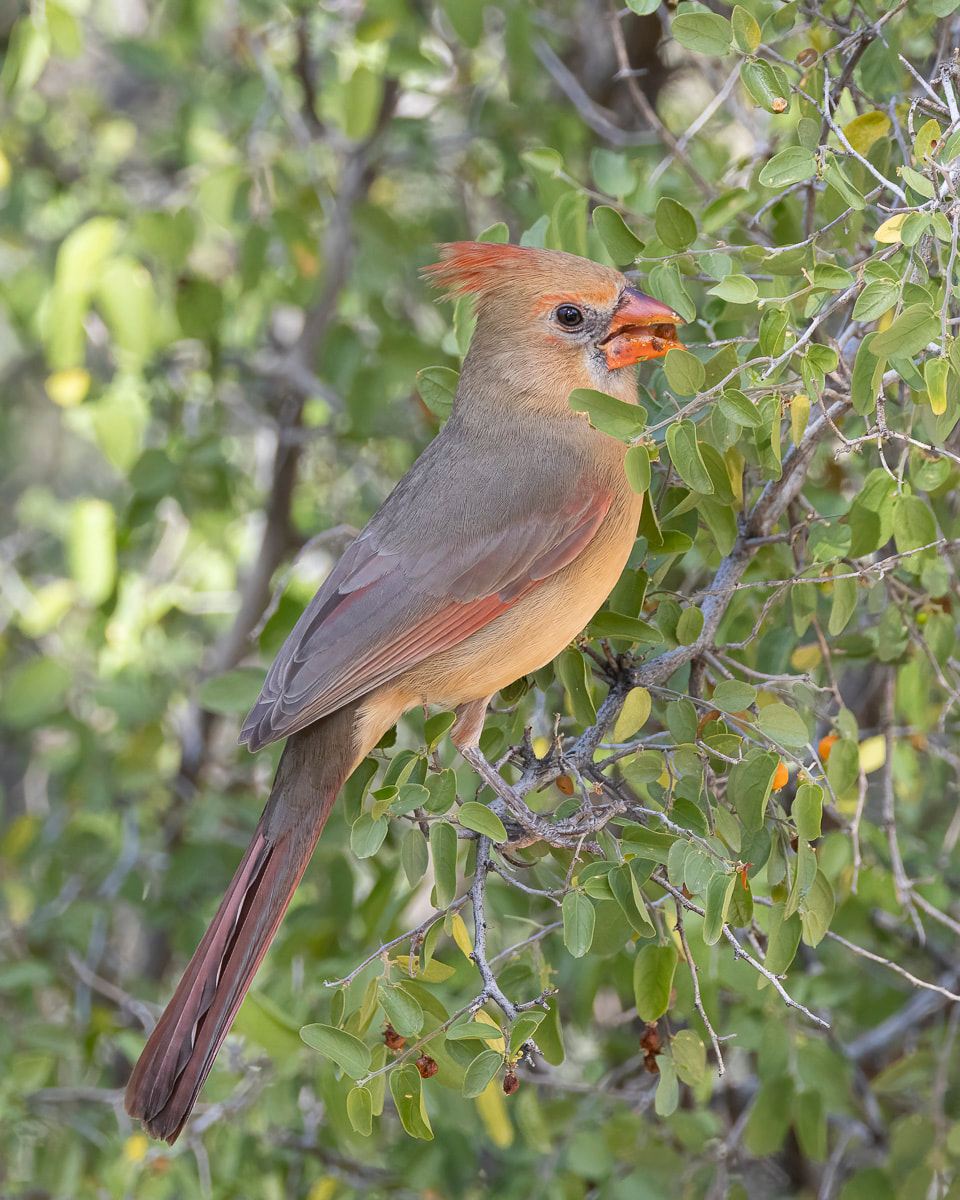
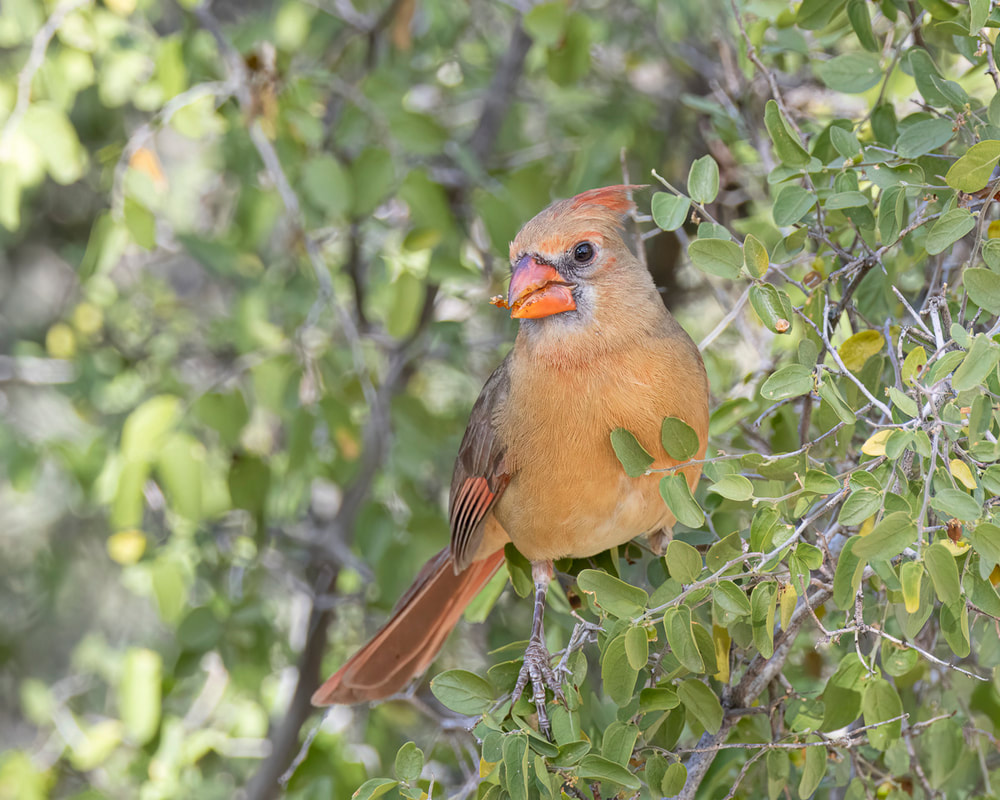
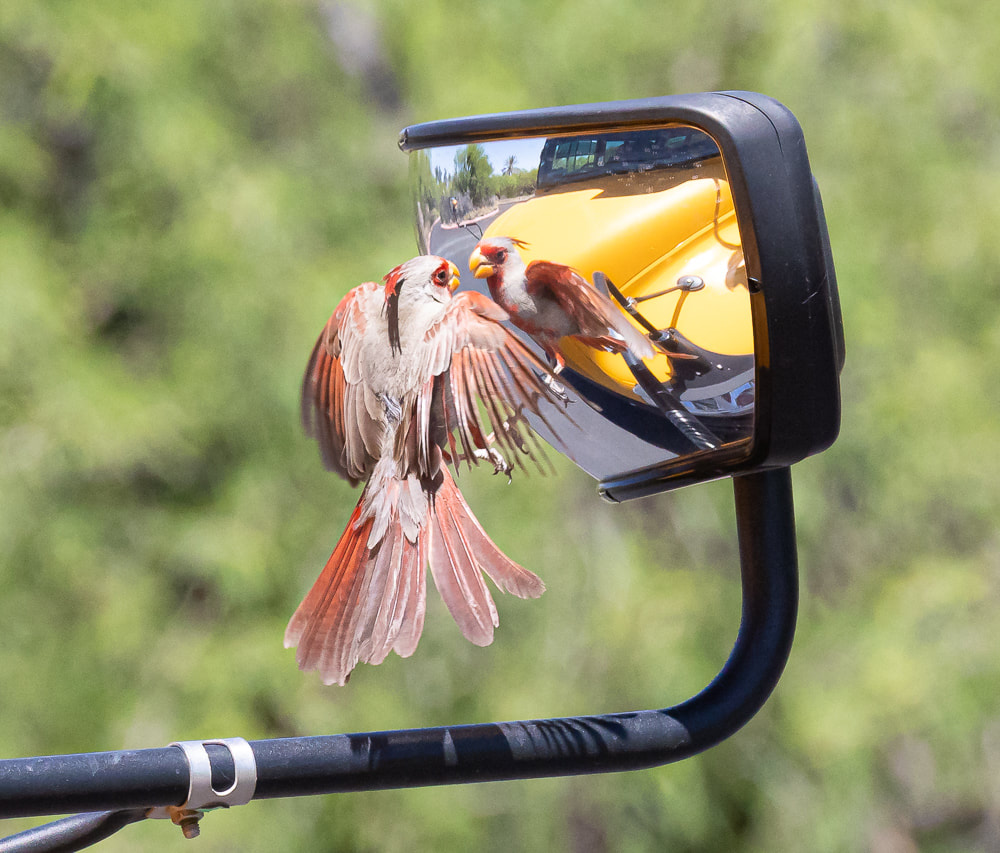
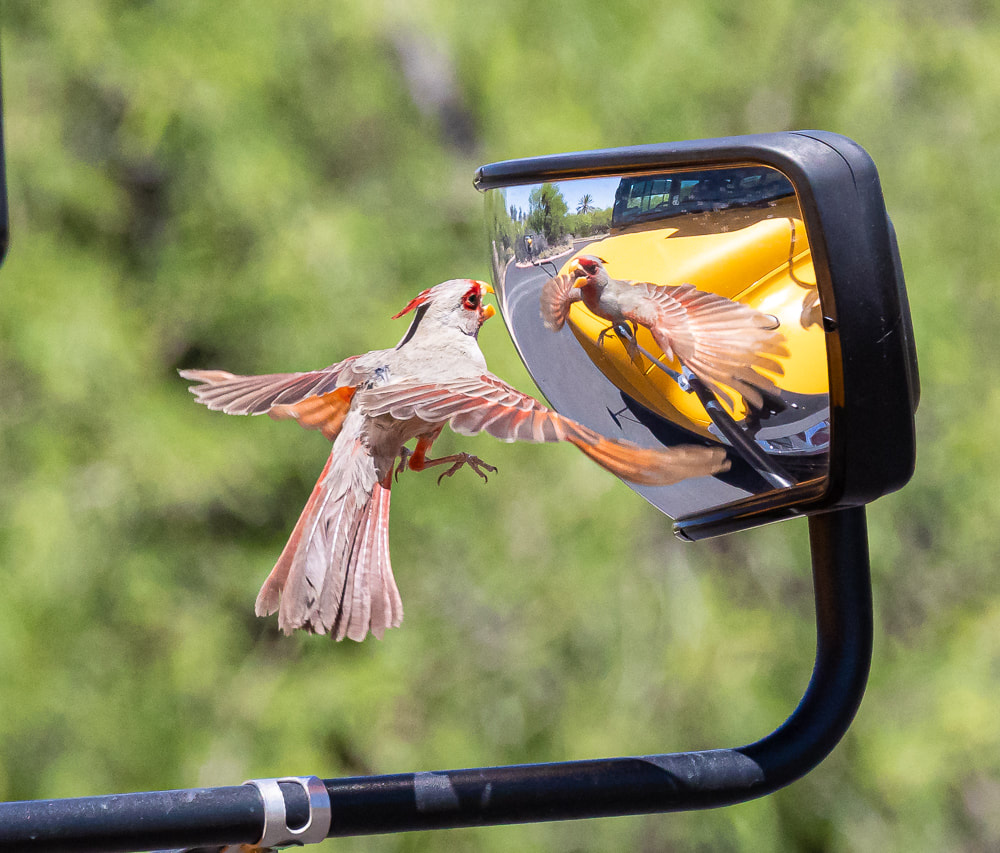
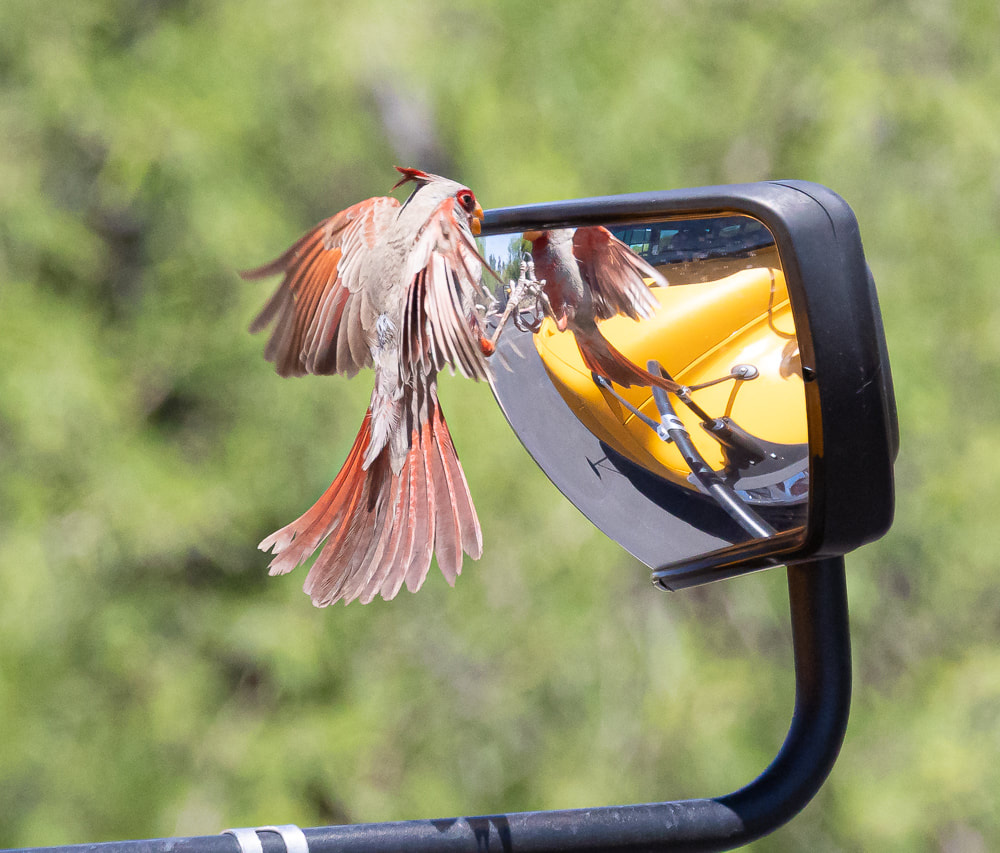
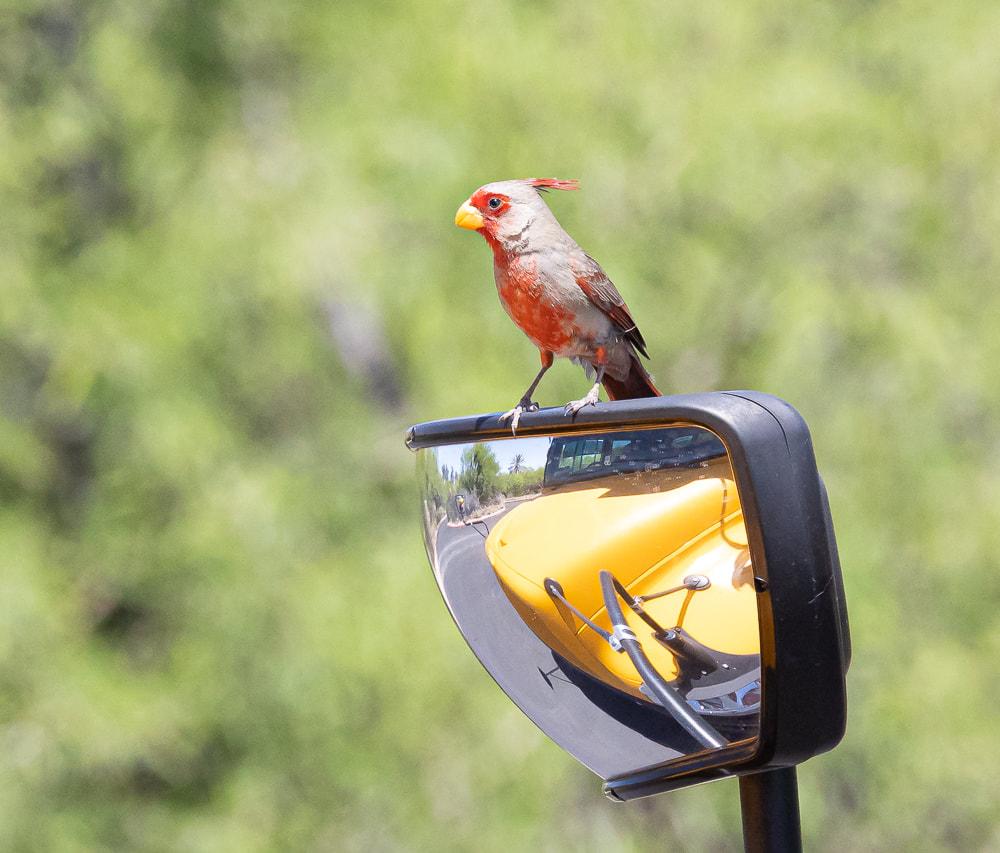
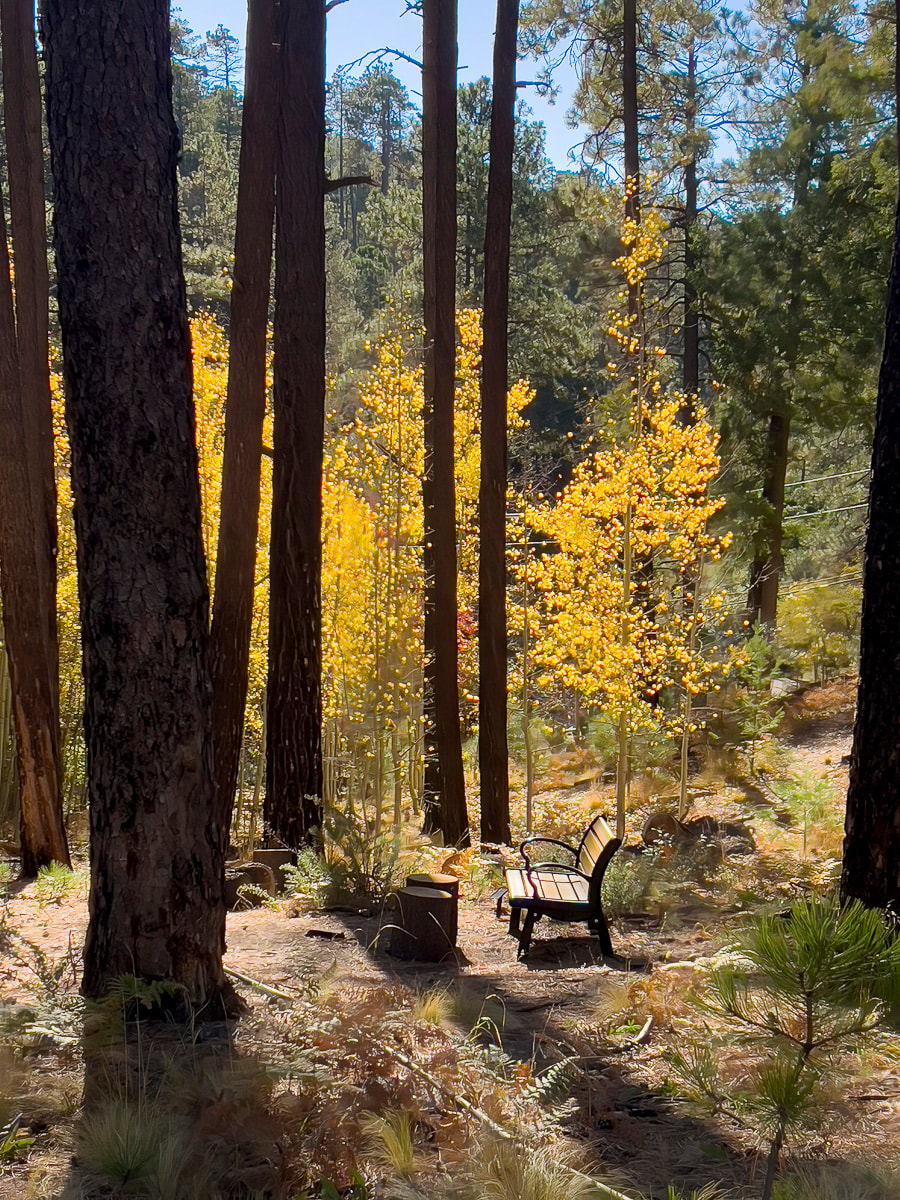
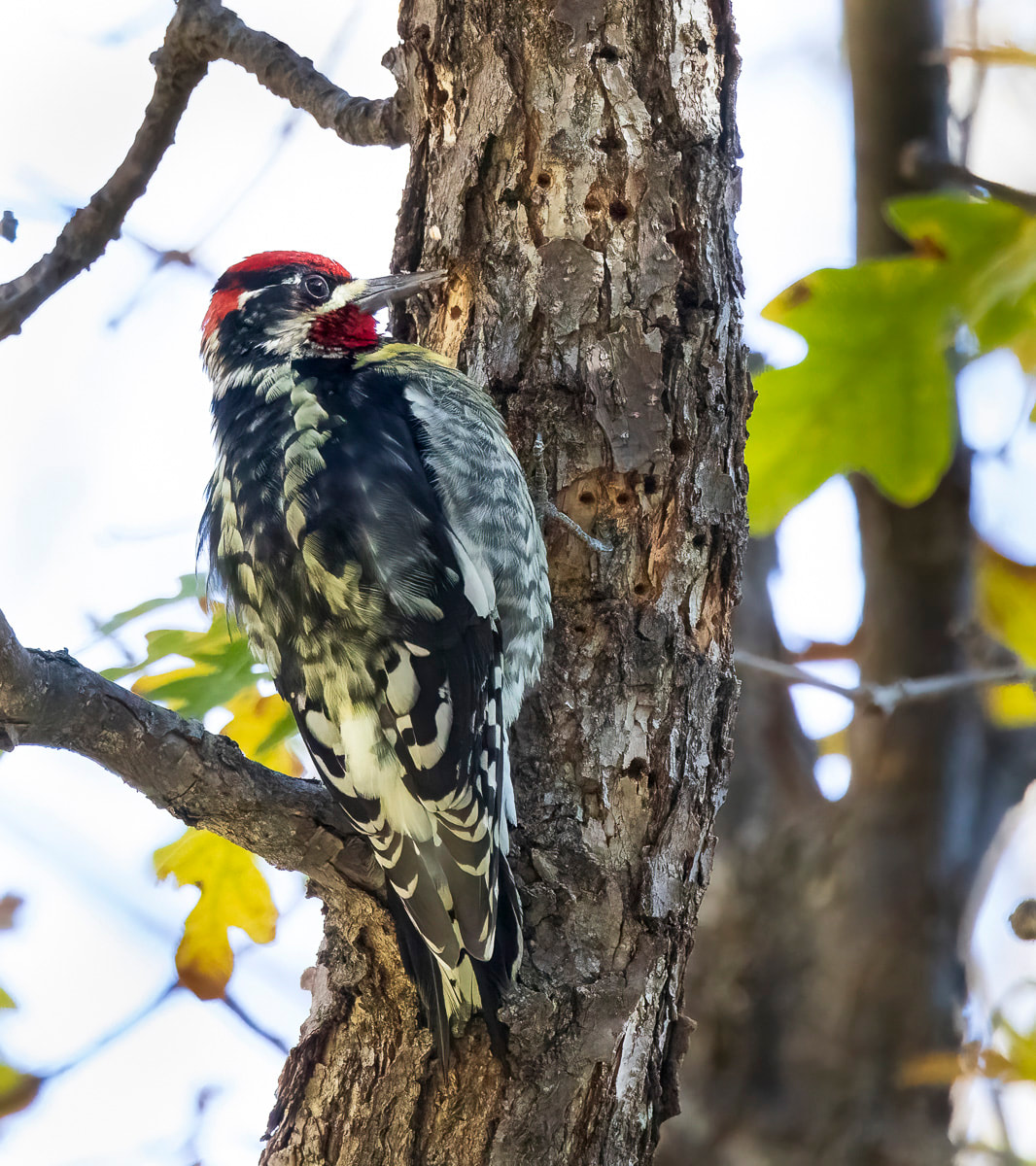
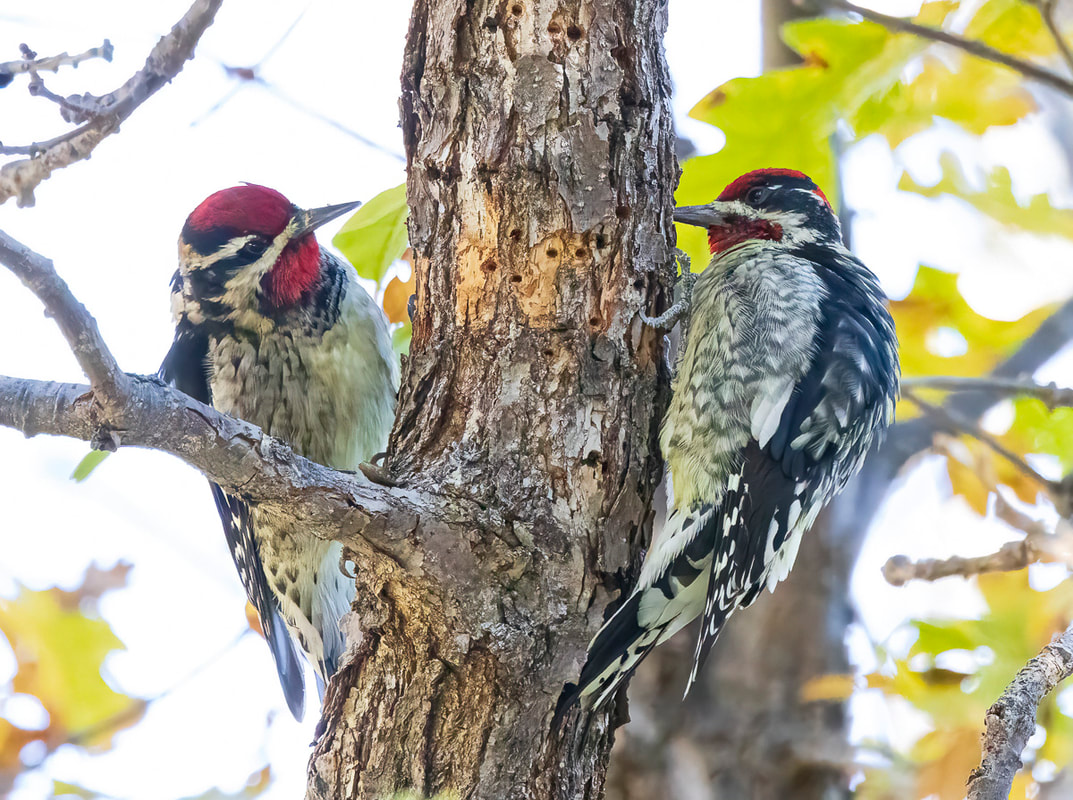
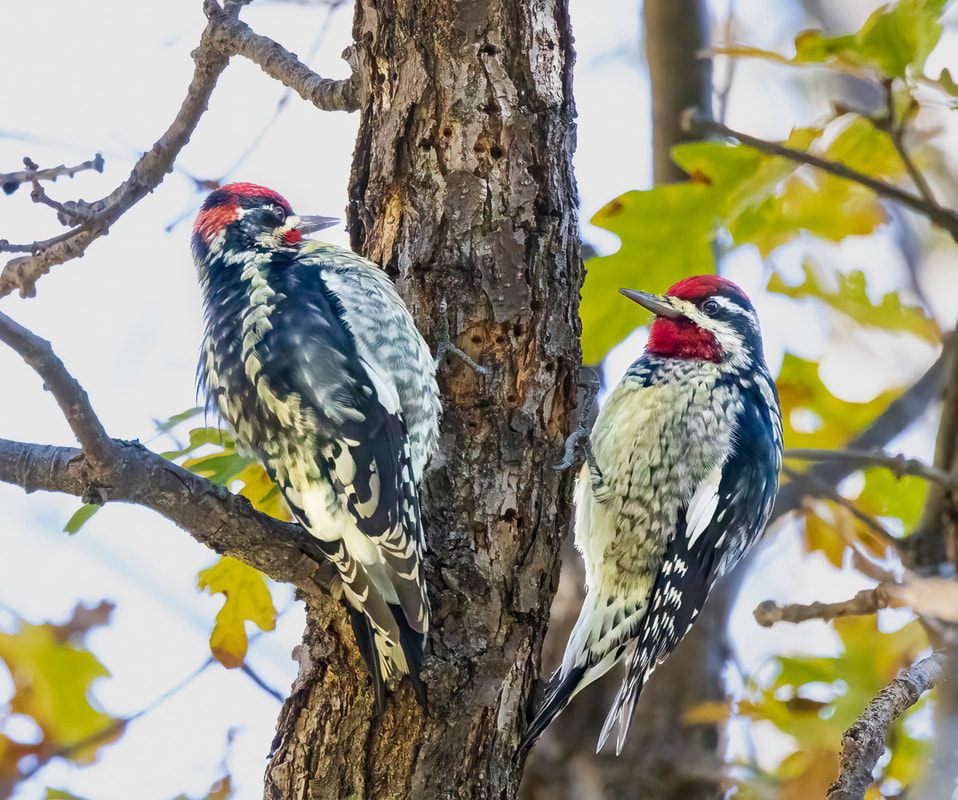
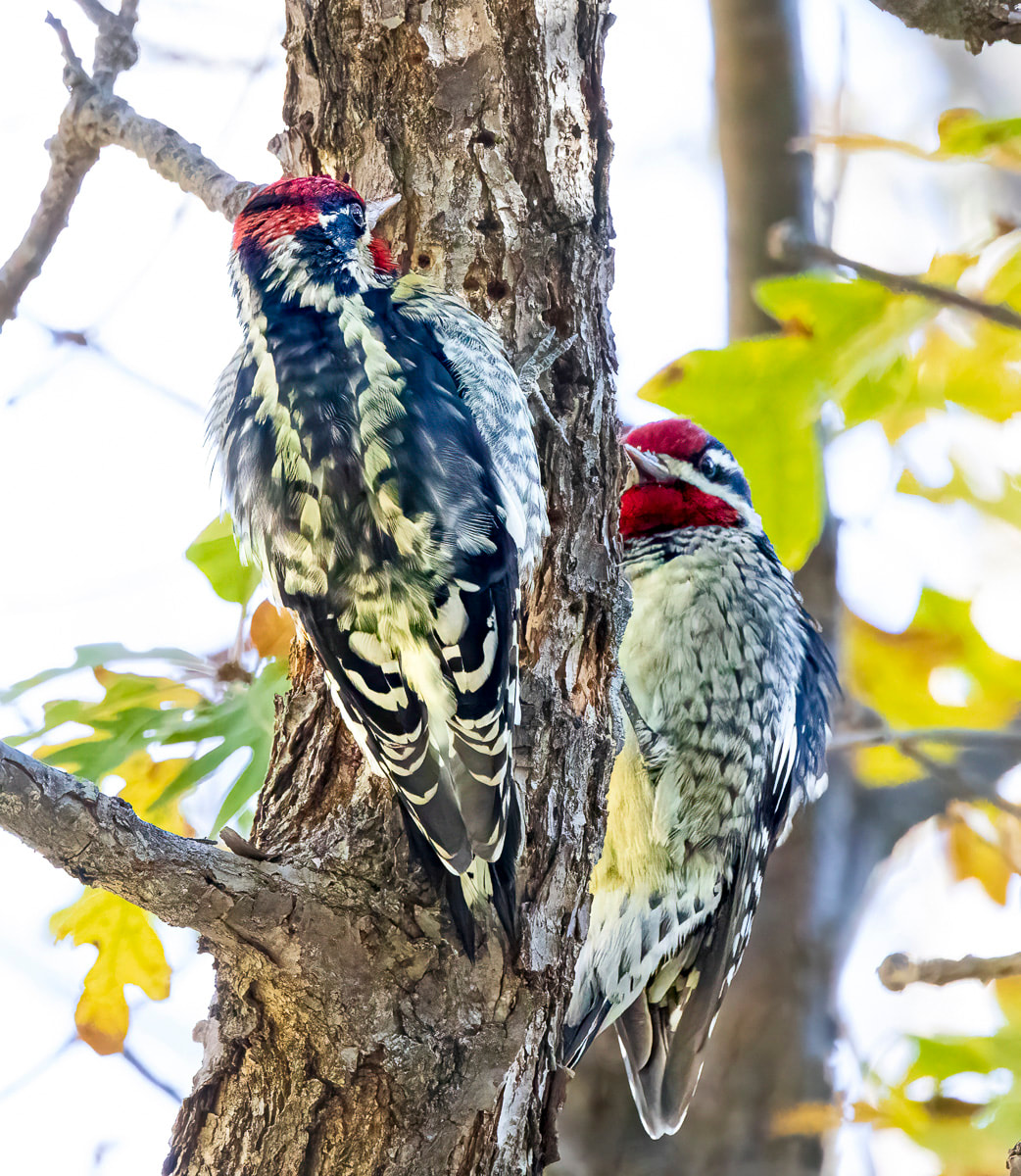
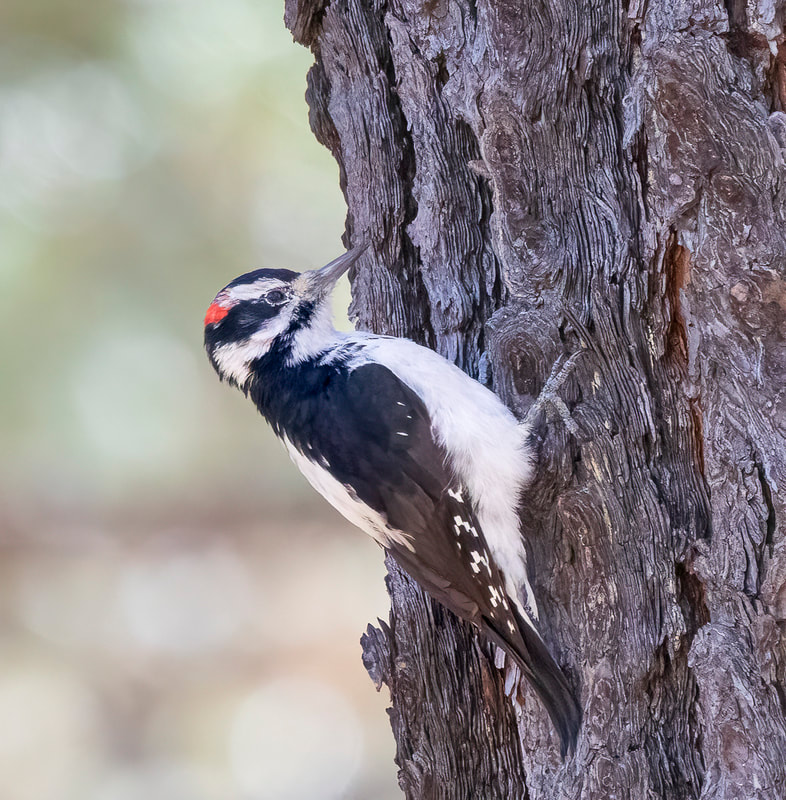
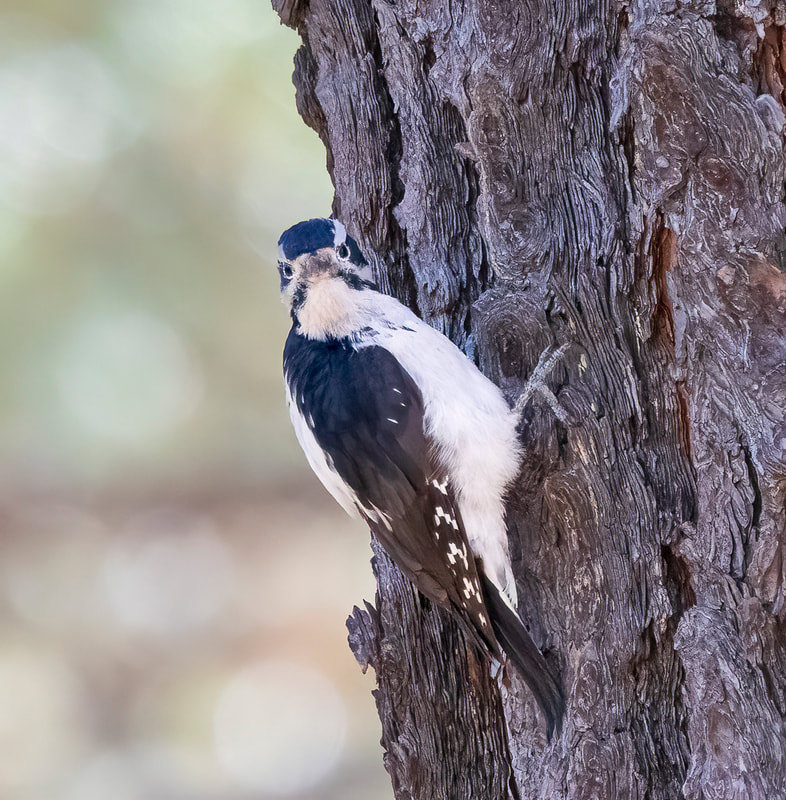
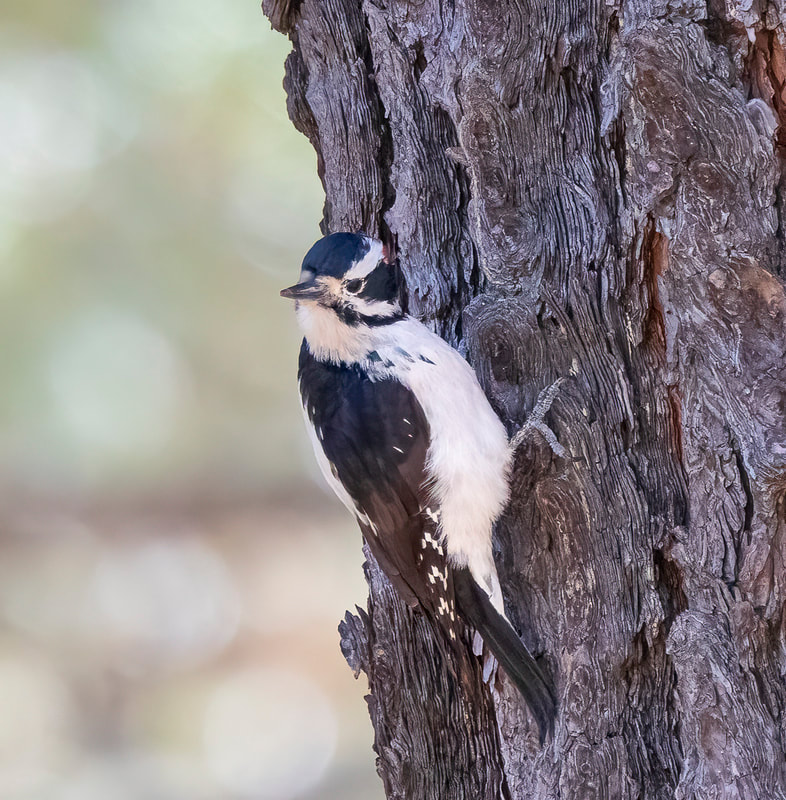
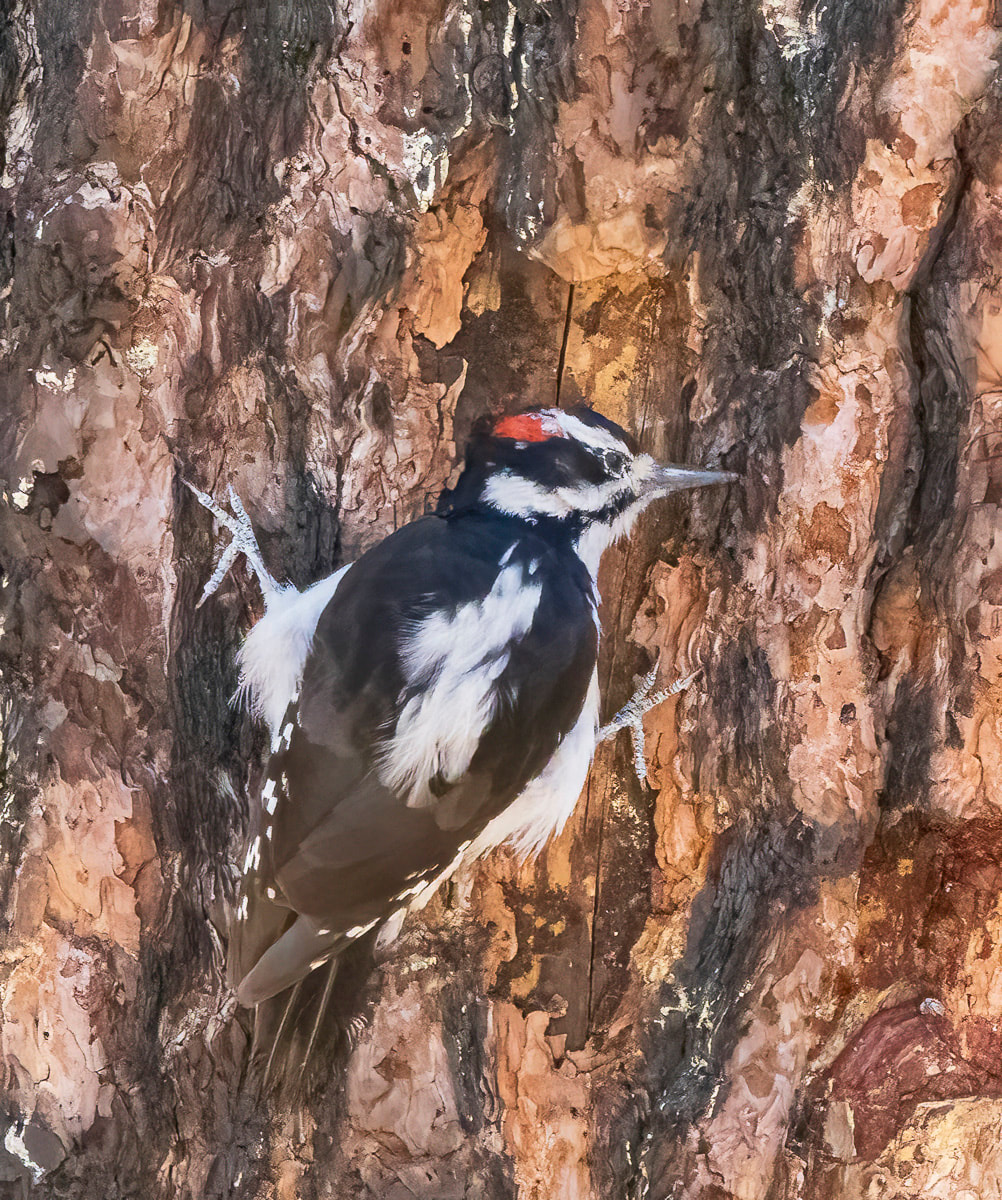
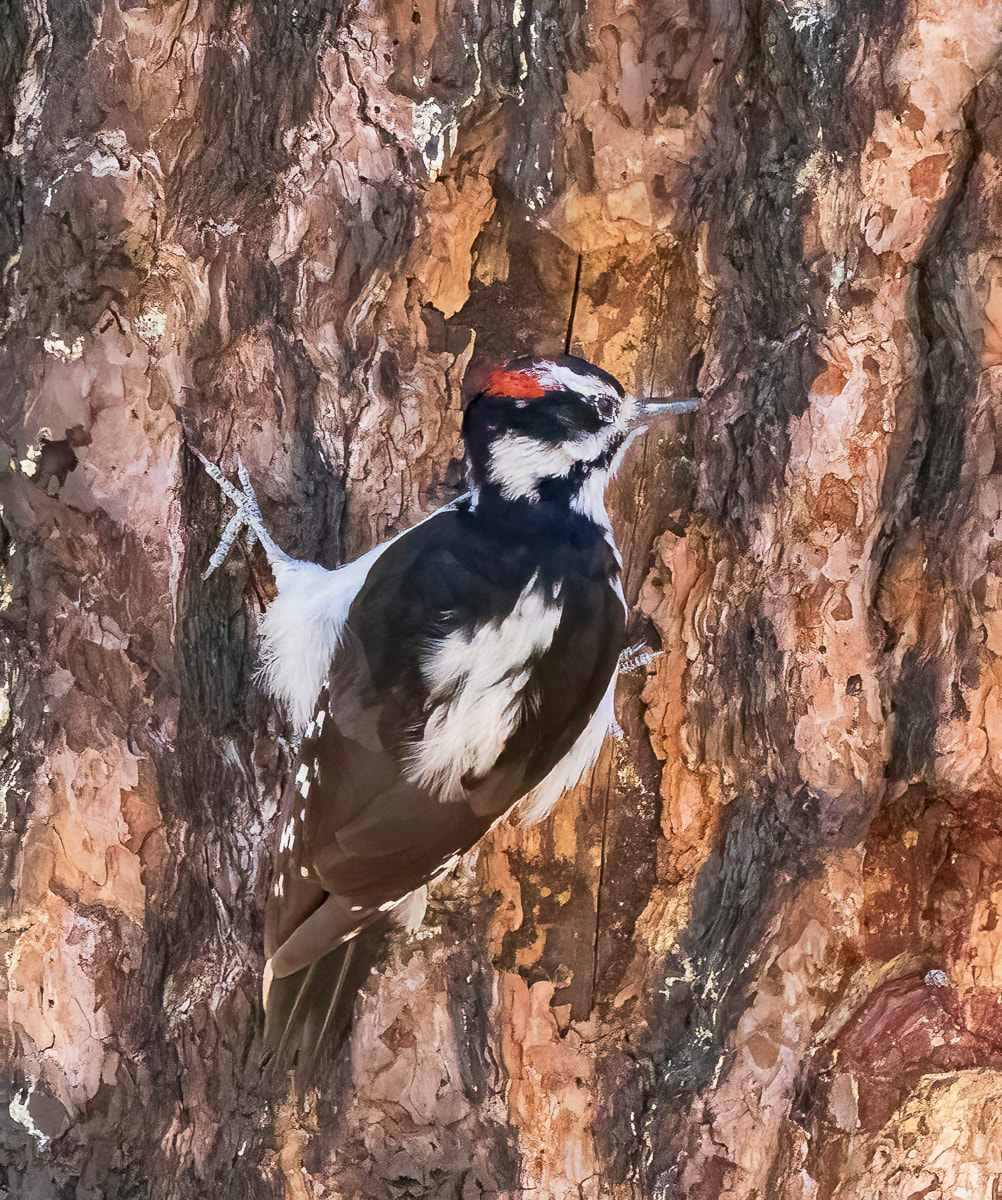
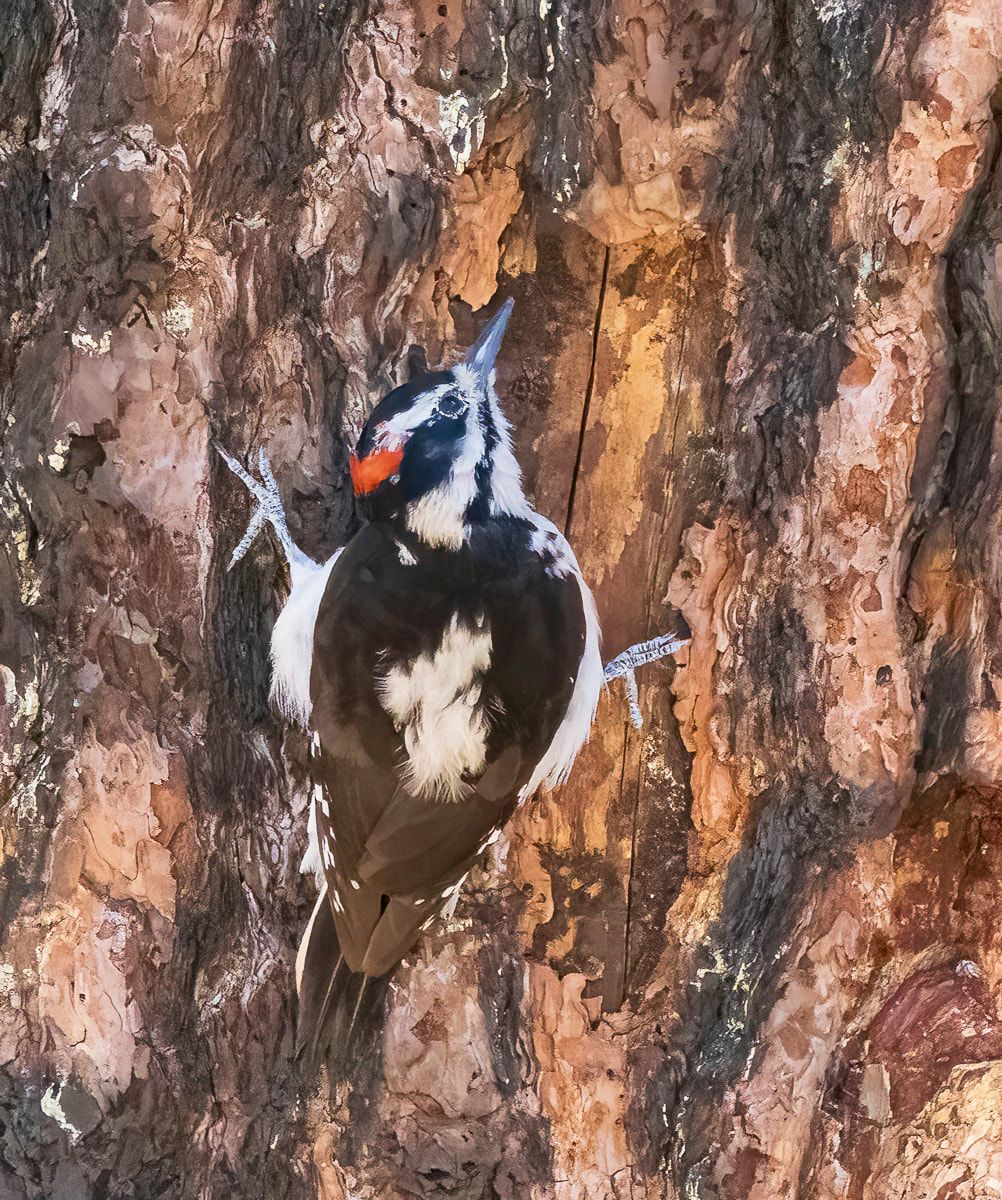
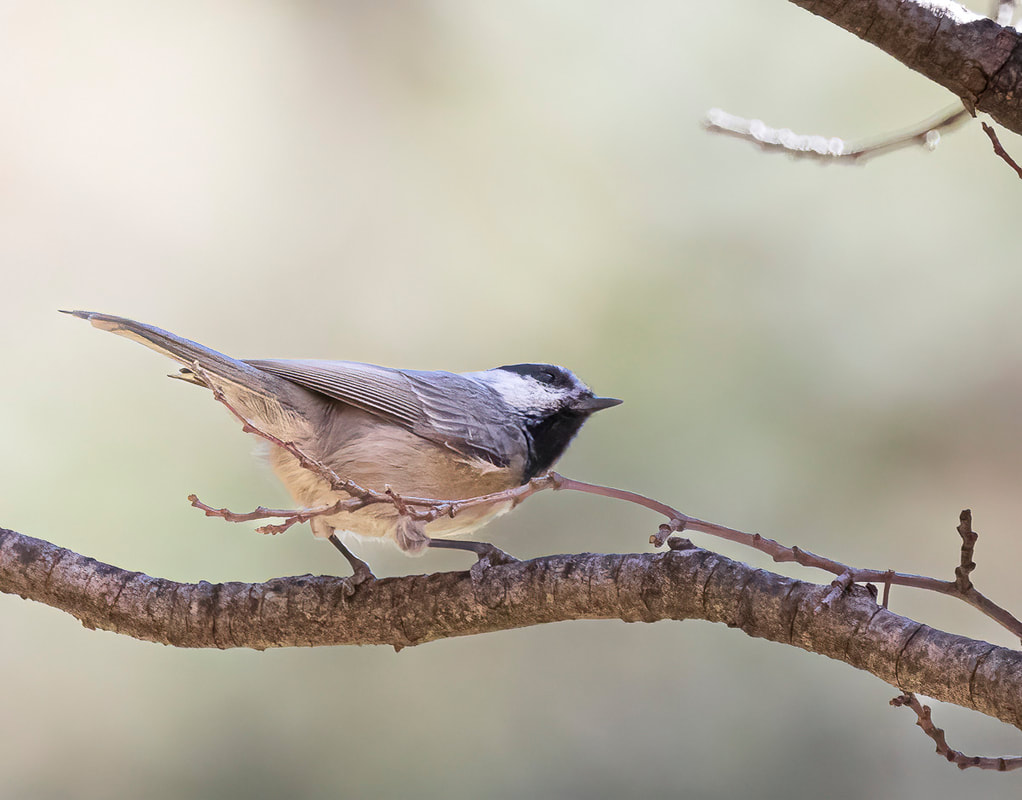
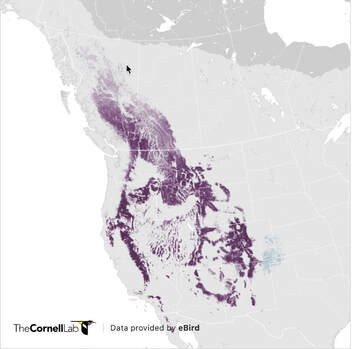
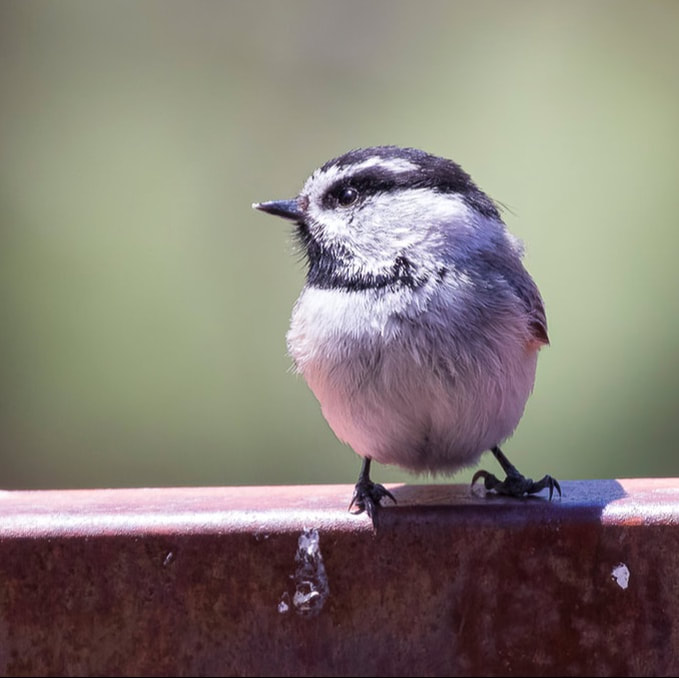
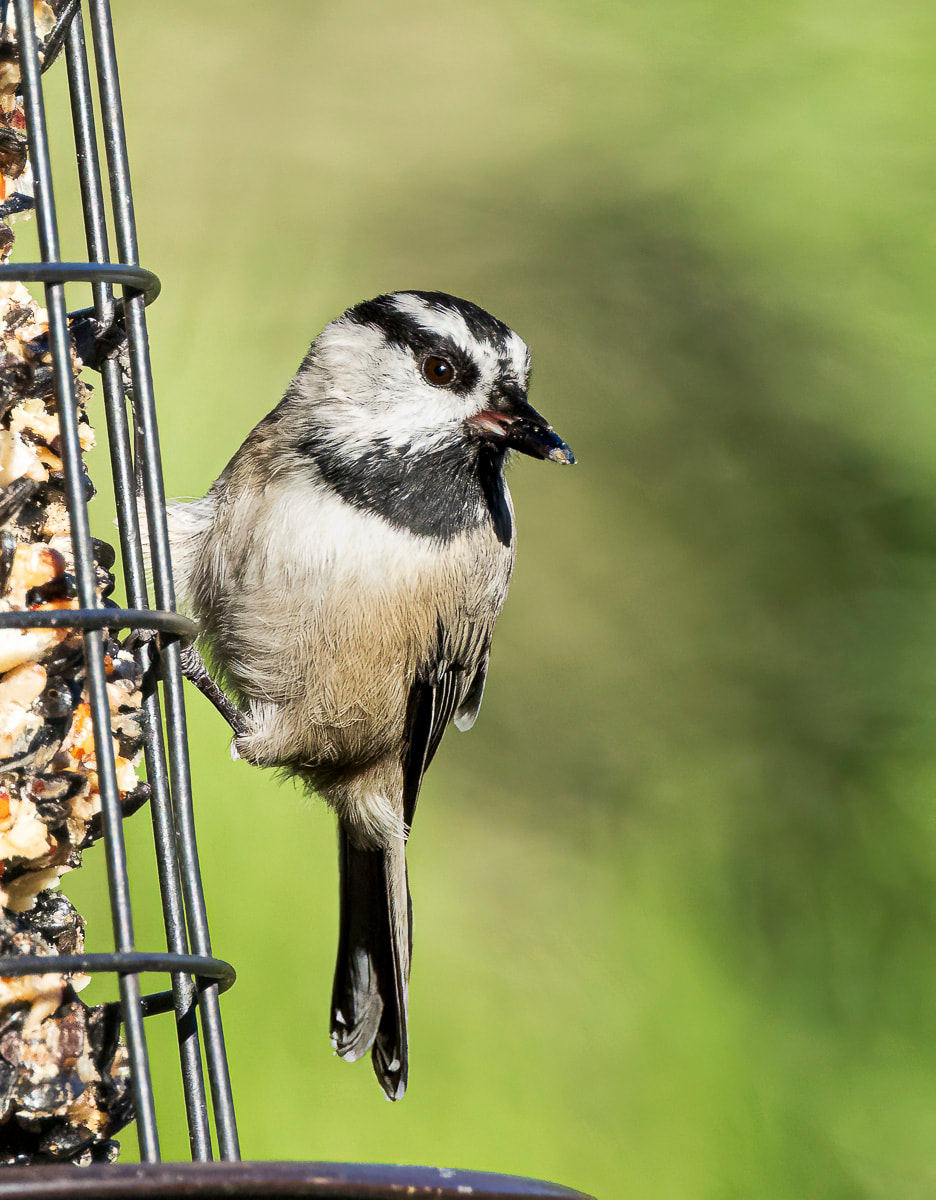
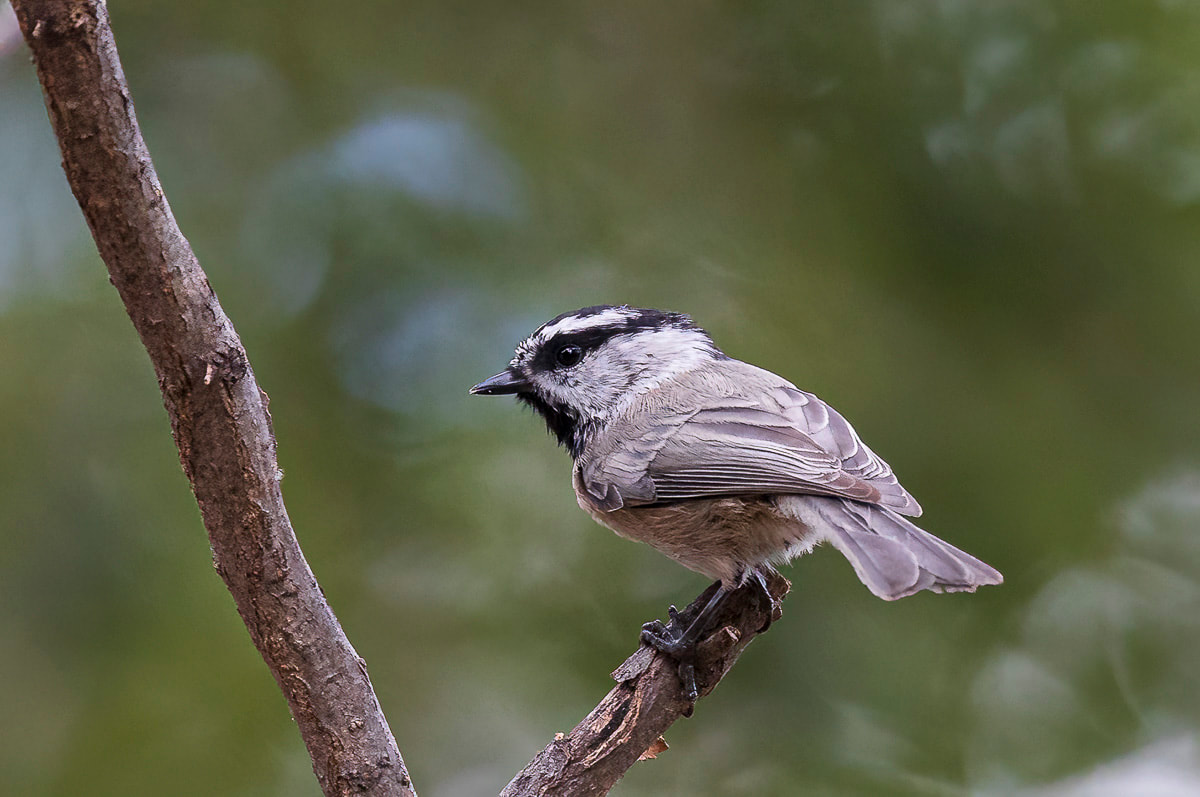
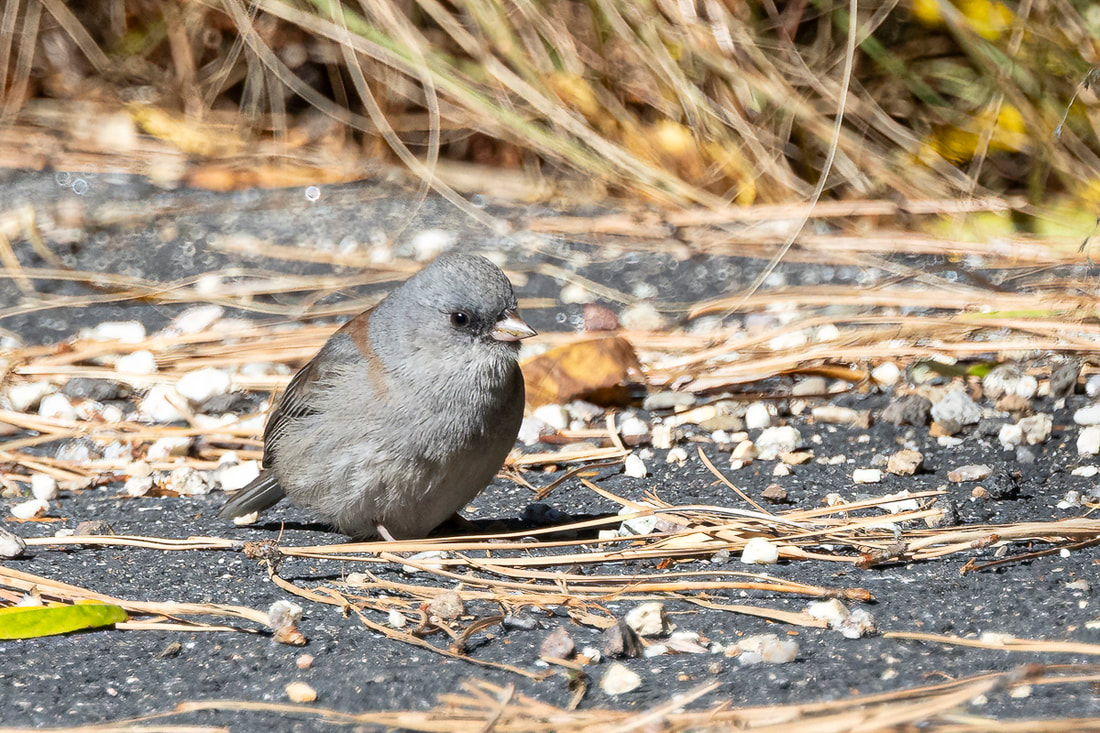
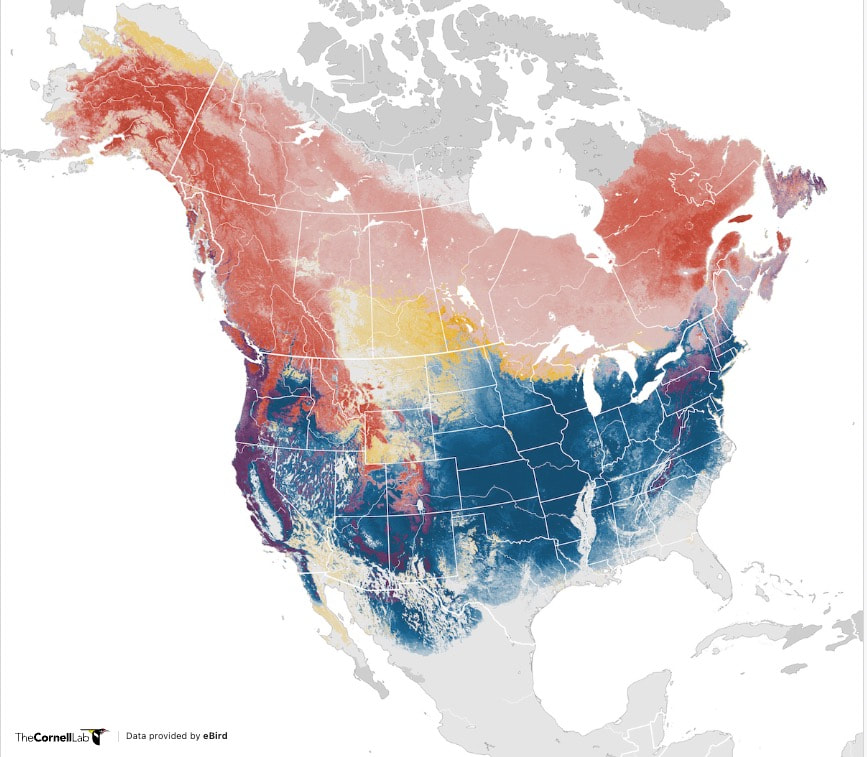
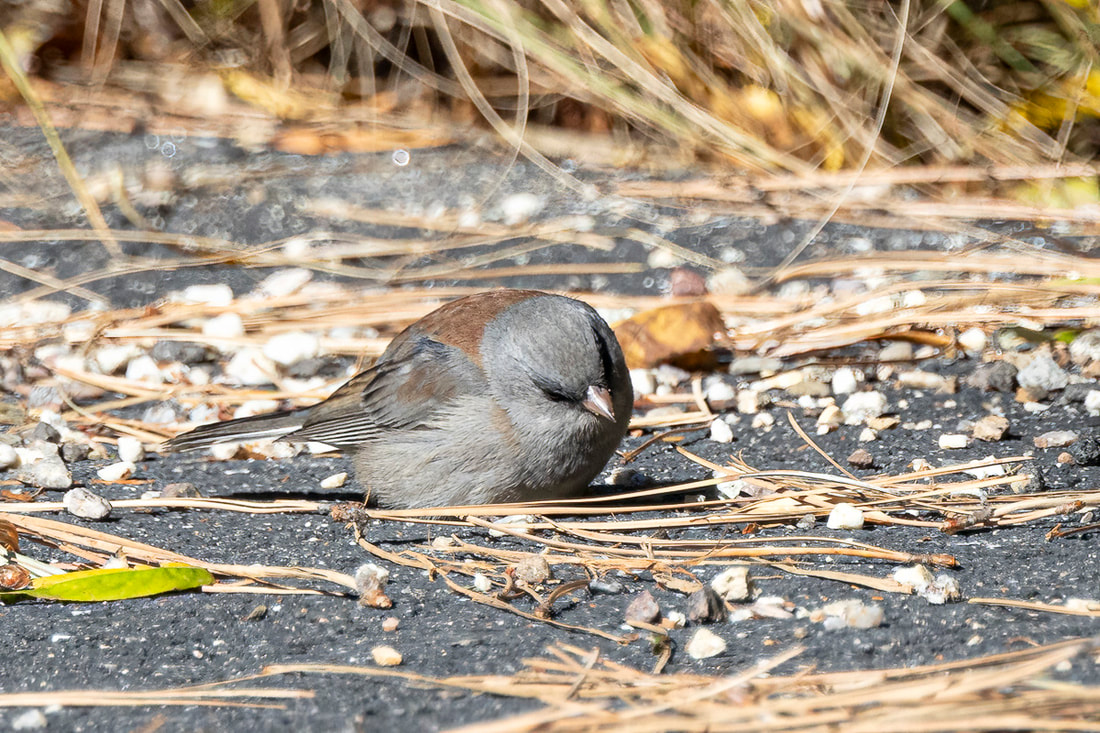
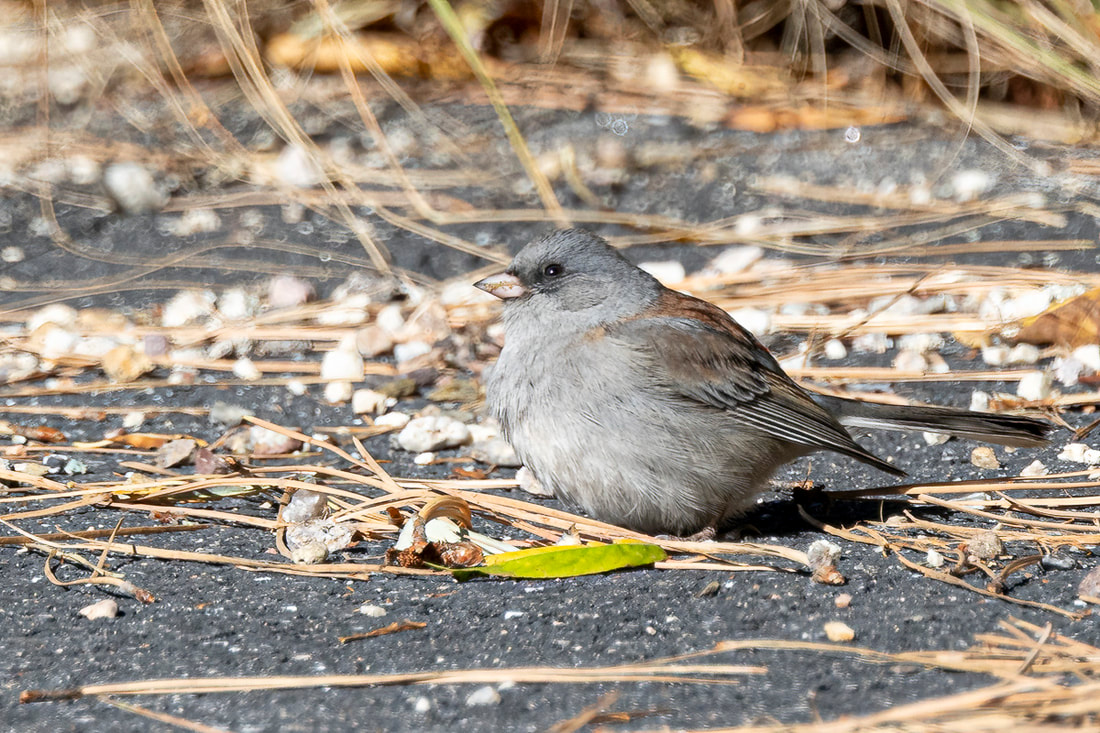
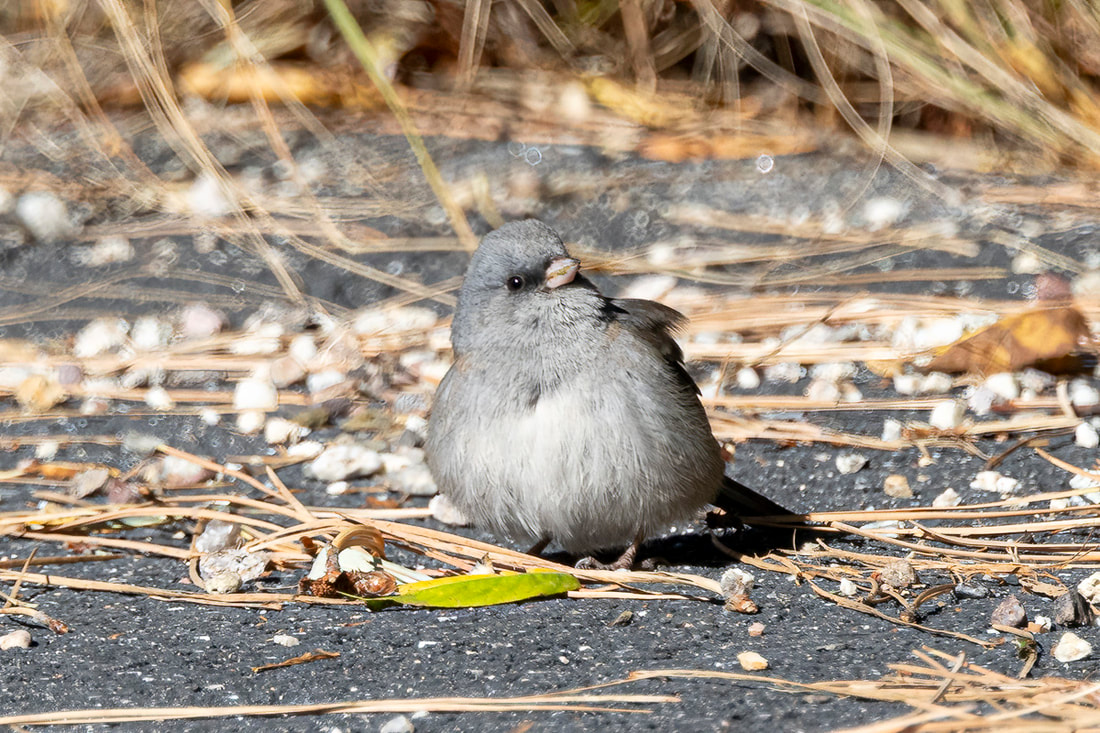
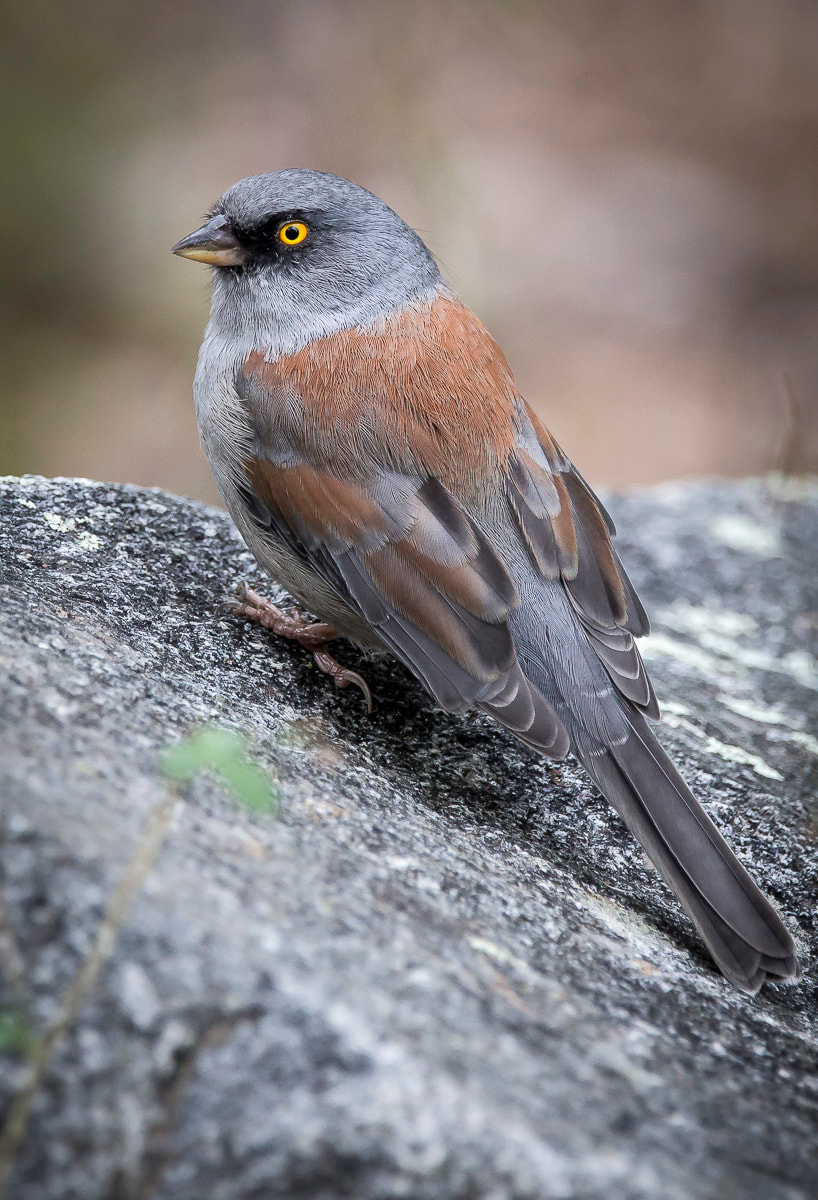
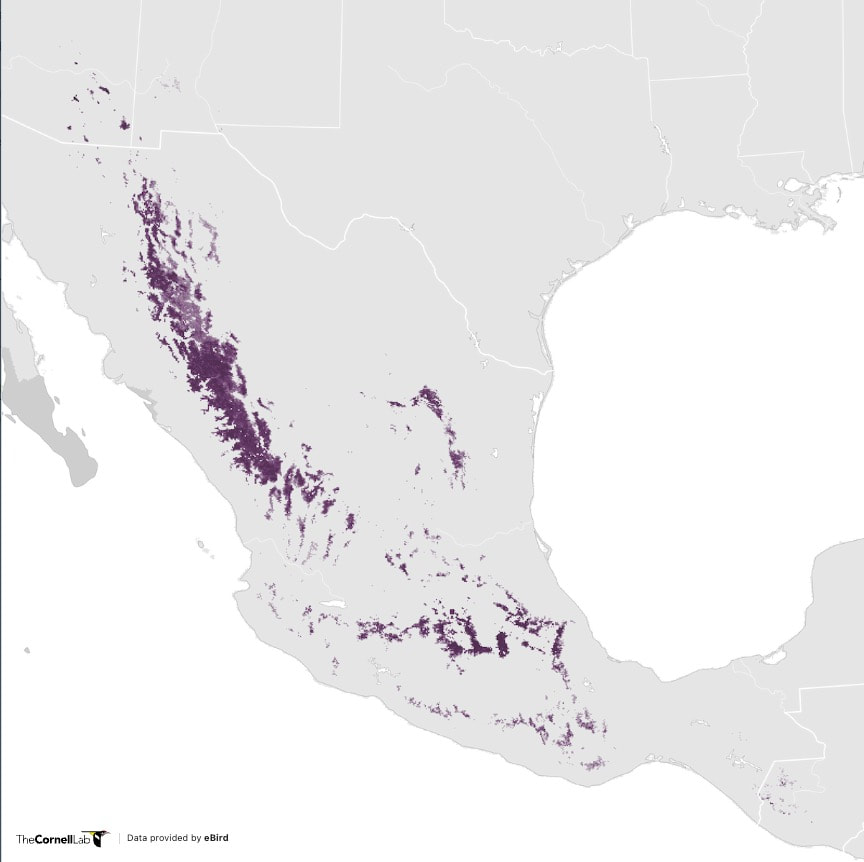
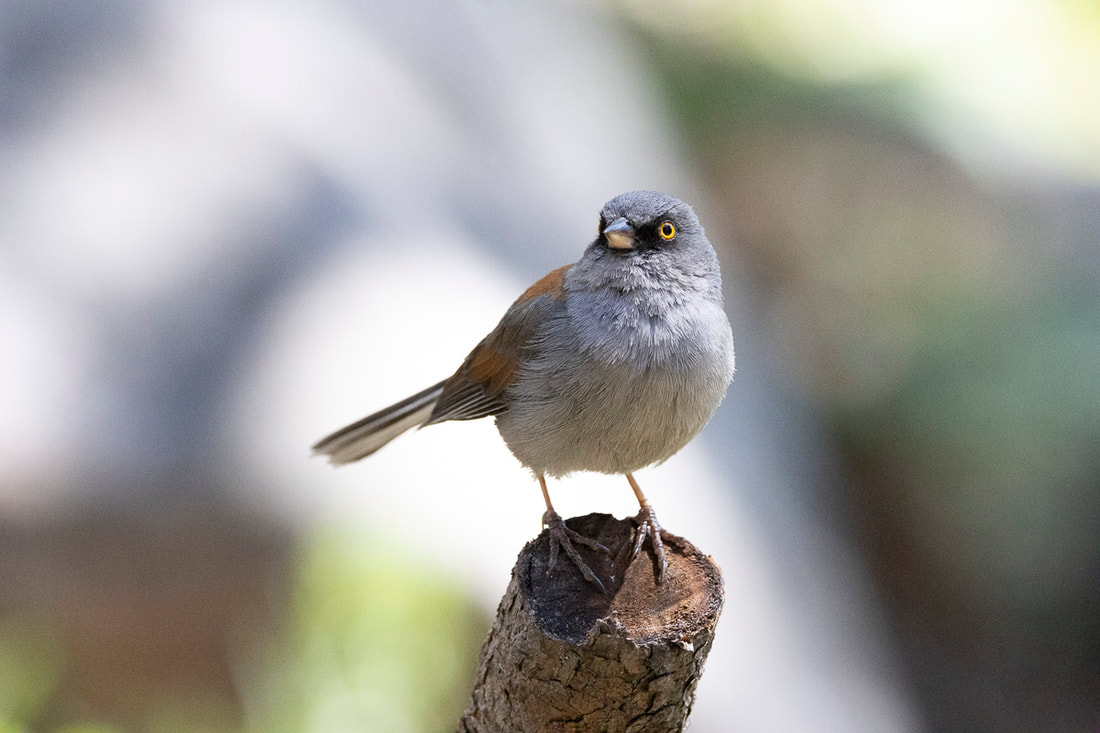
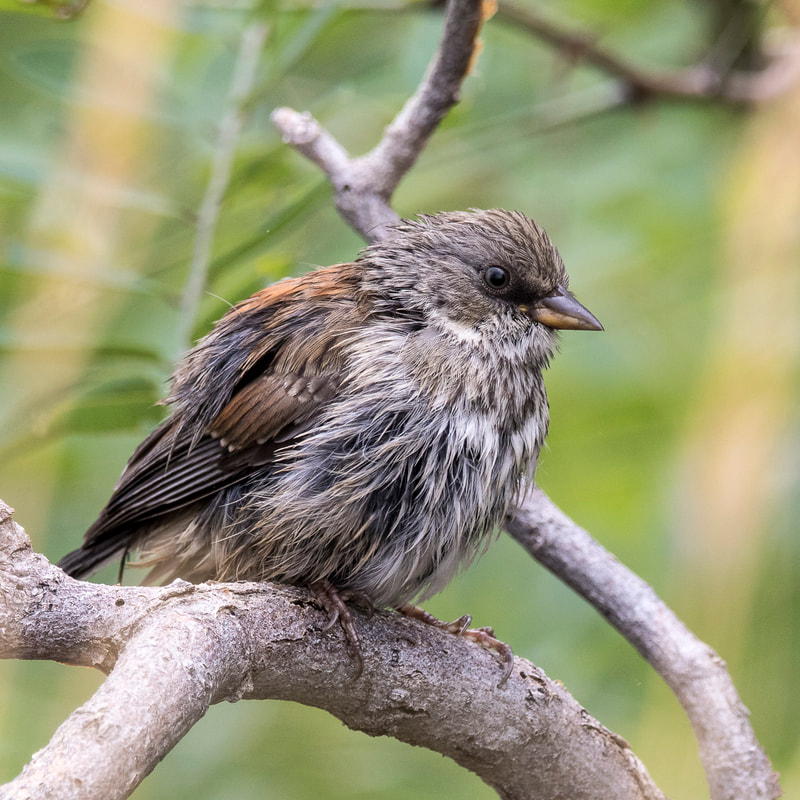
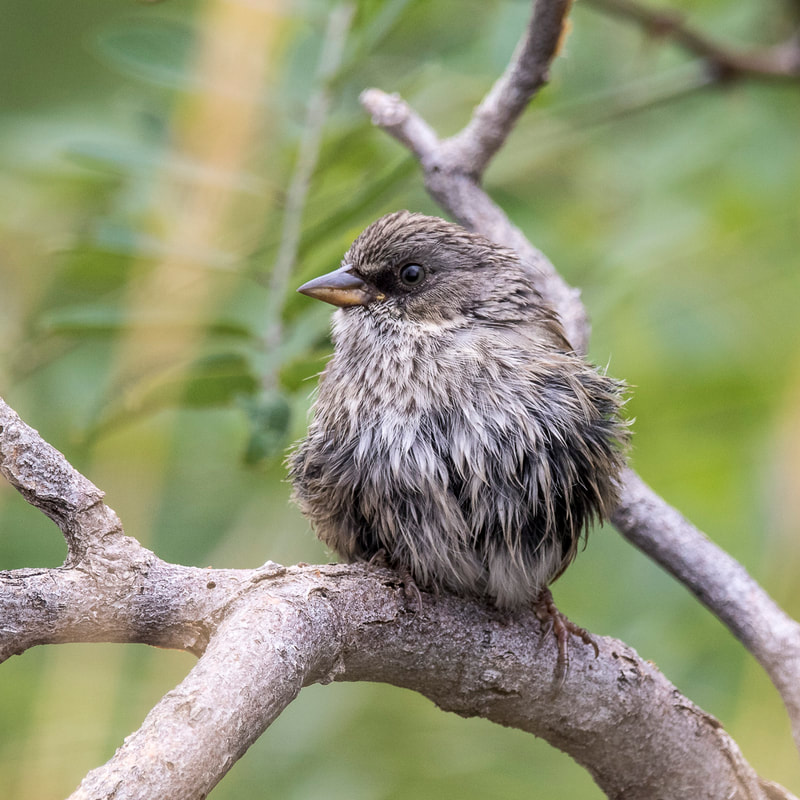
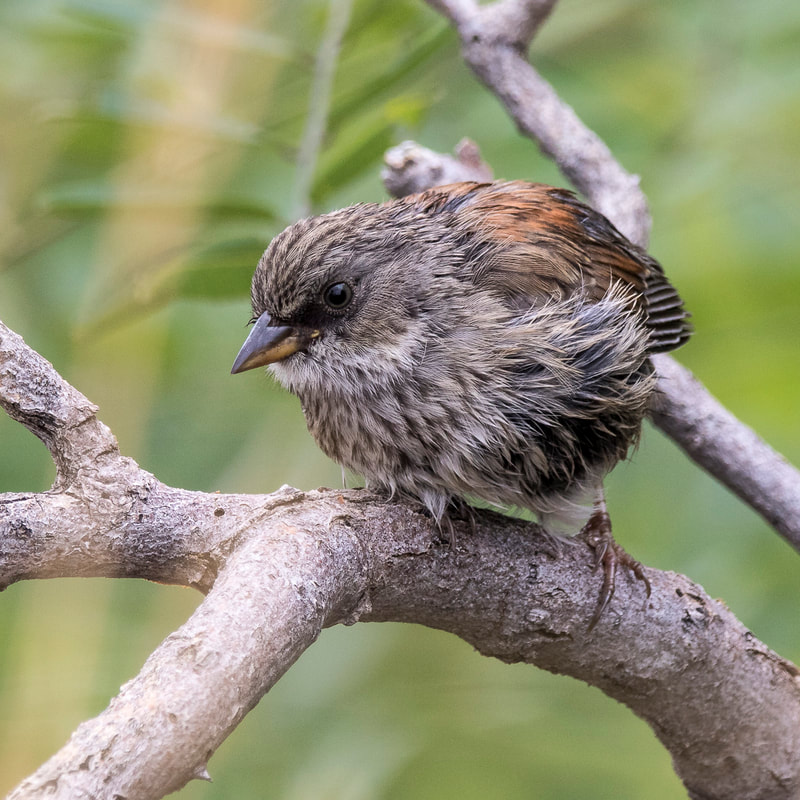
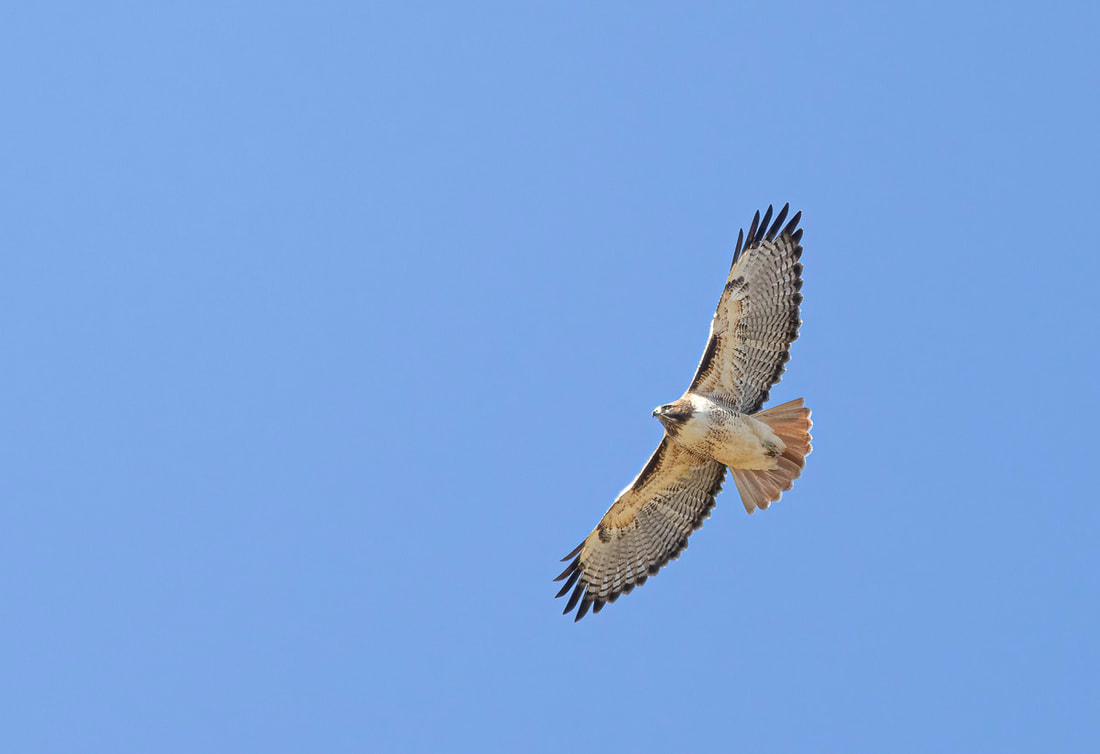
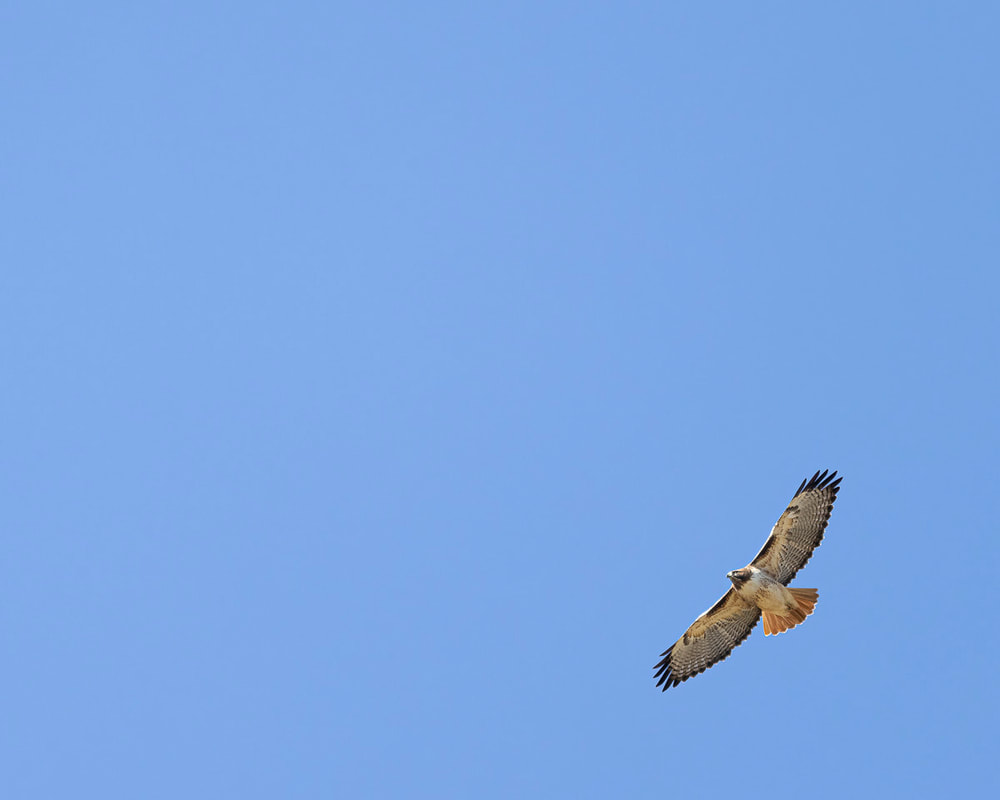
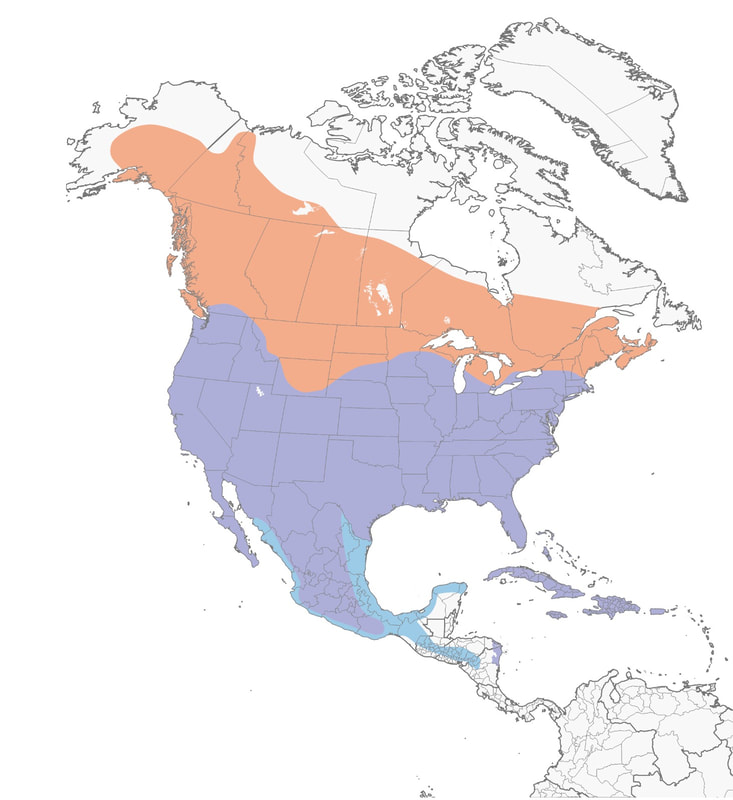
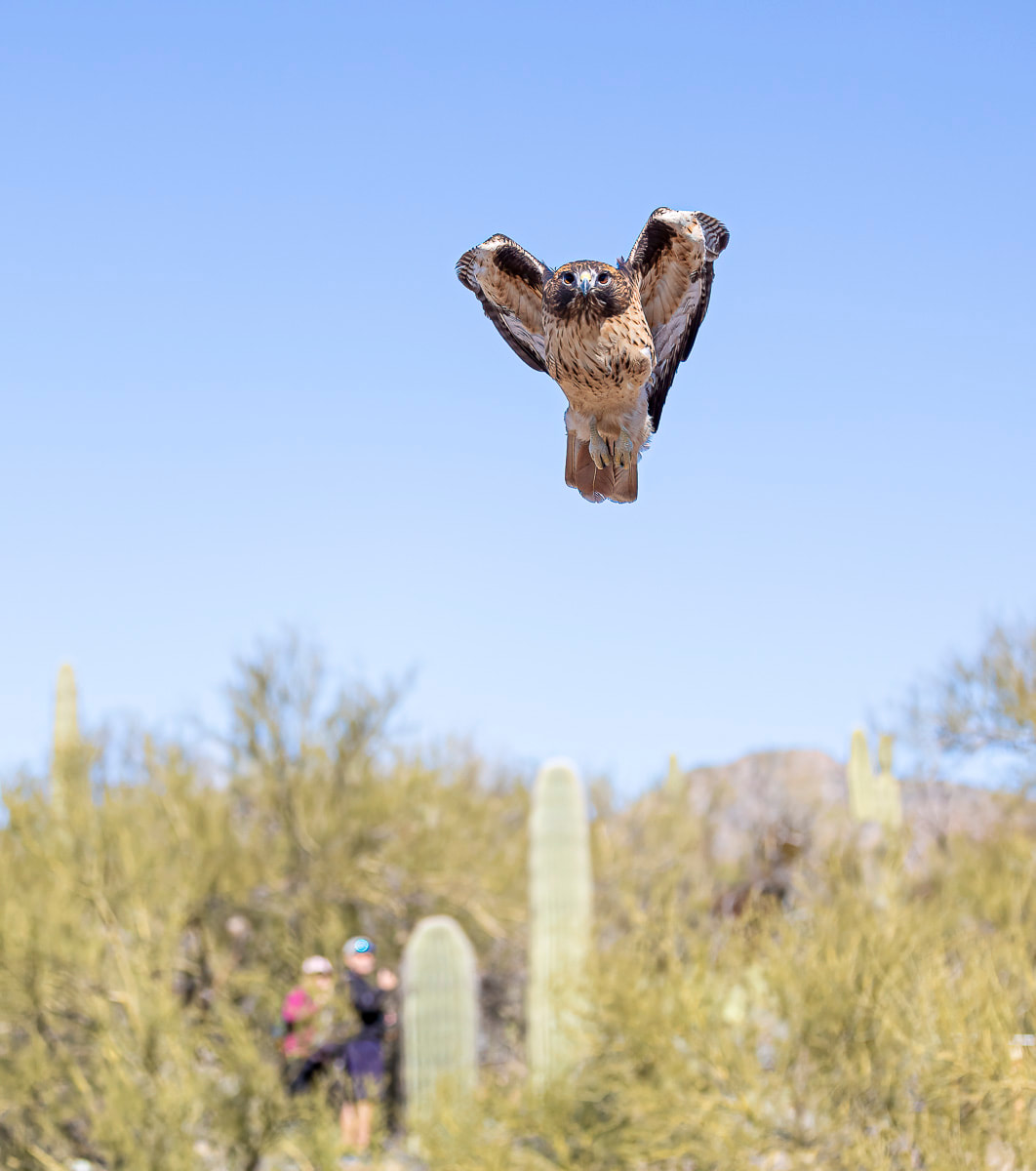
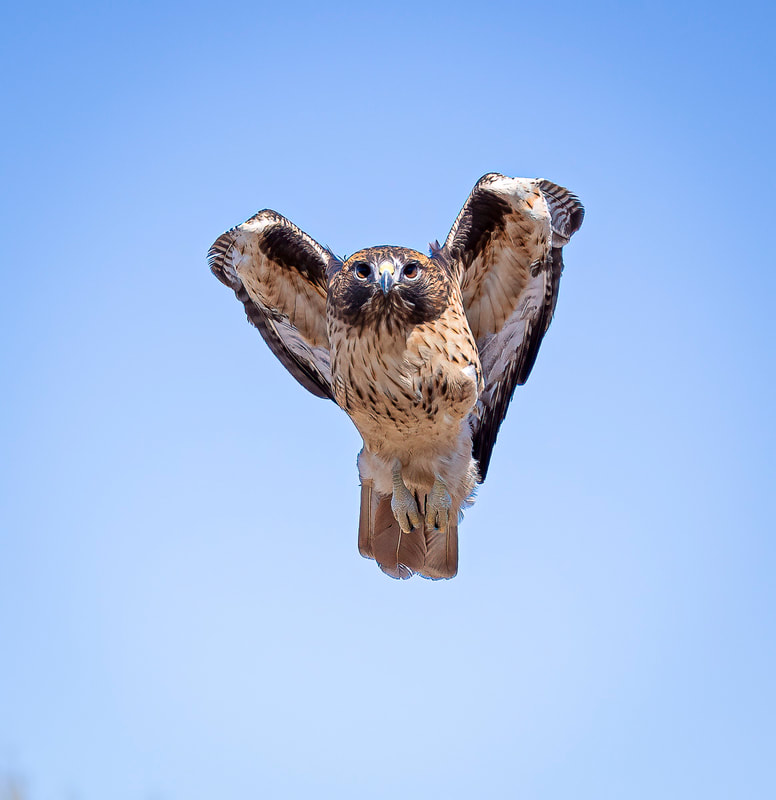
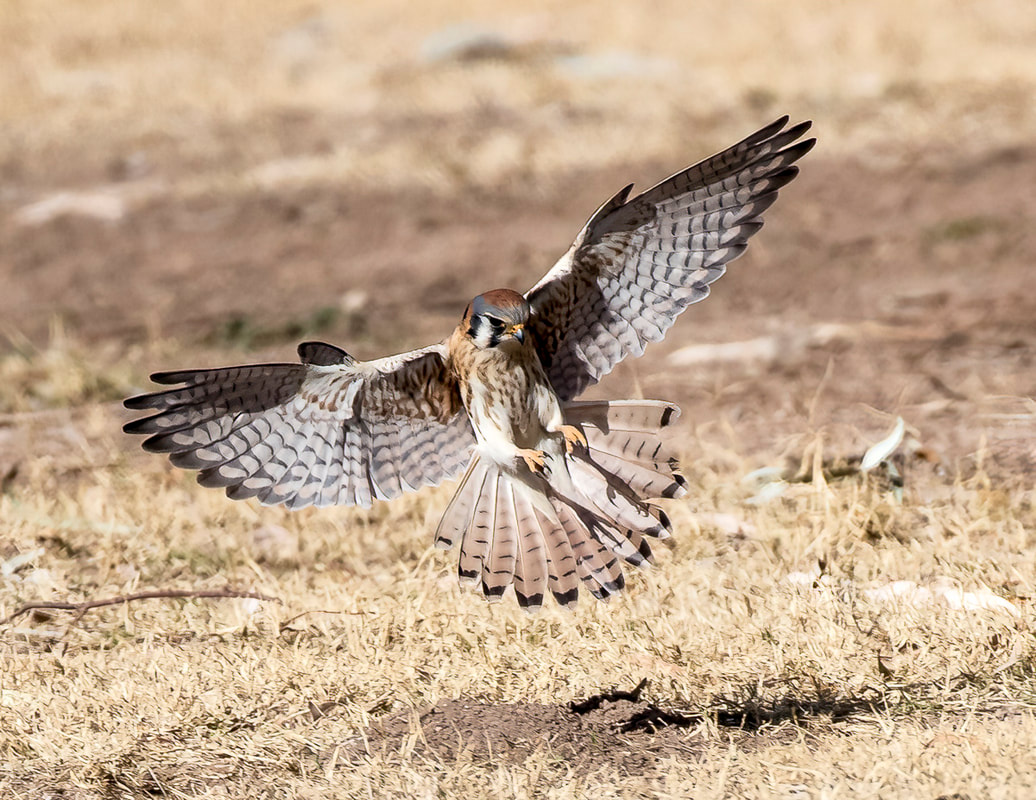
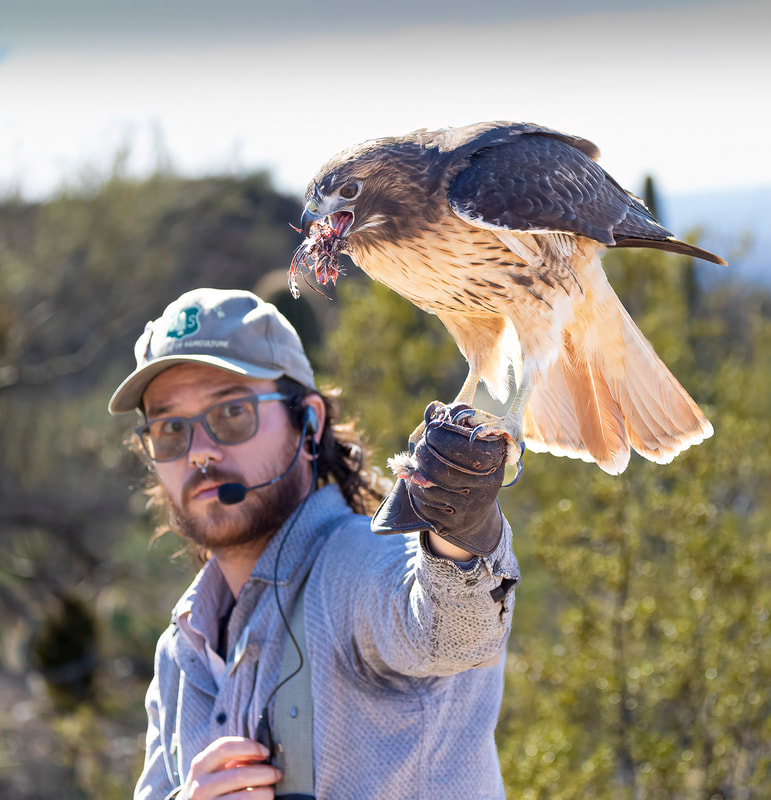
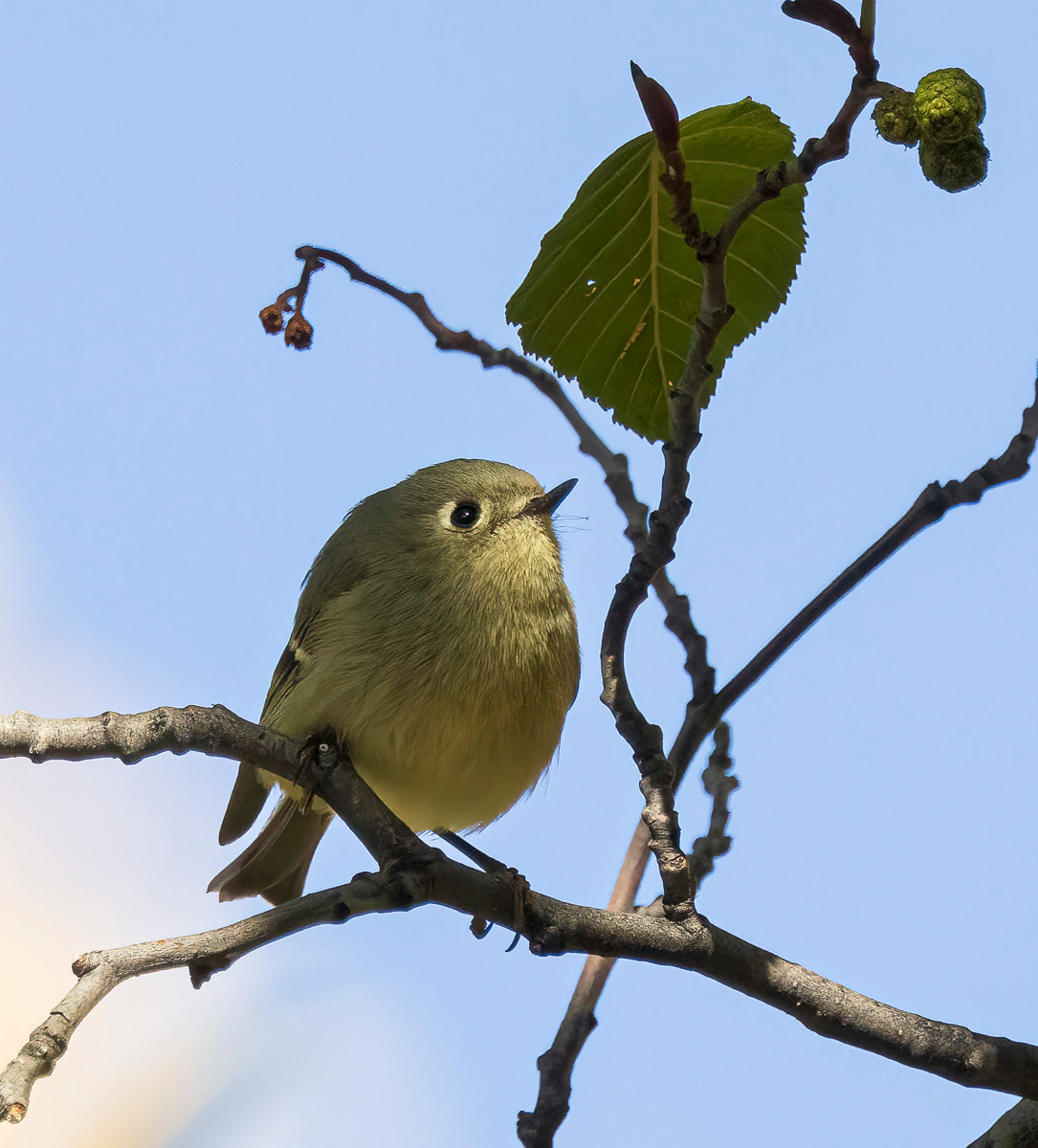
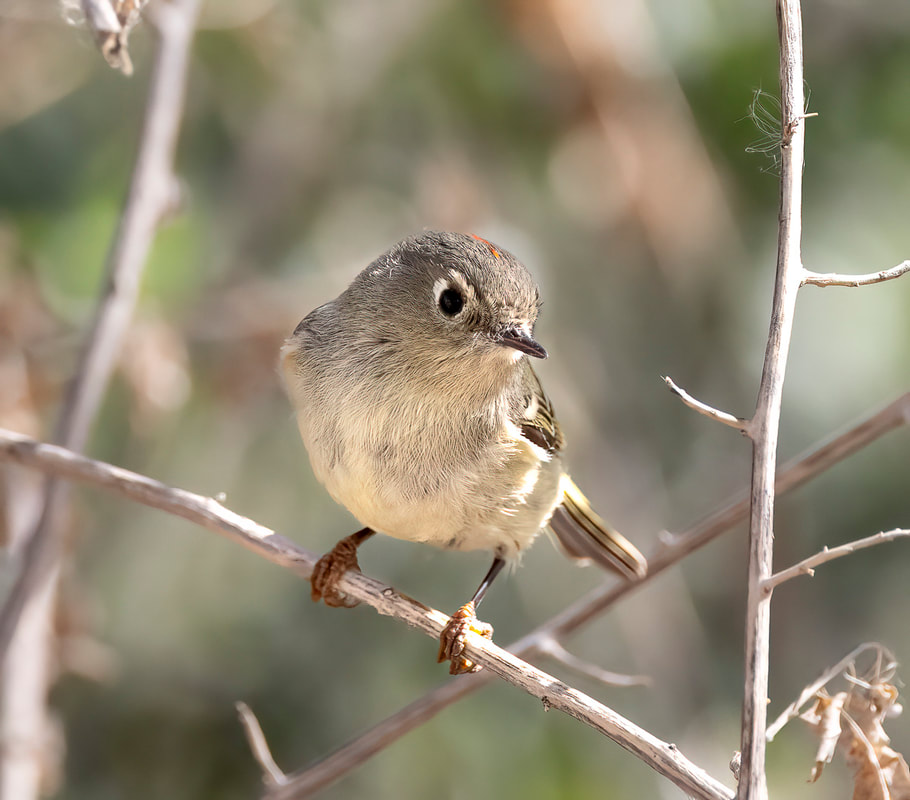
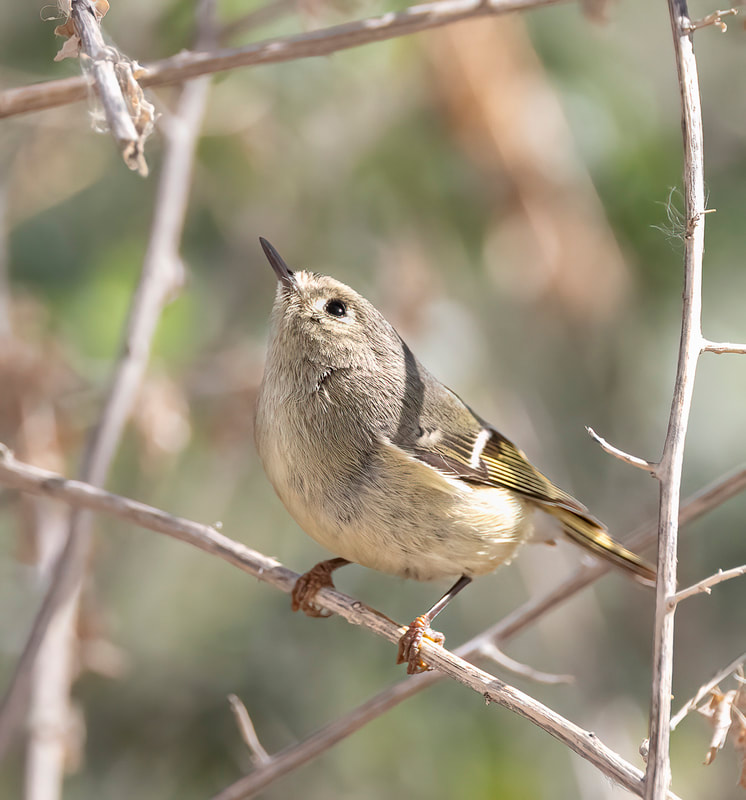
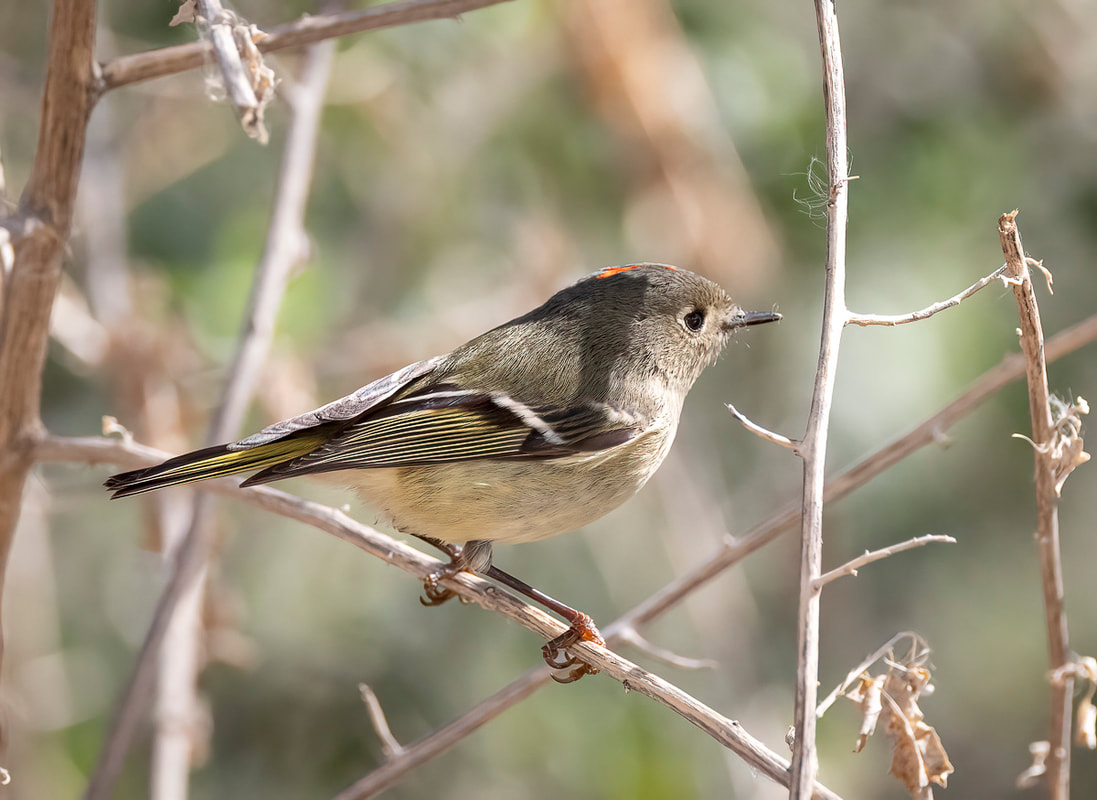
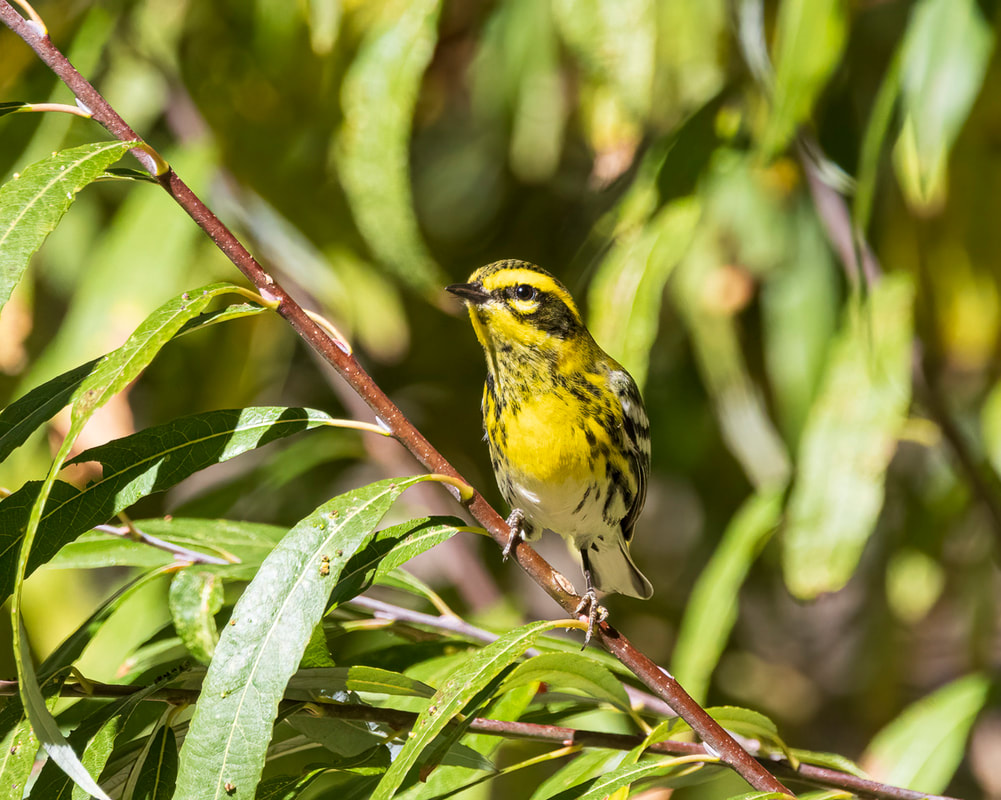
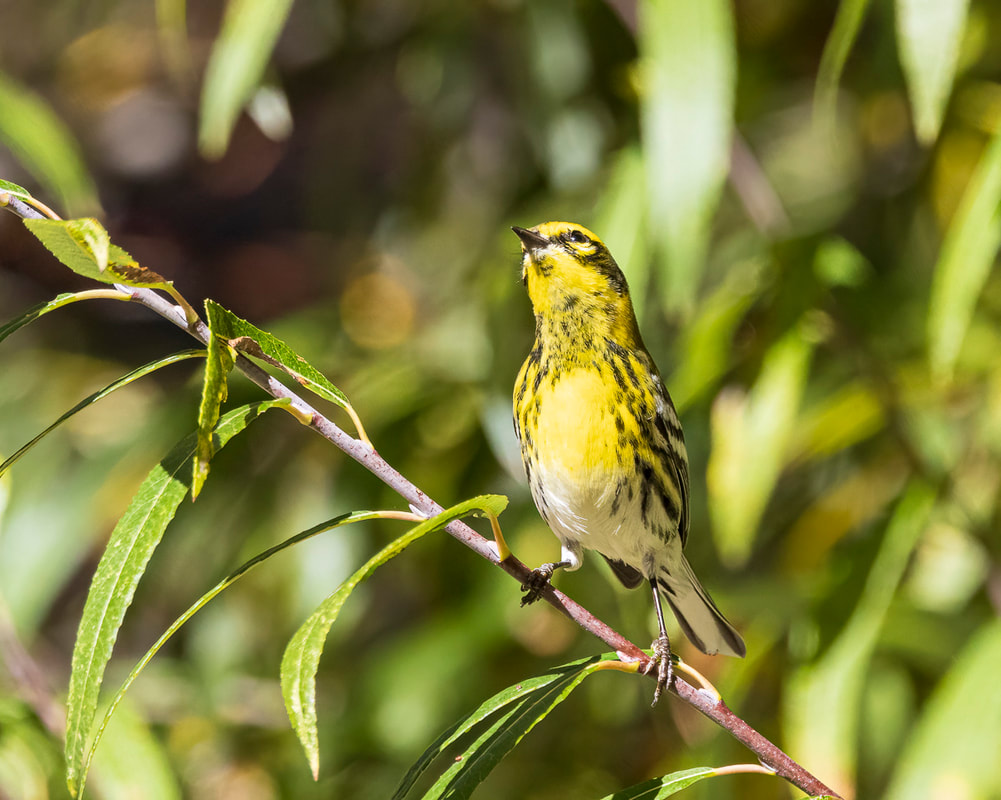
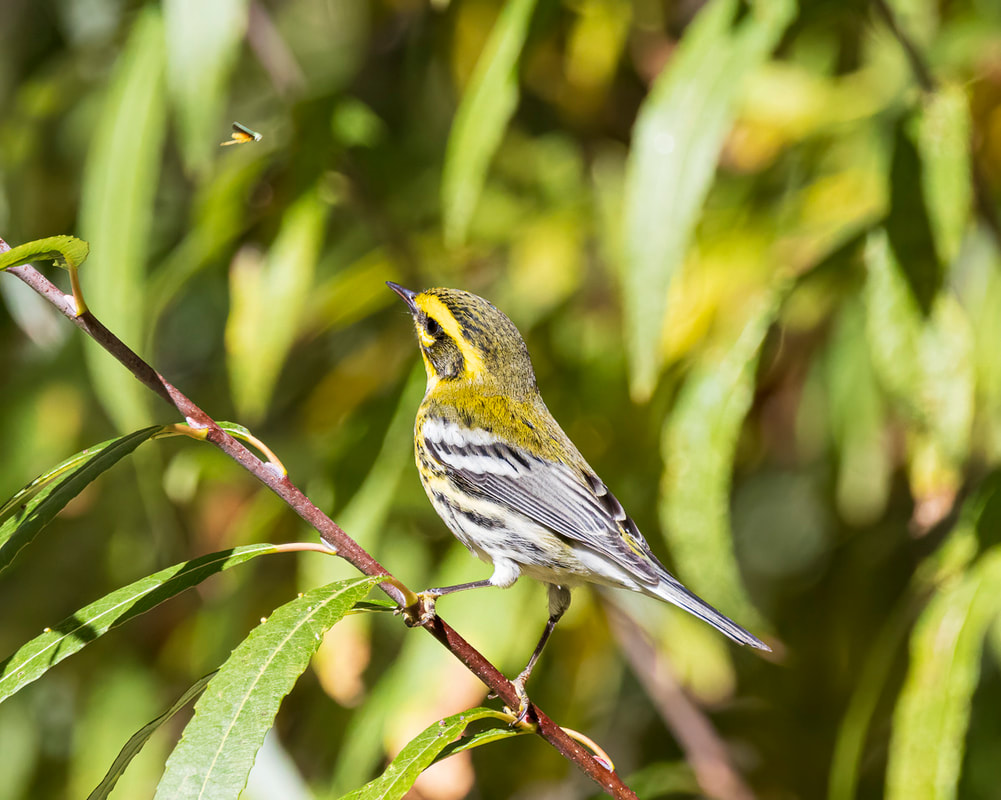
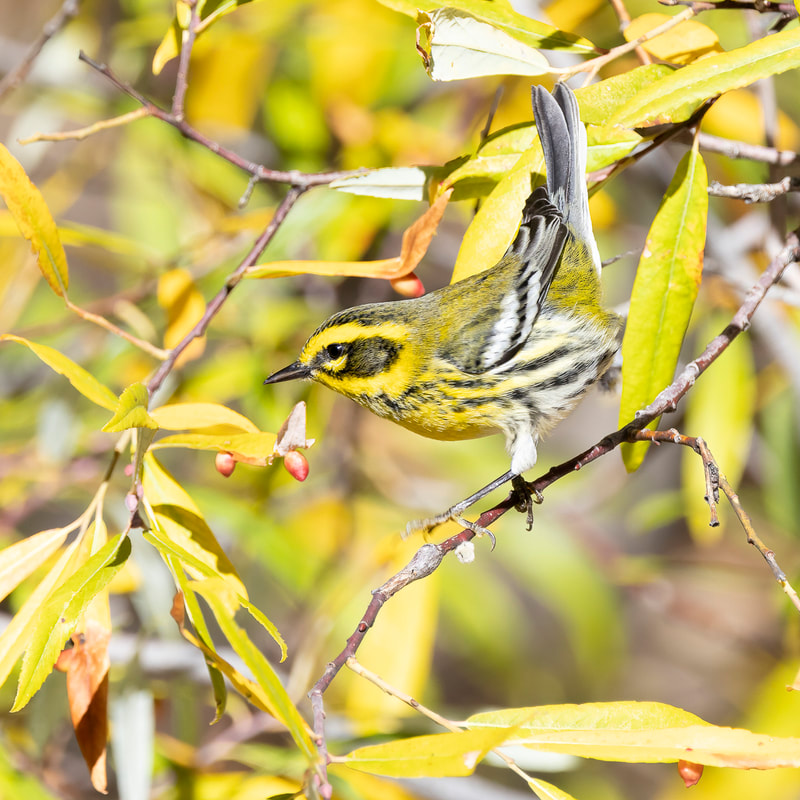
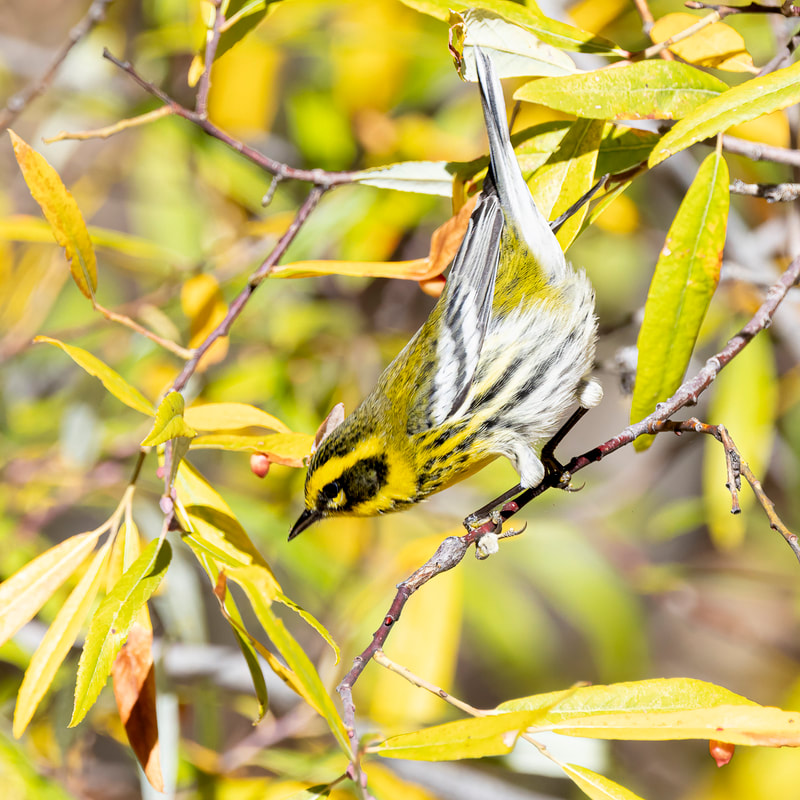
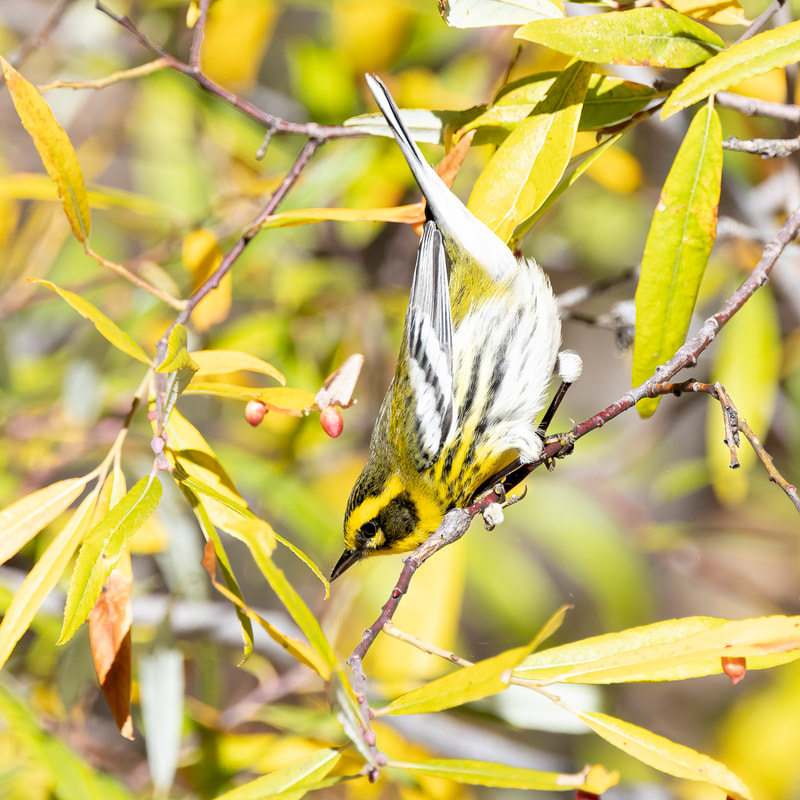
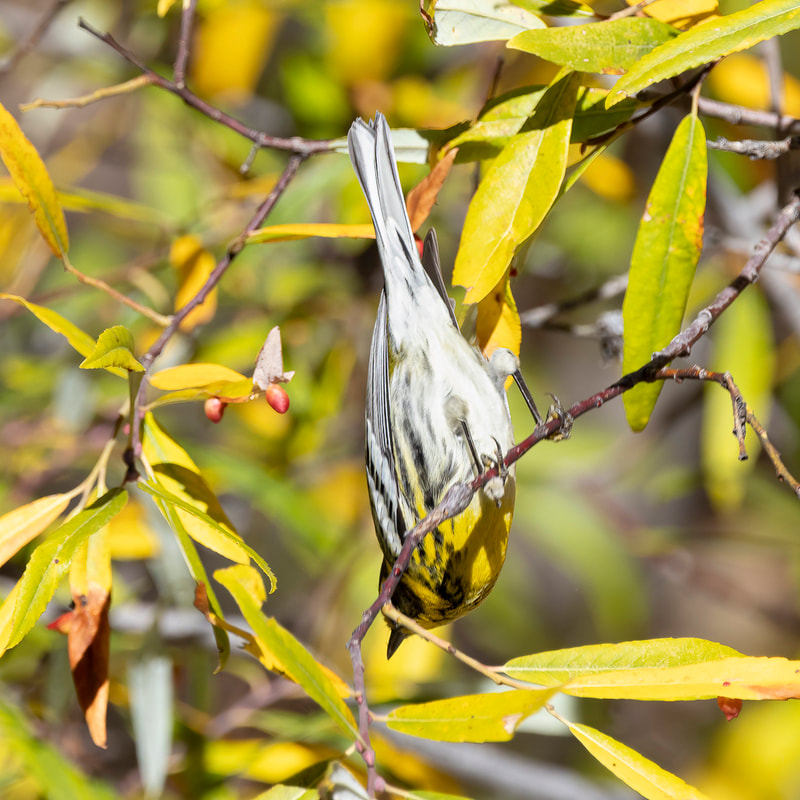
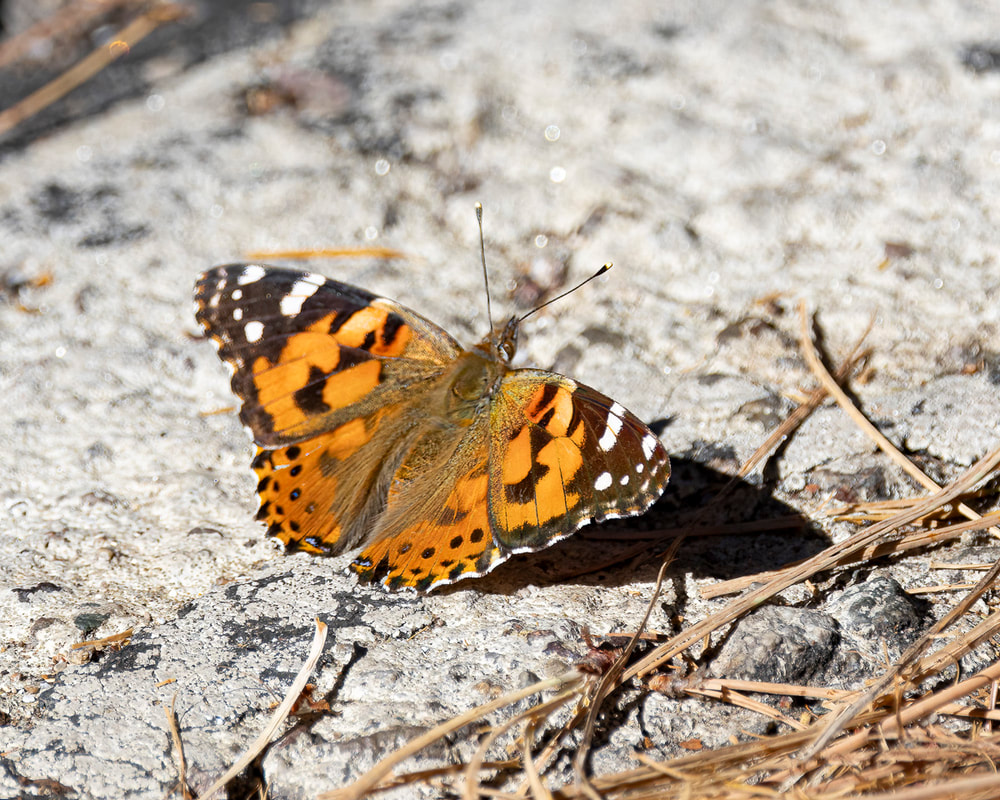
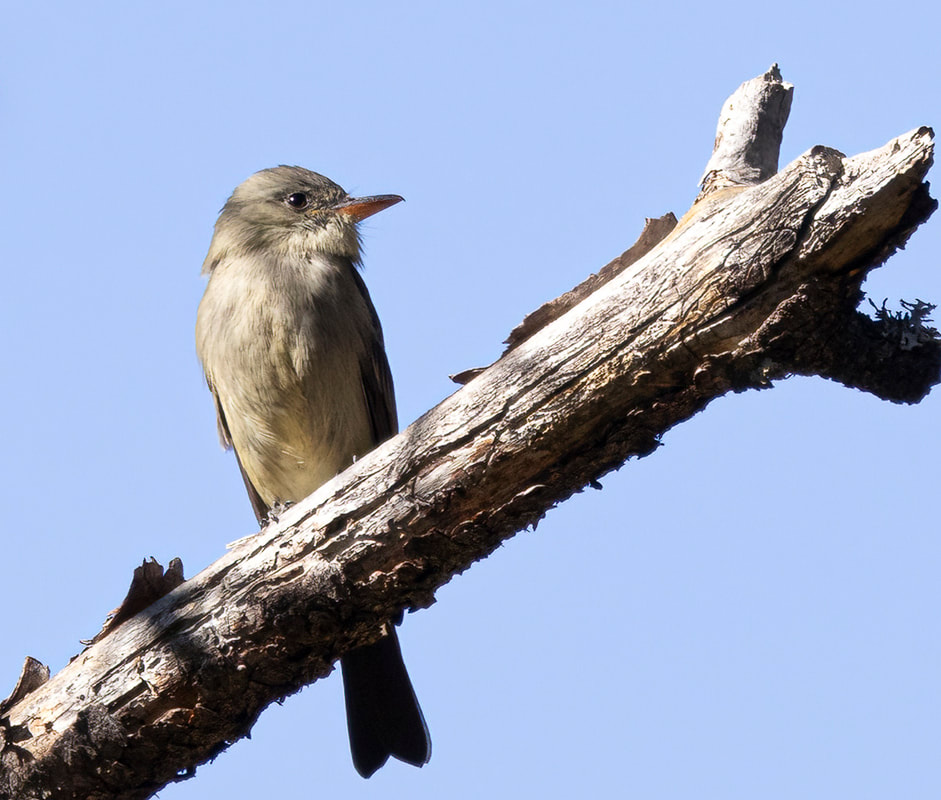
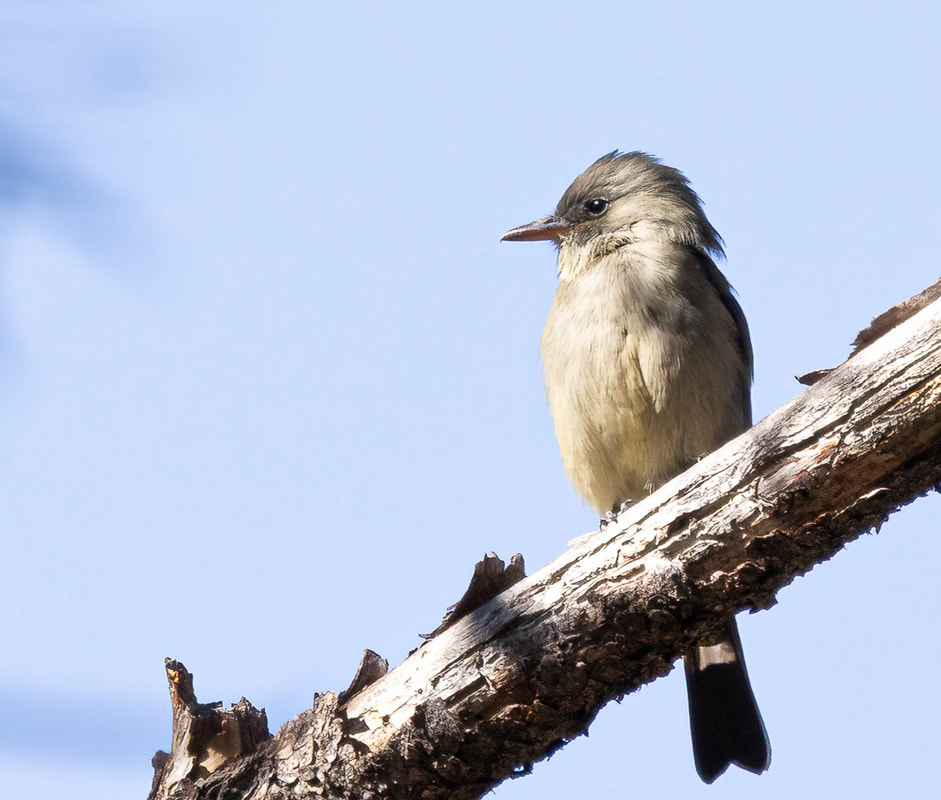
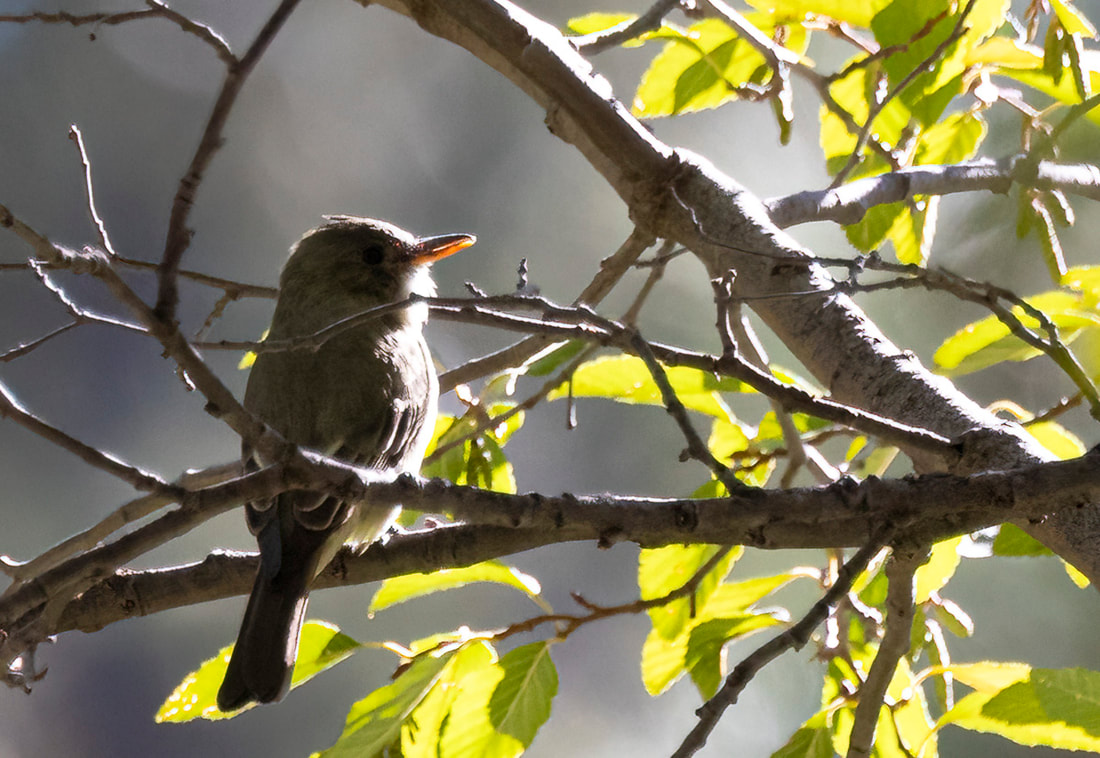
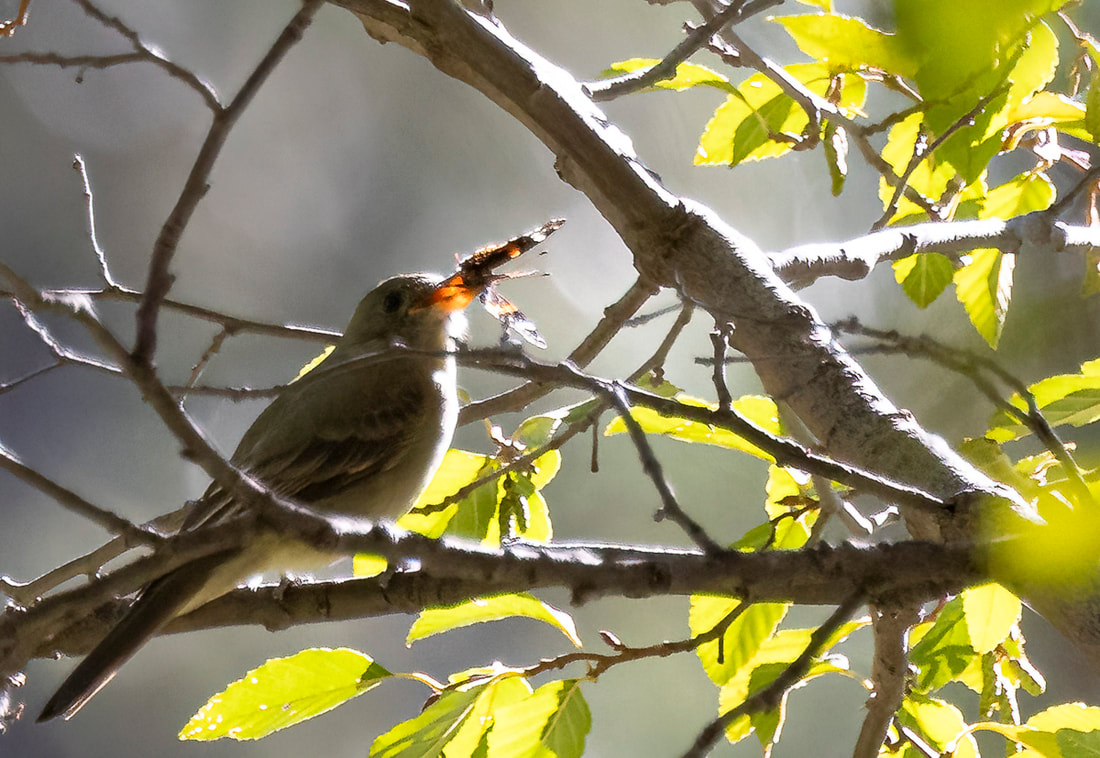
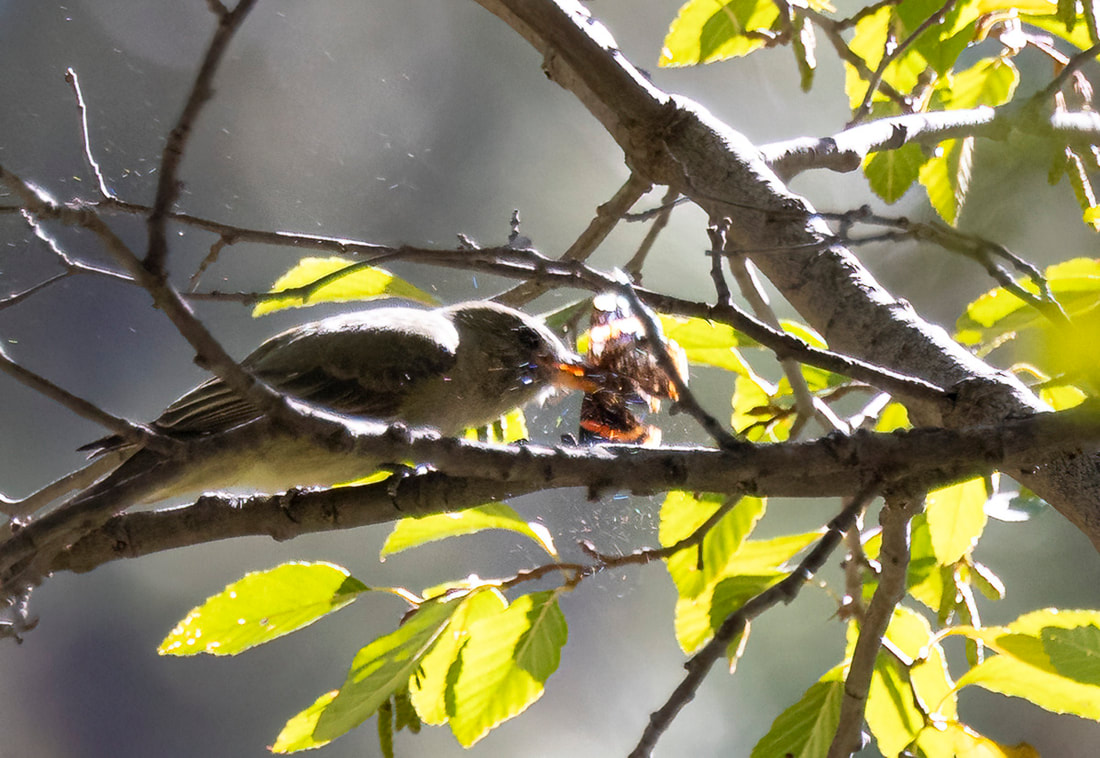
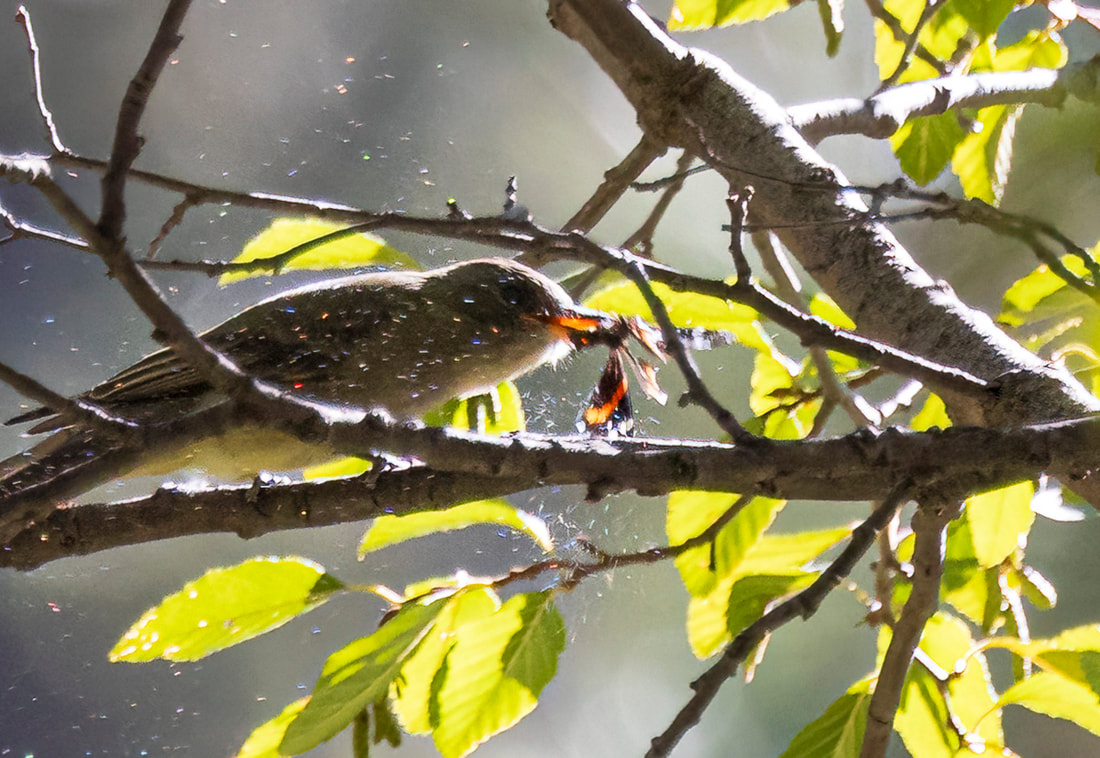
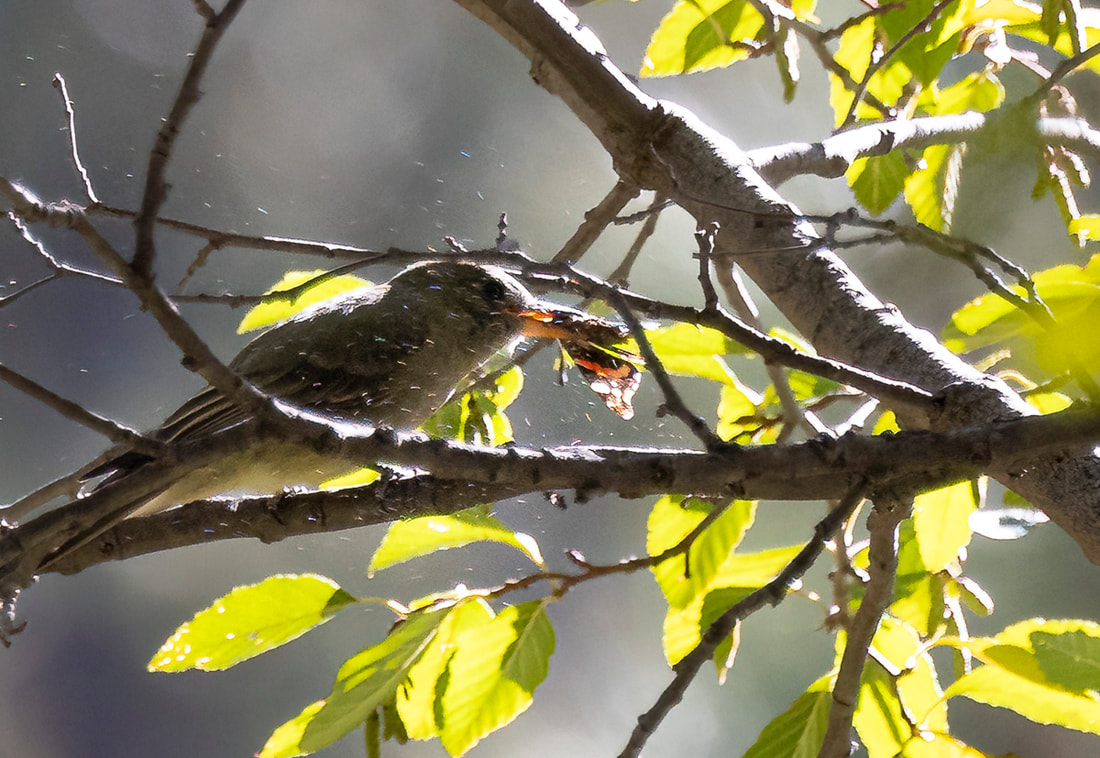
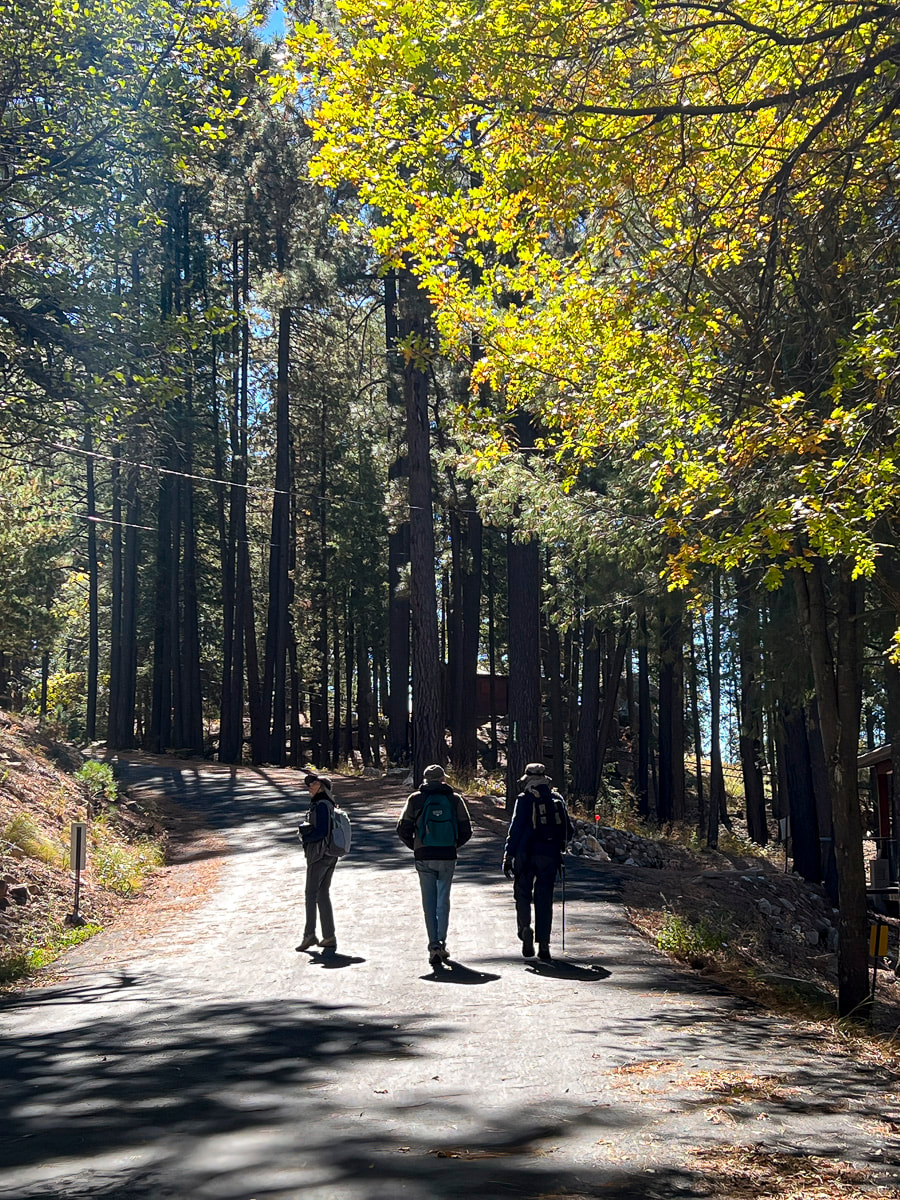
 RSS Feed
RSS Feed